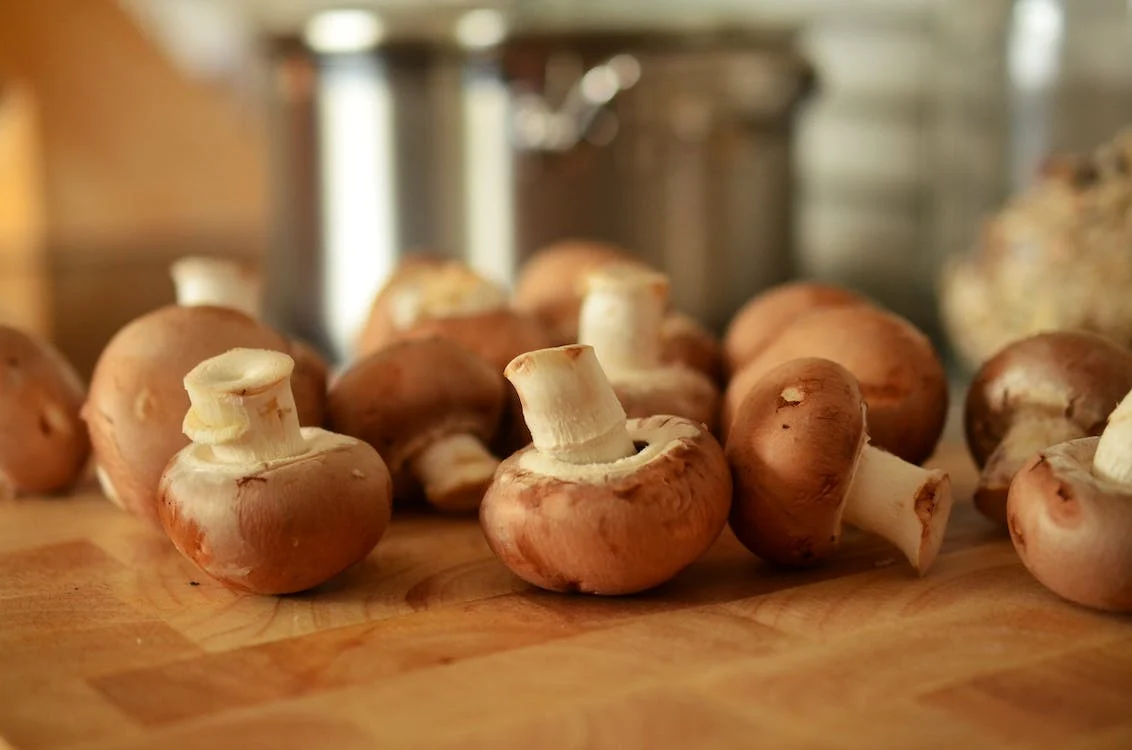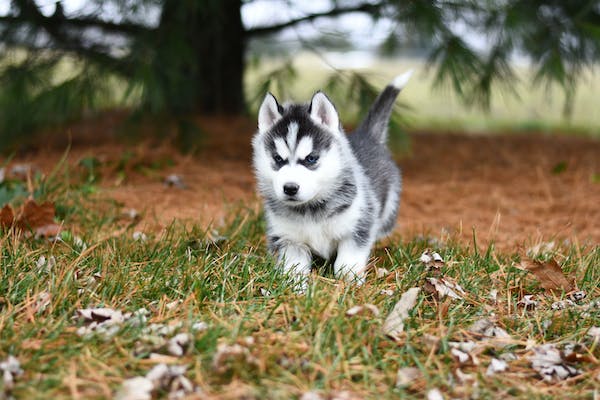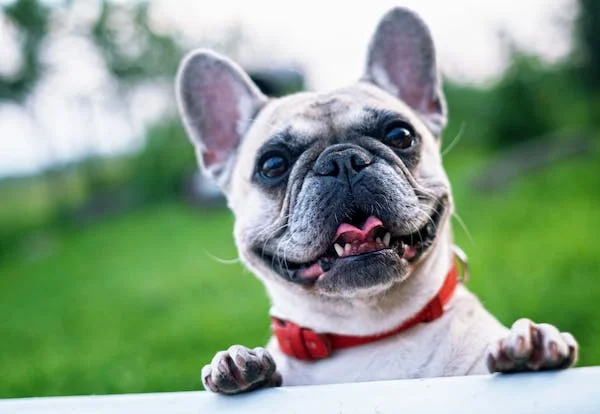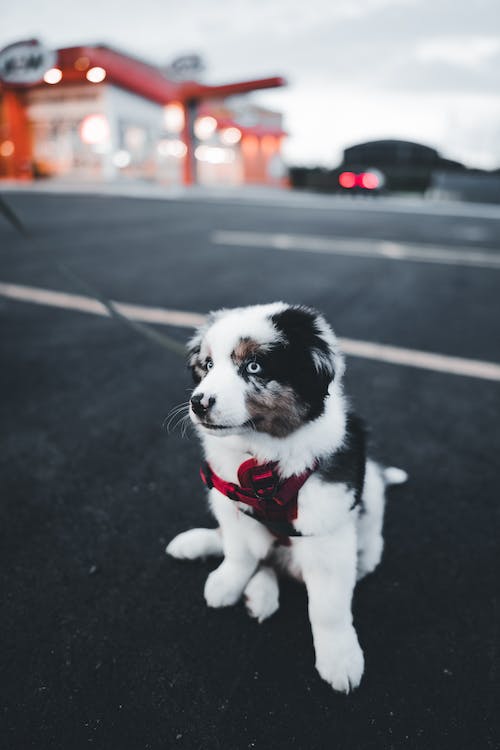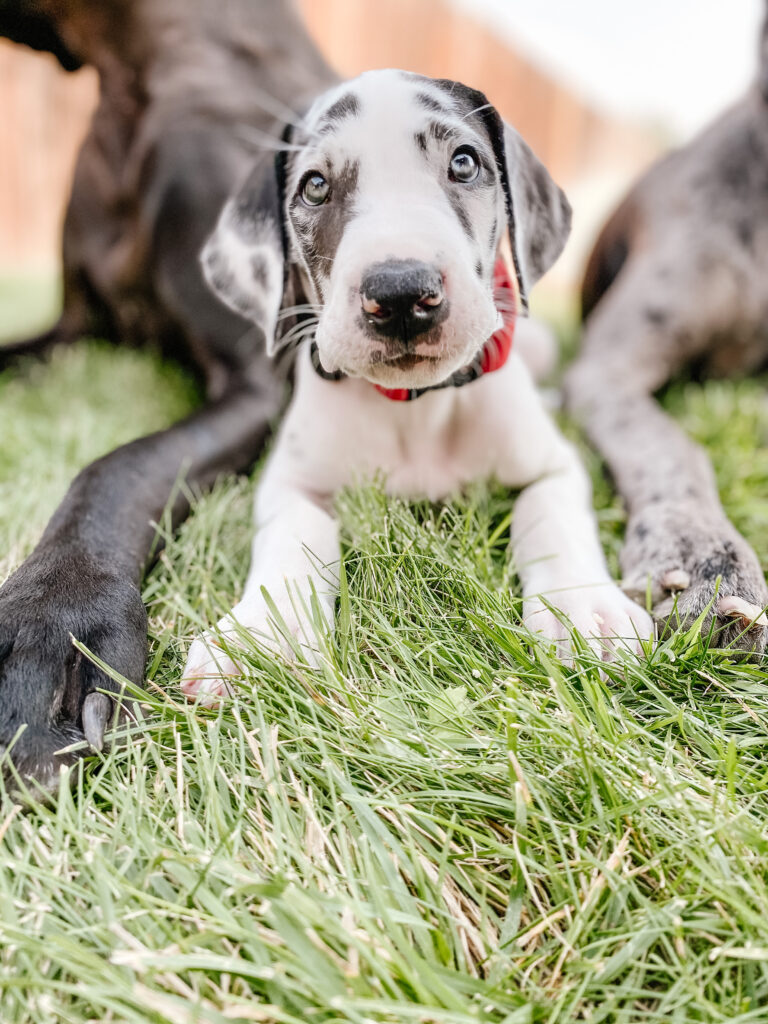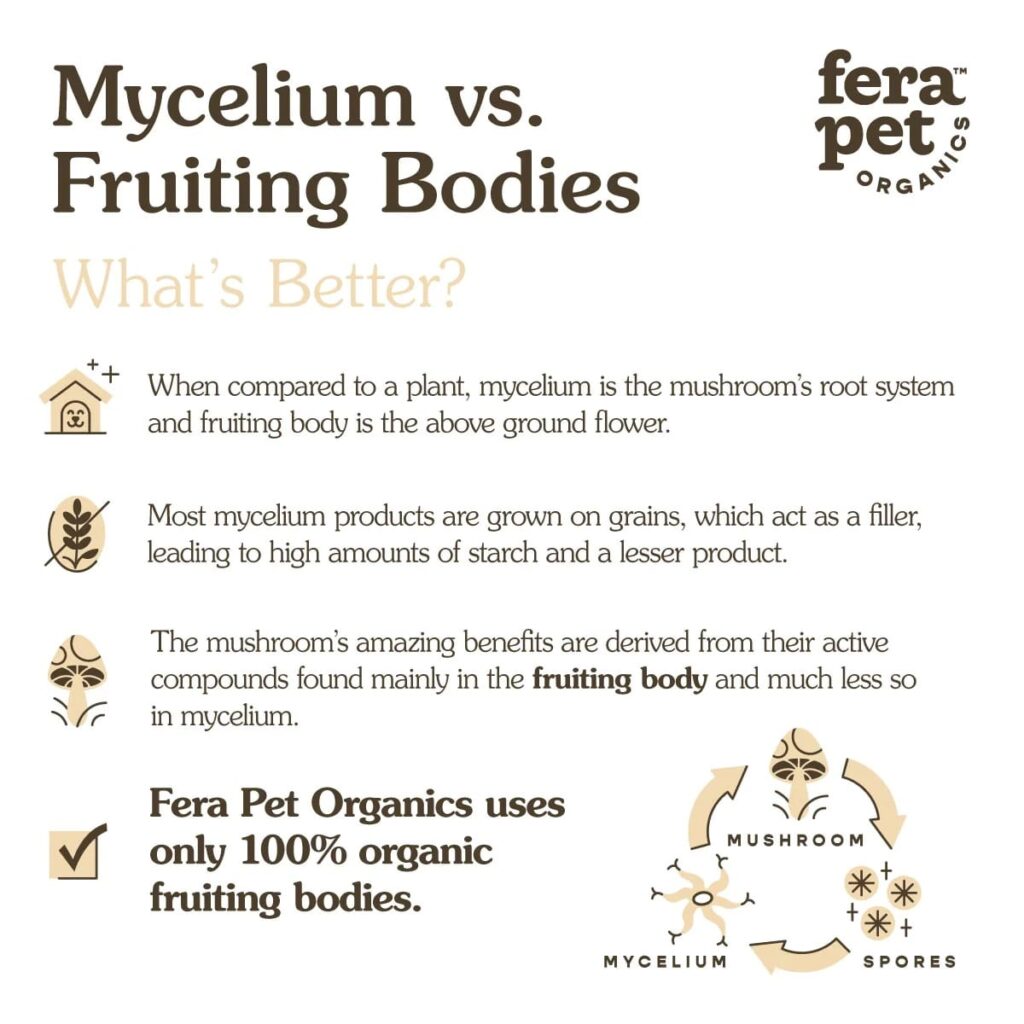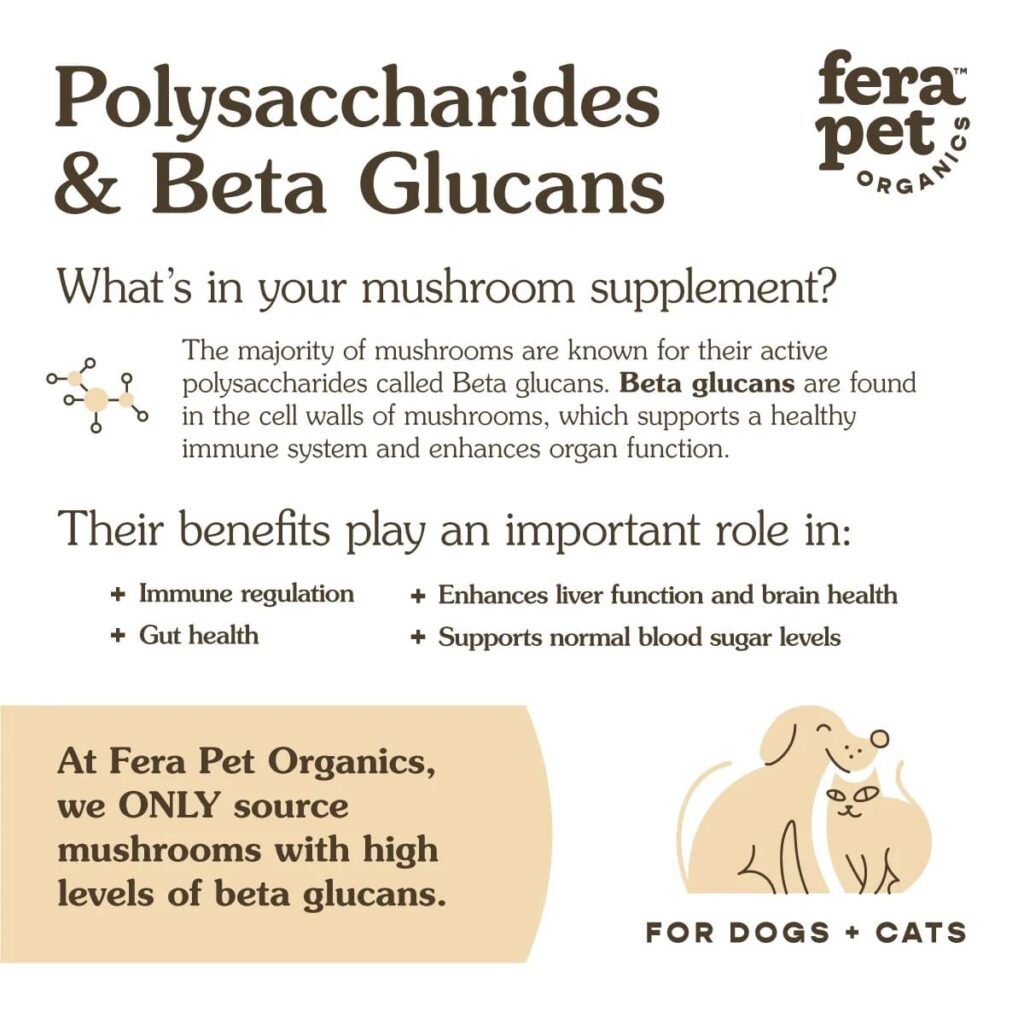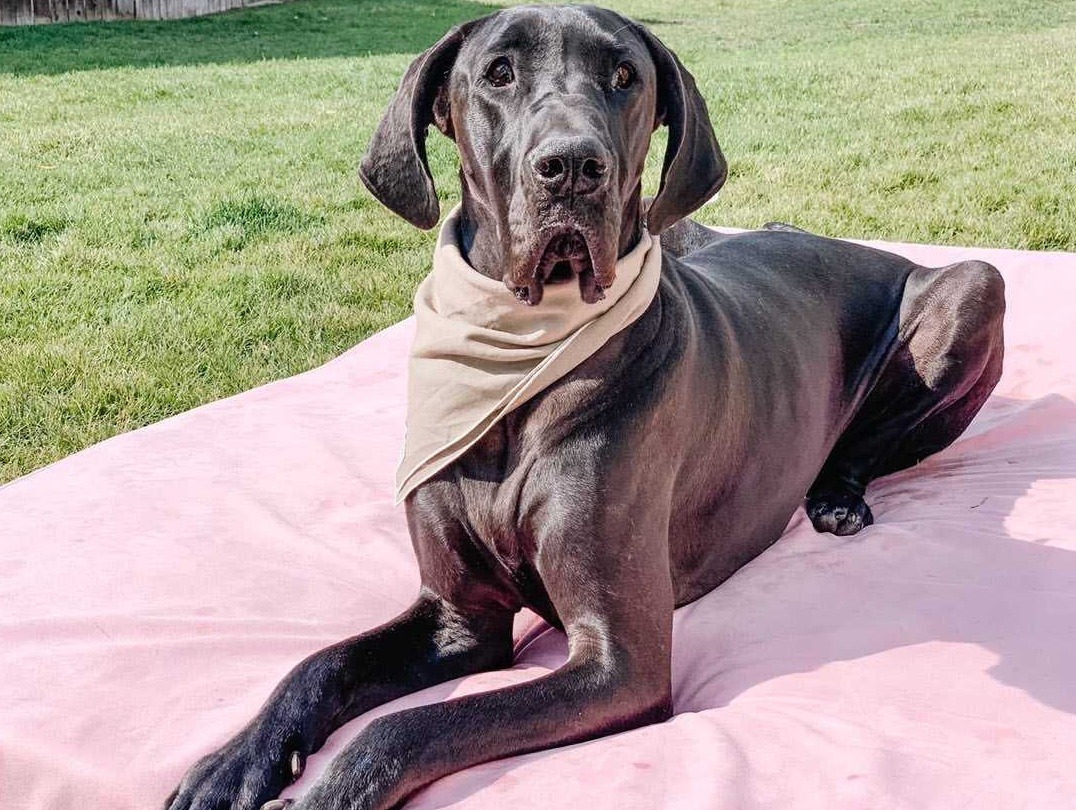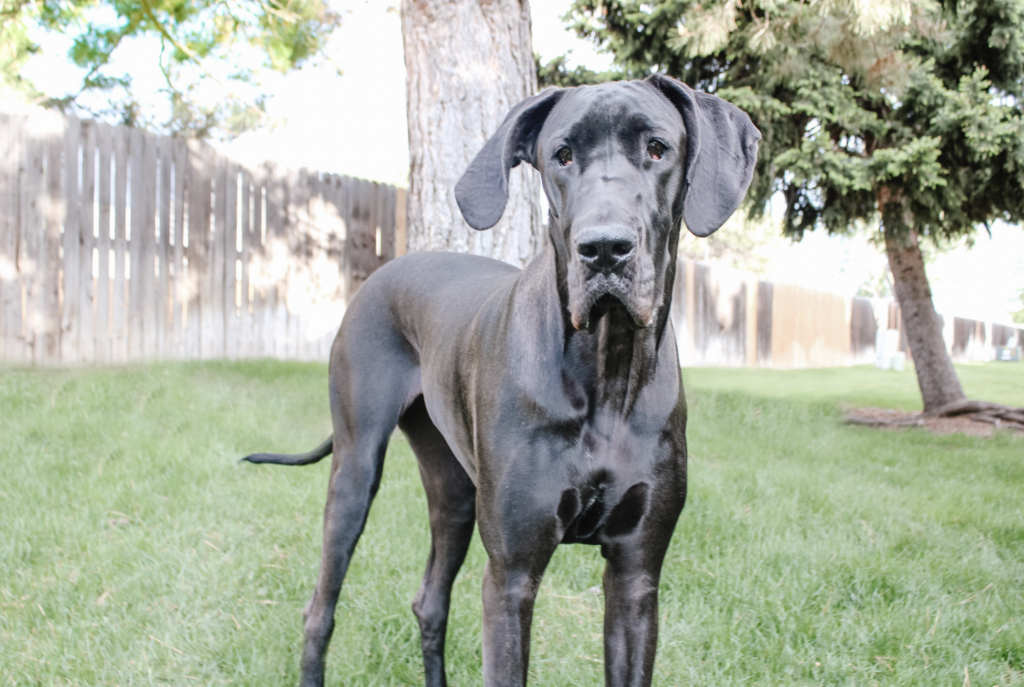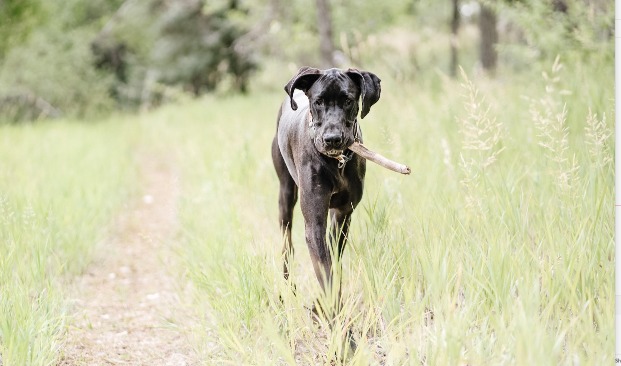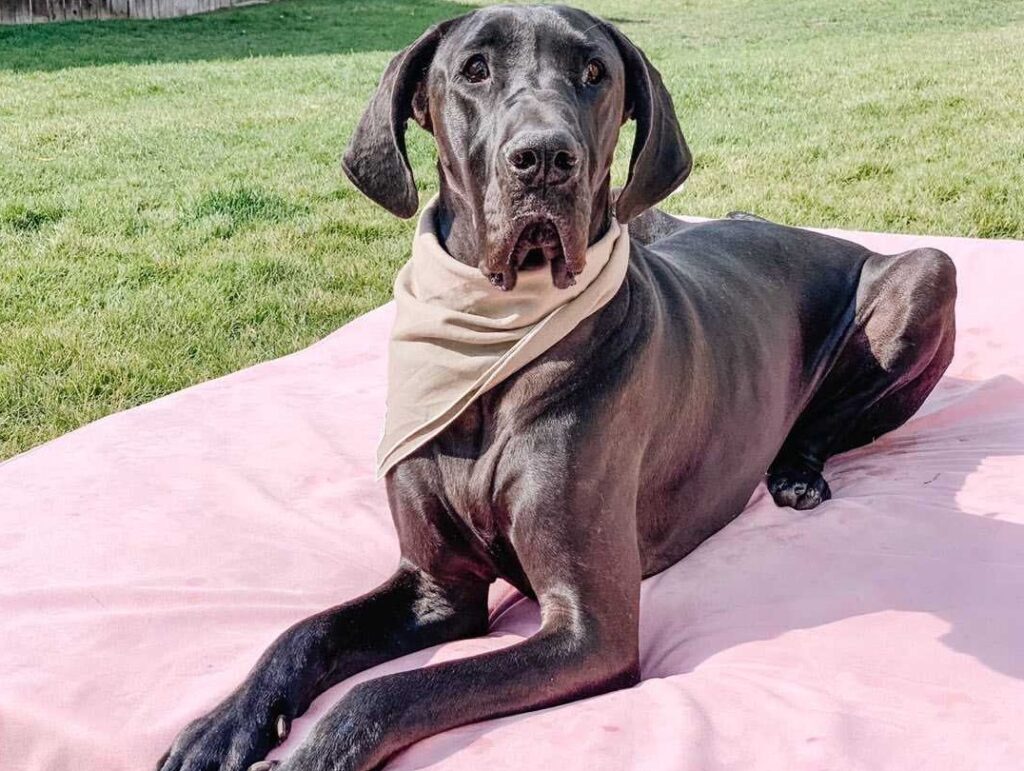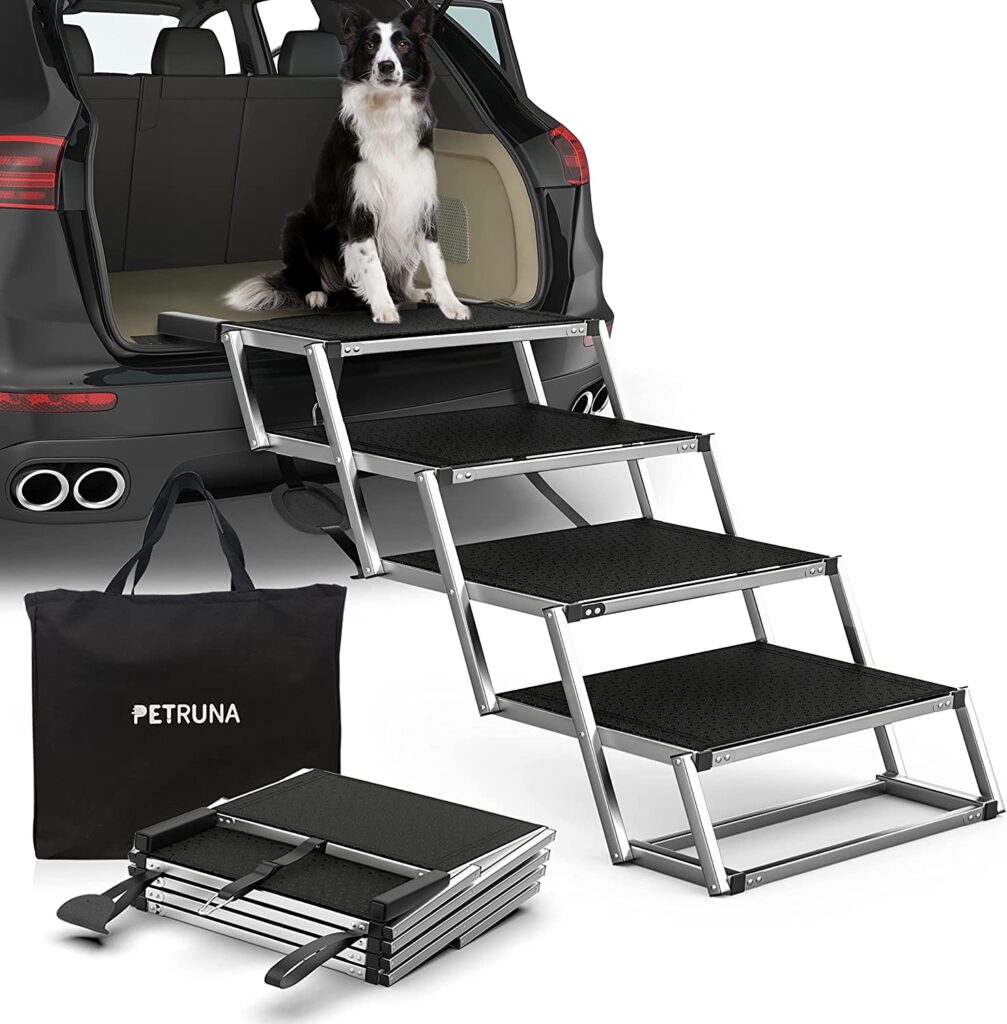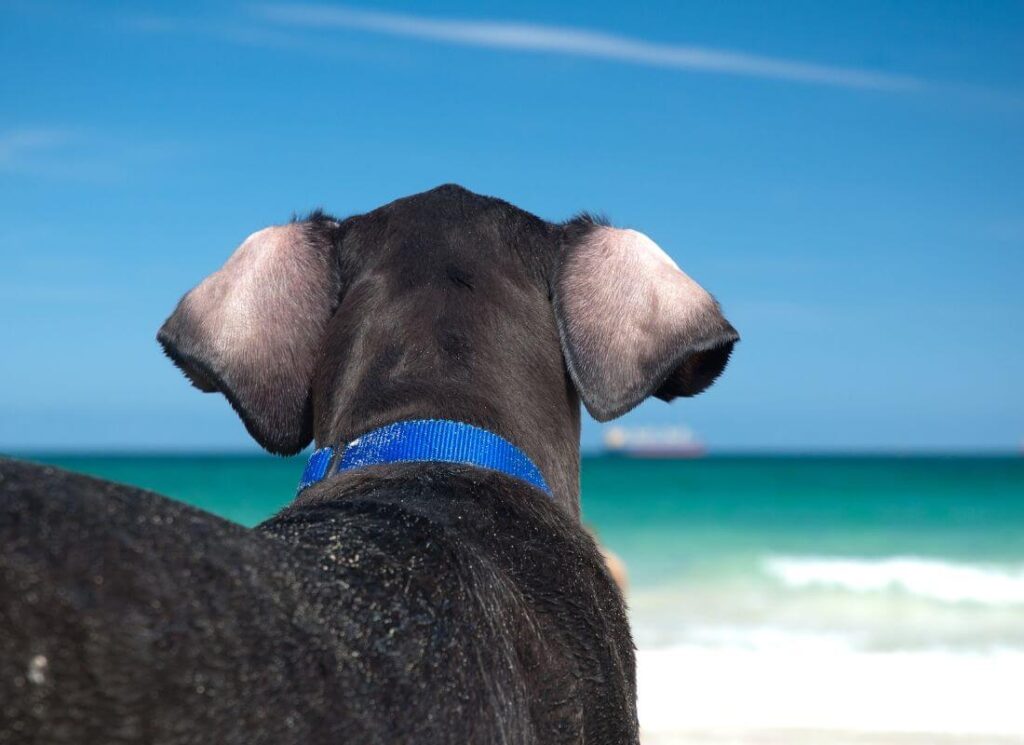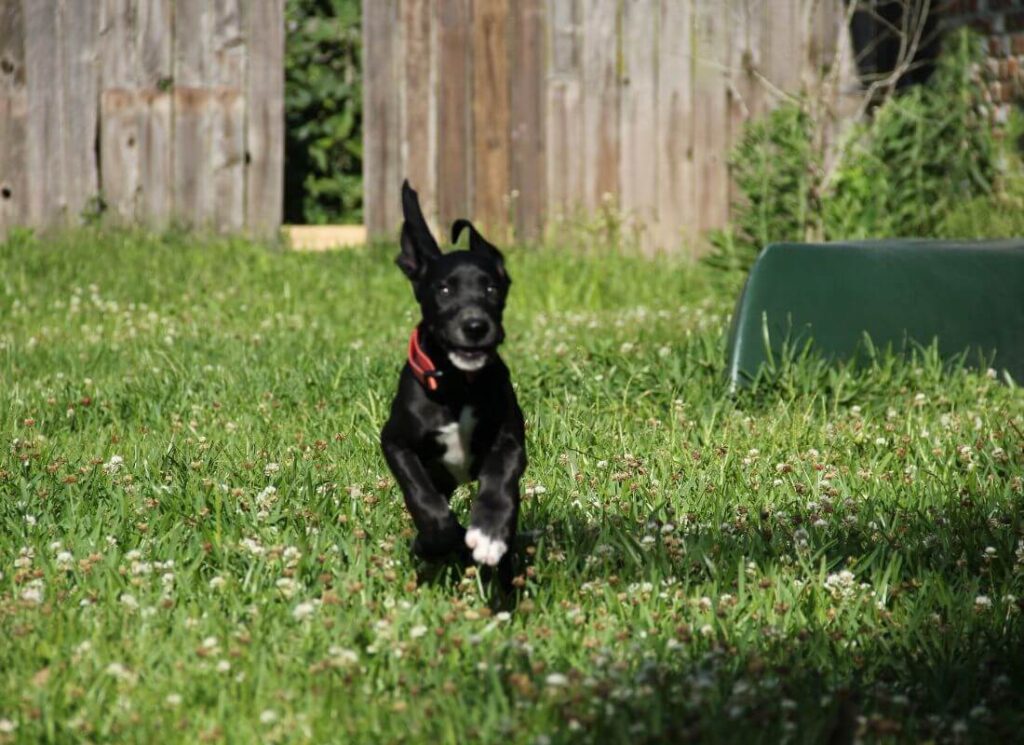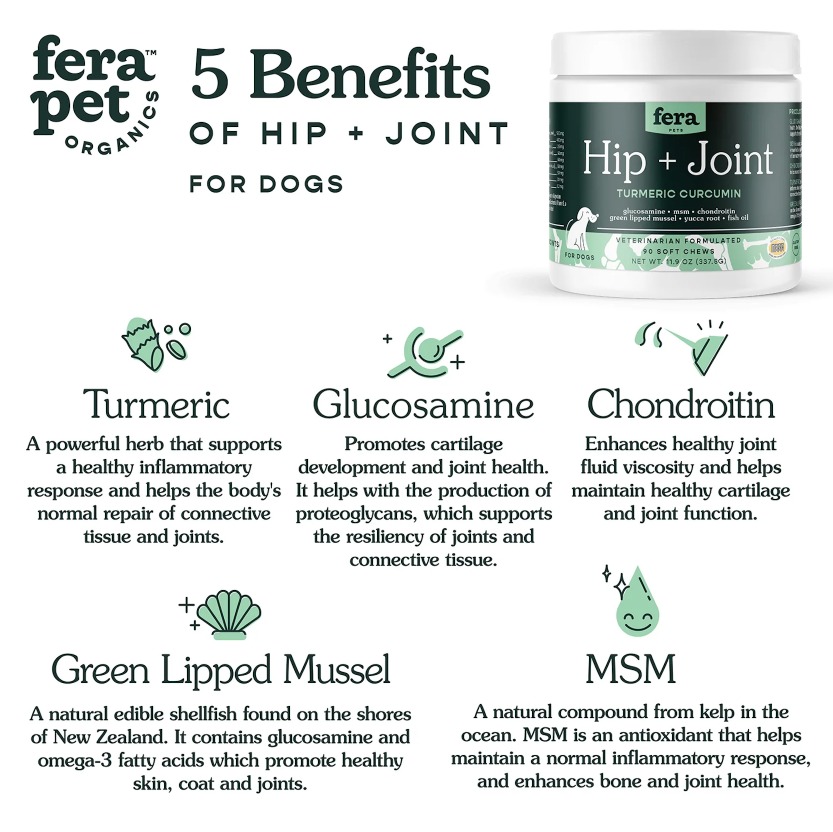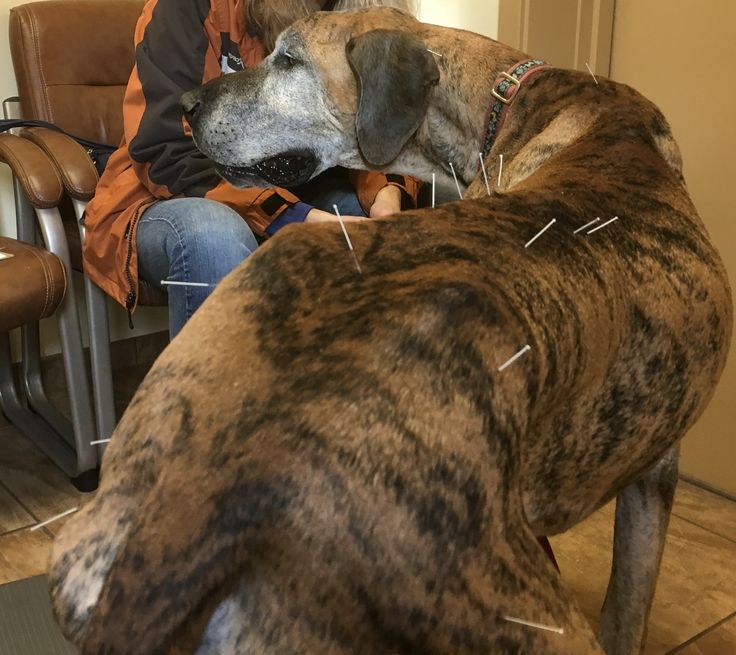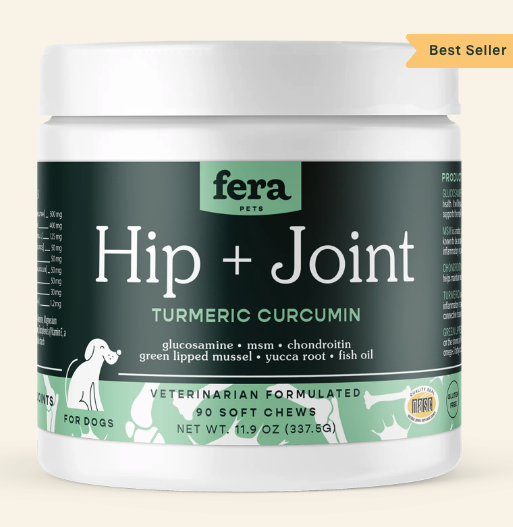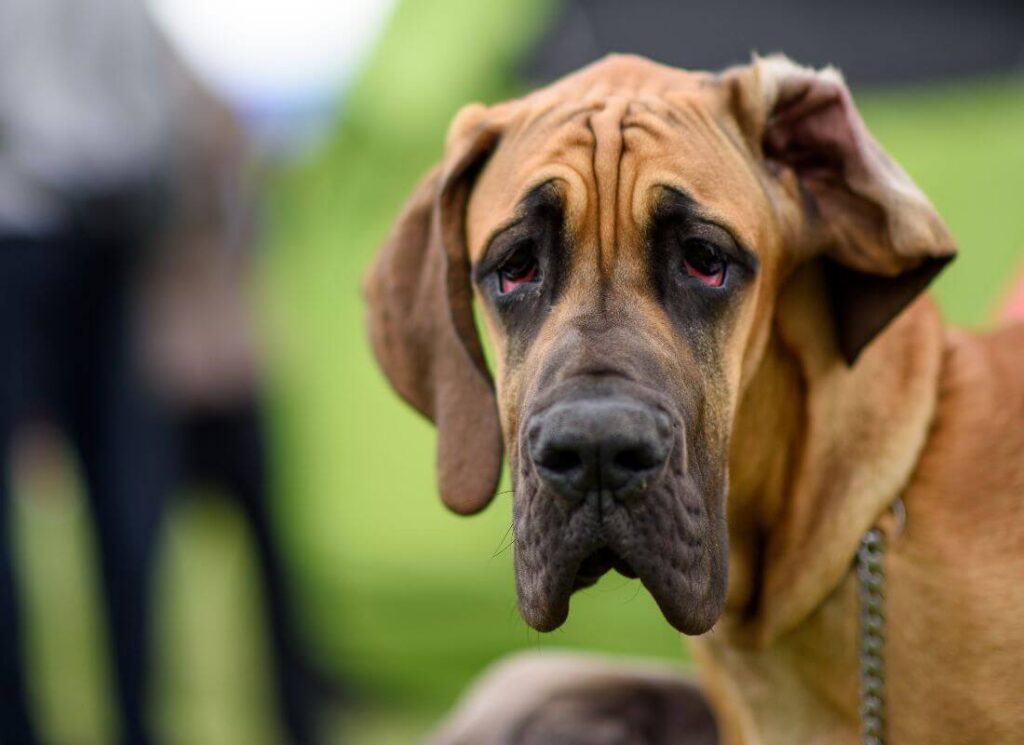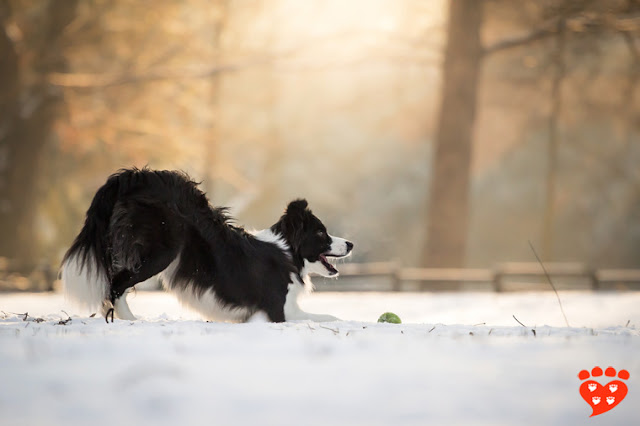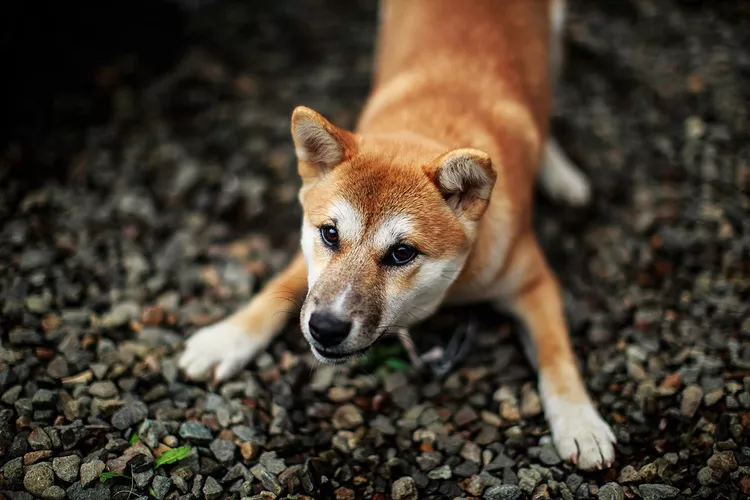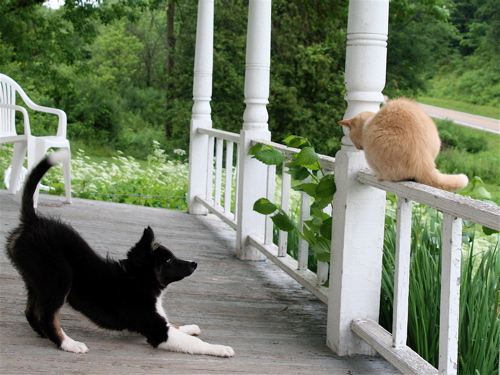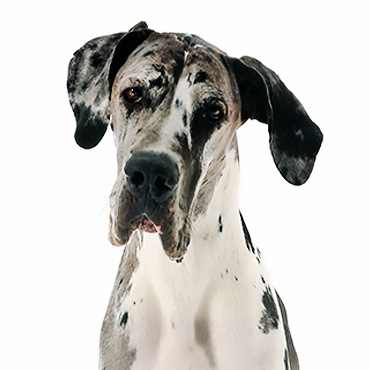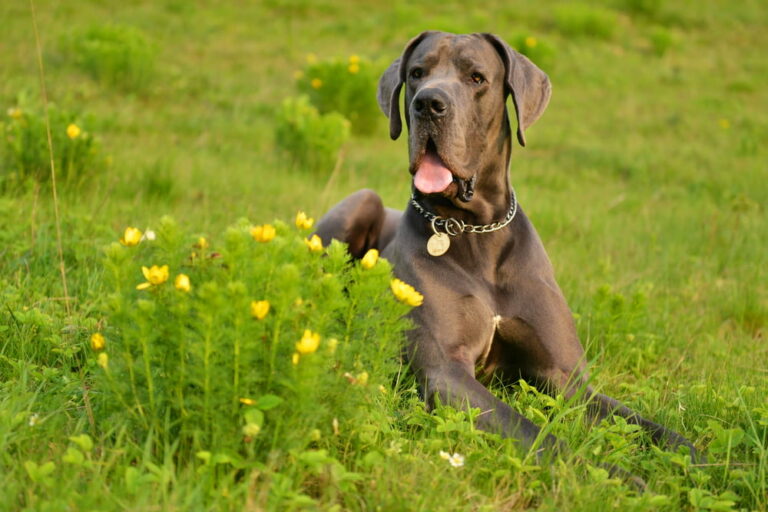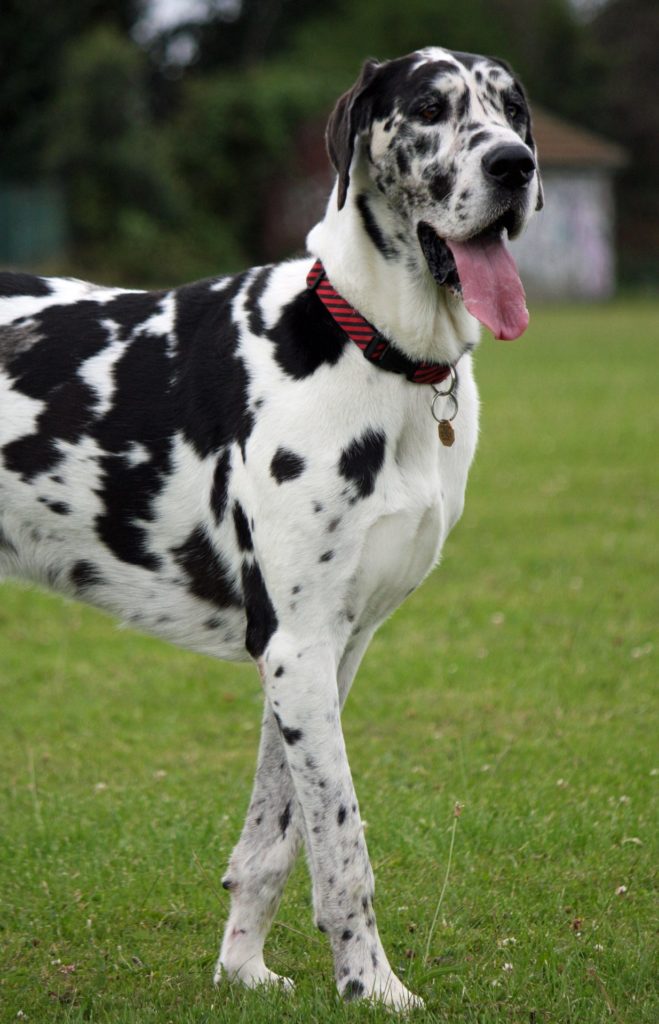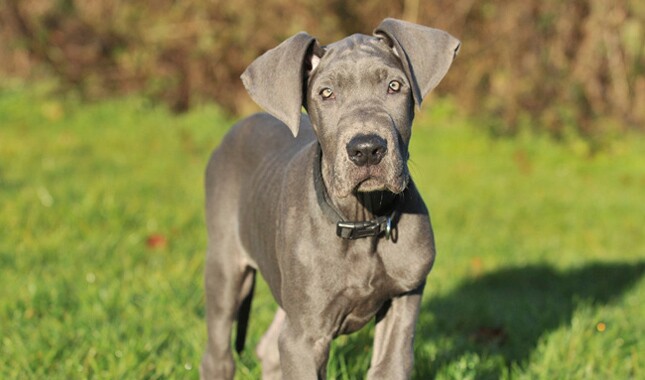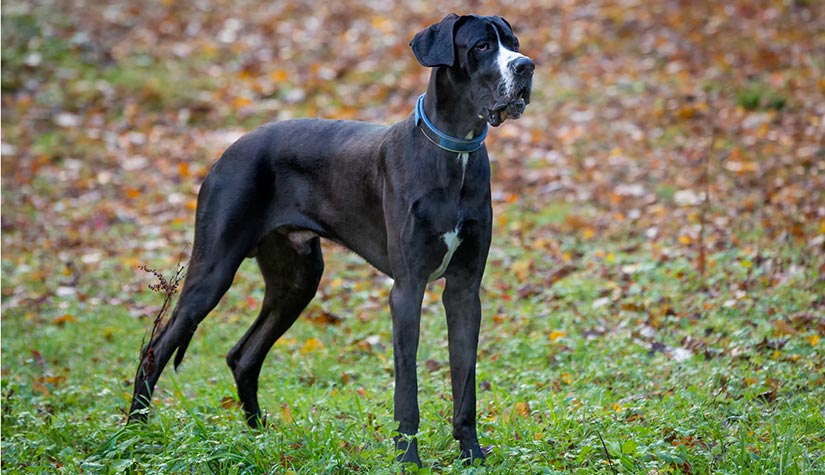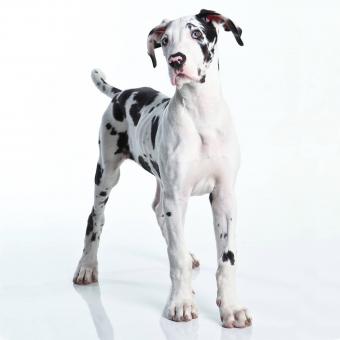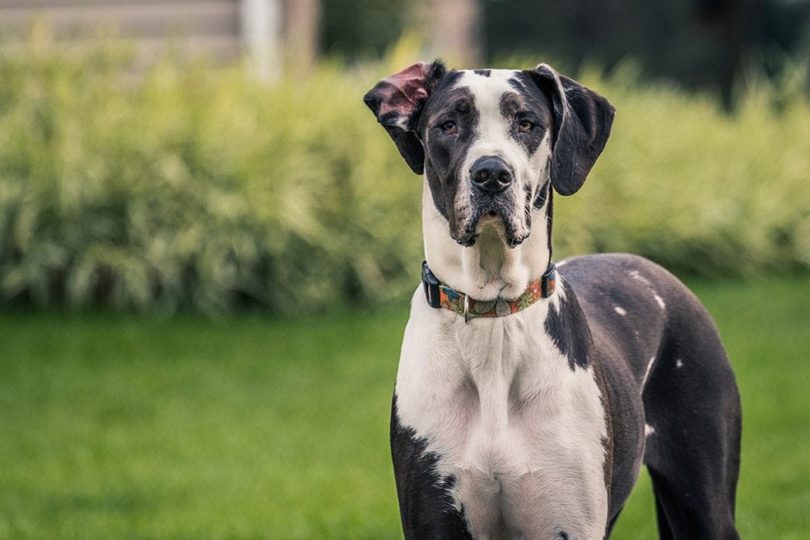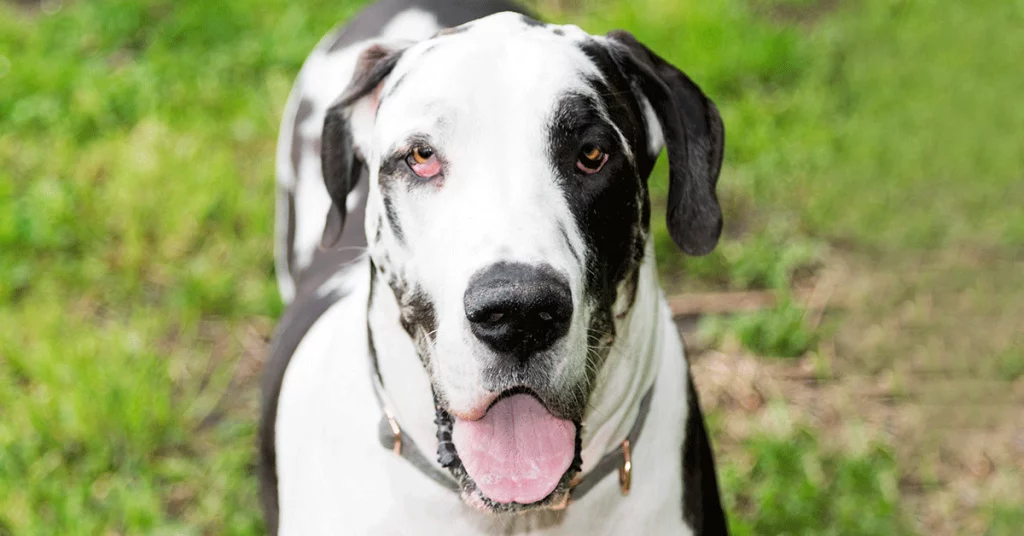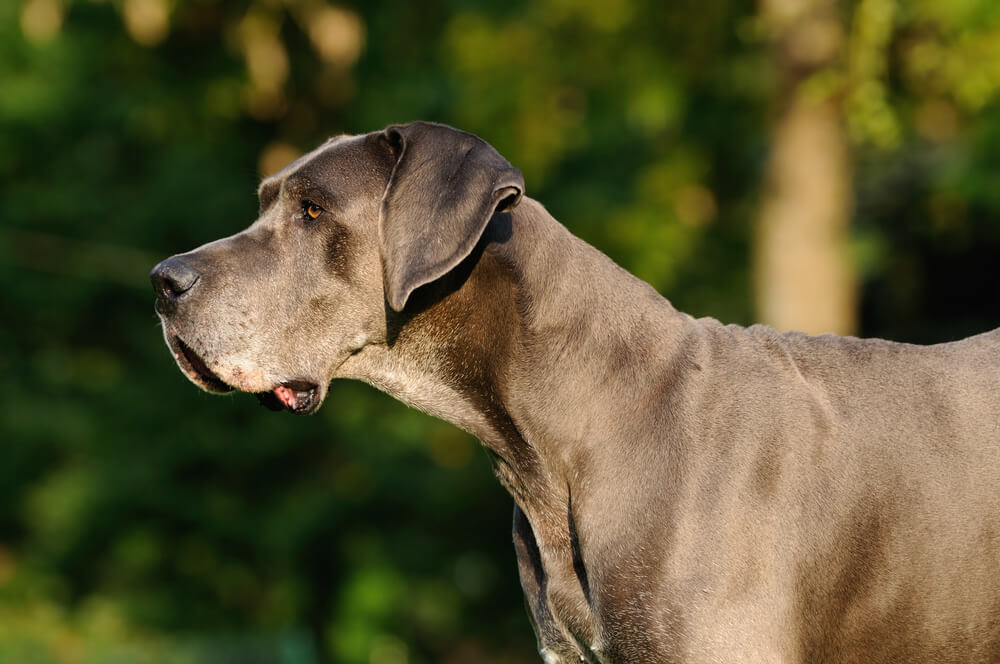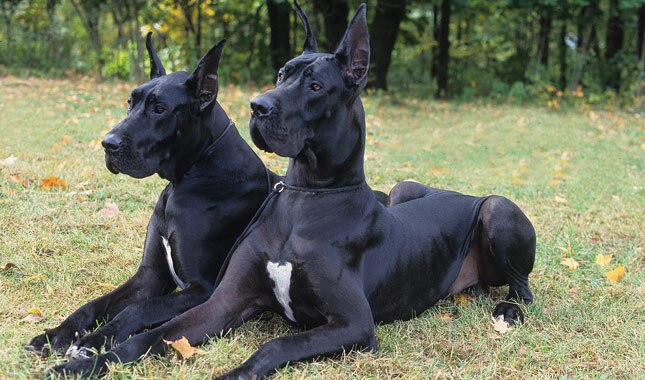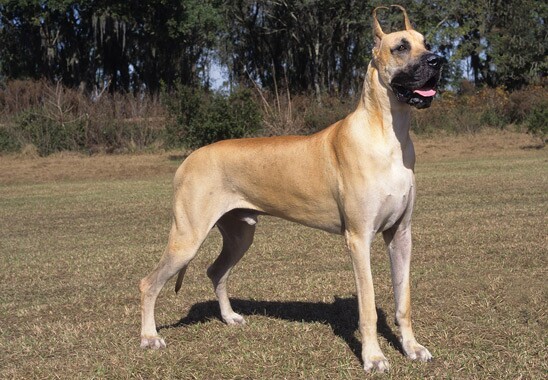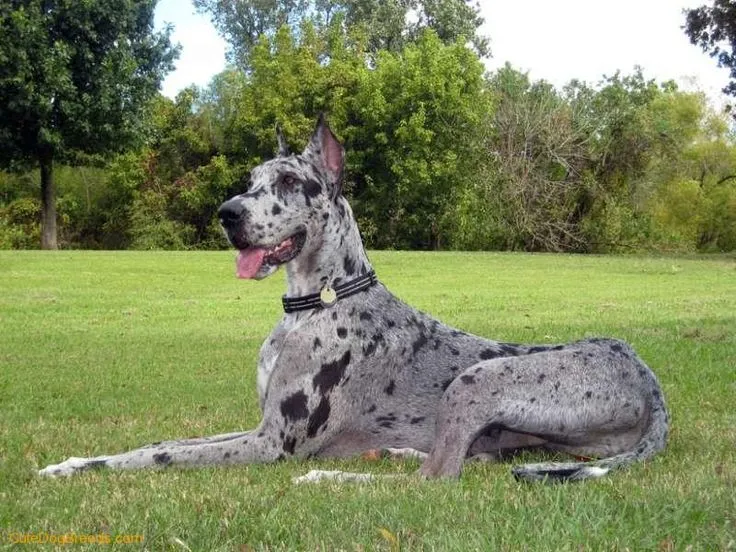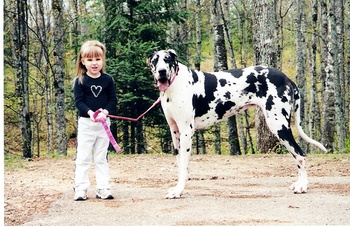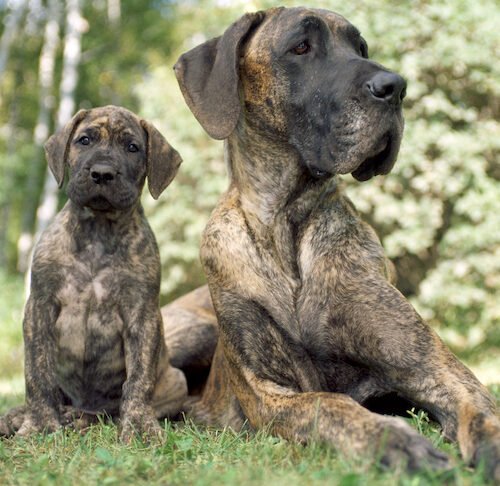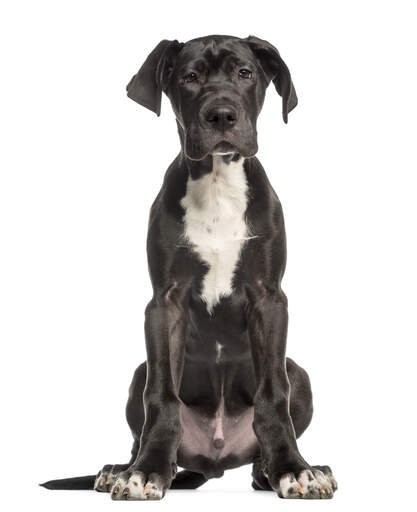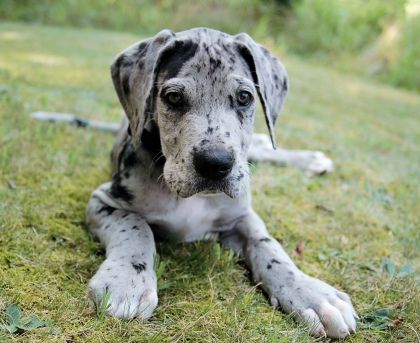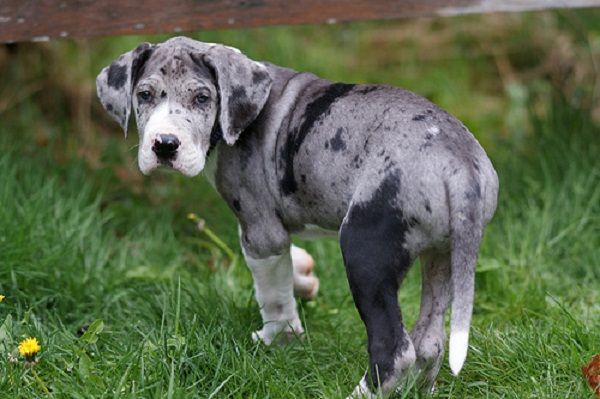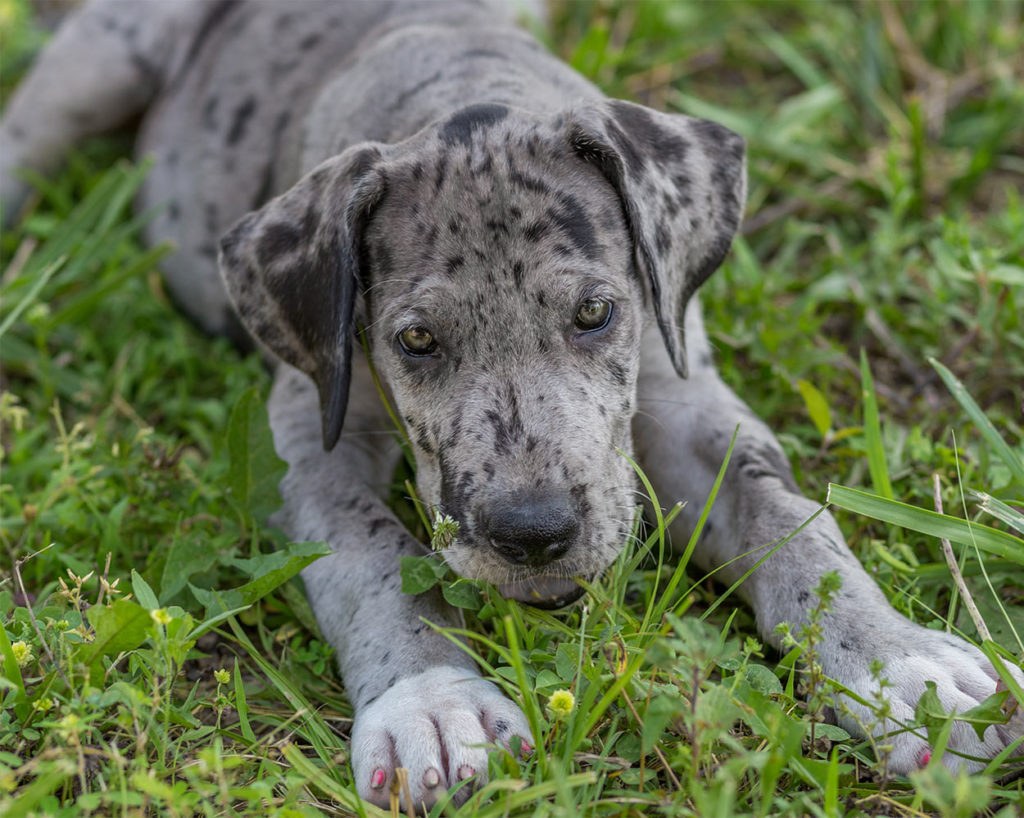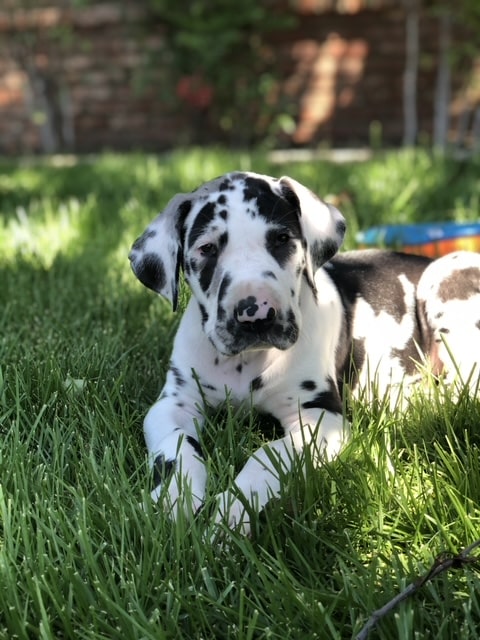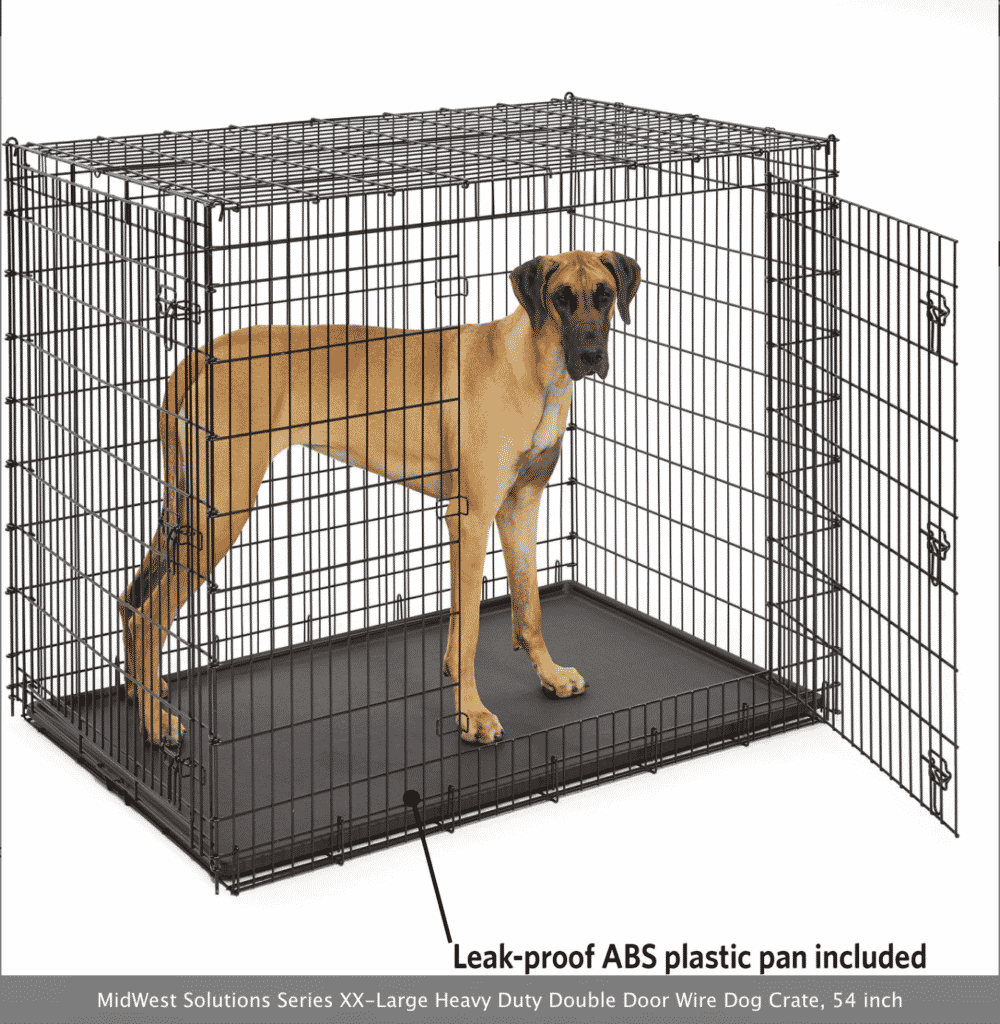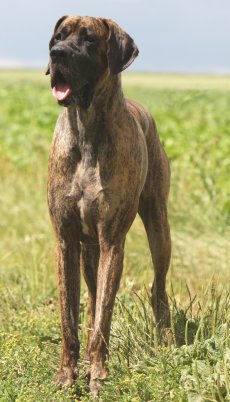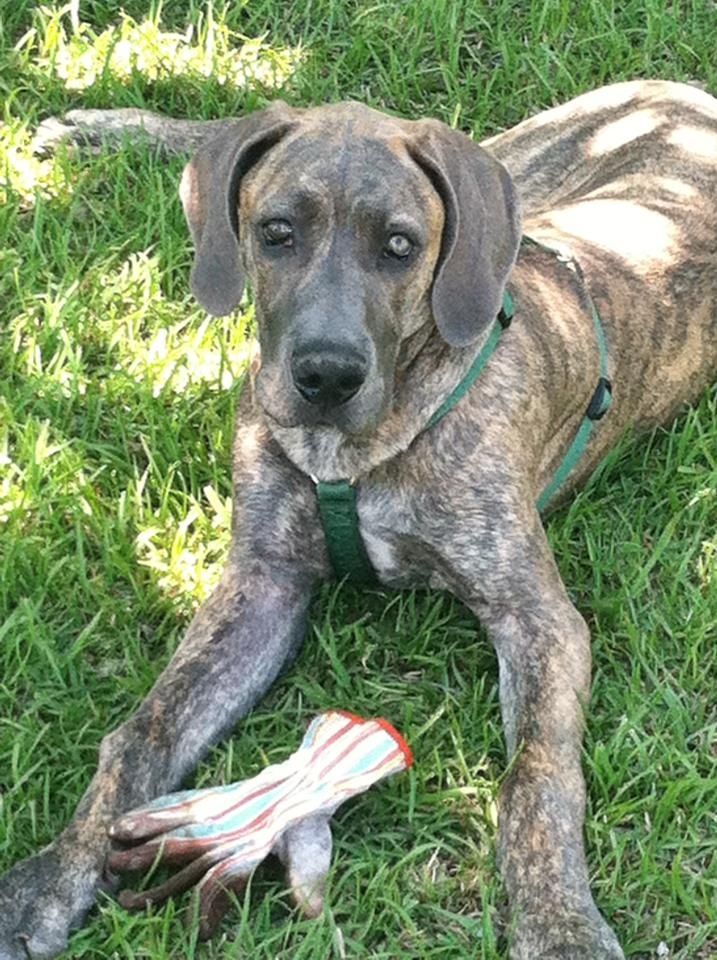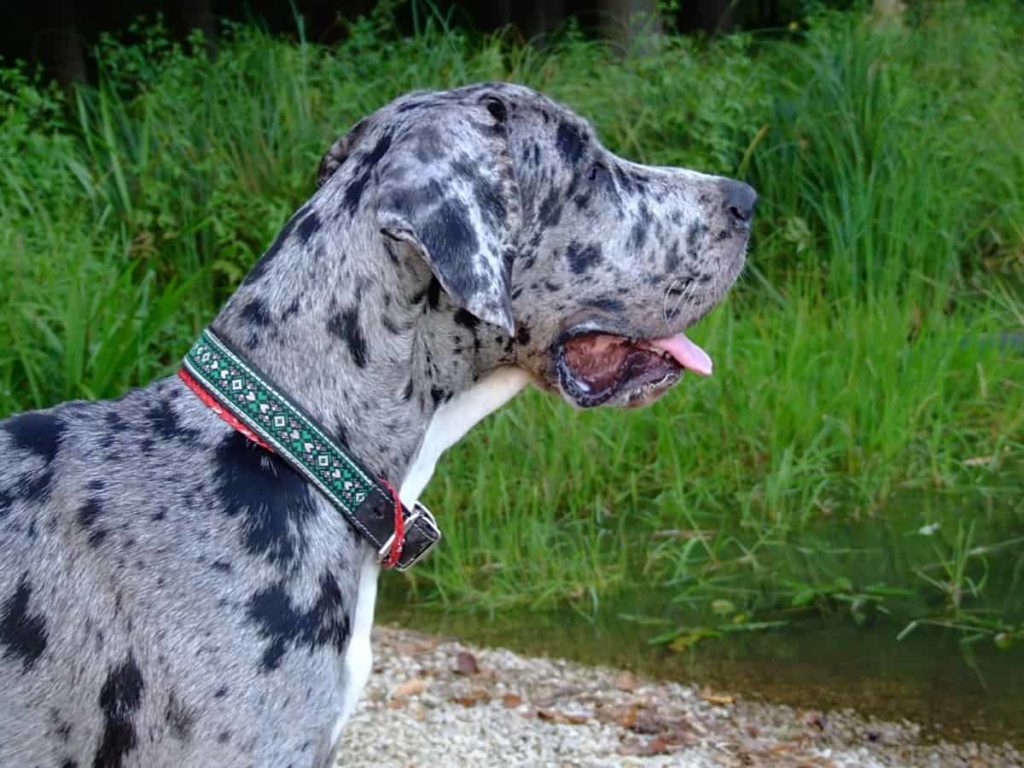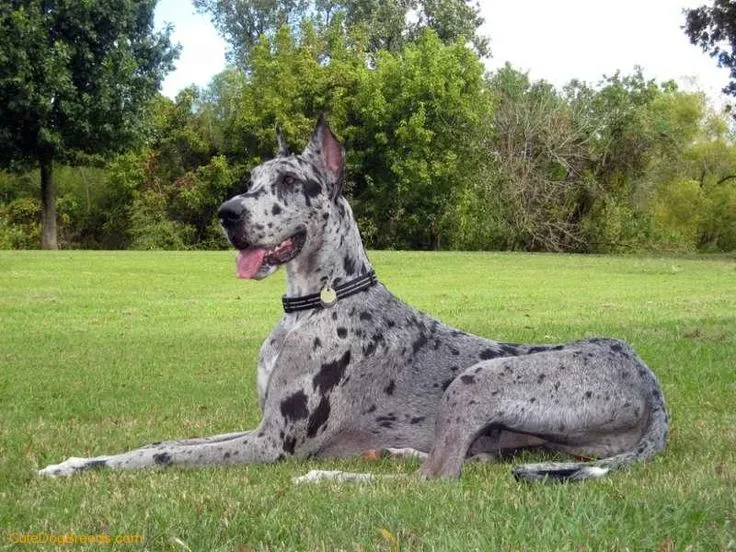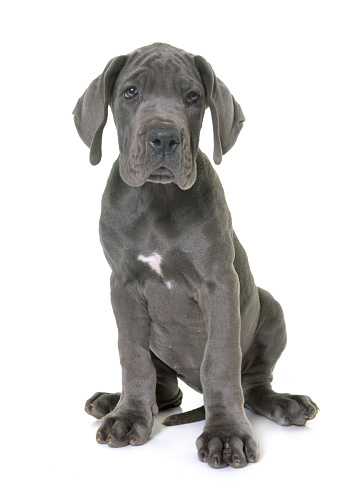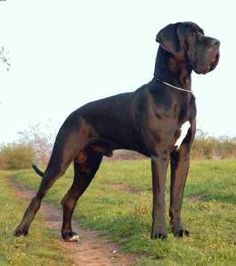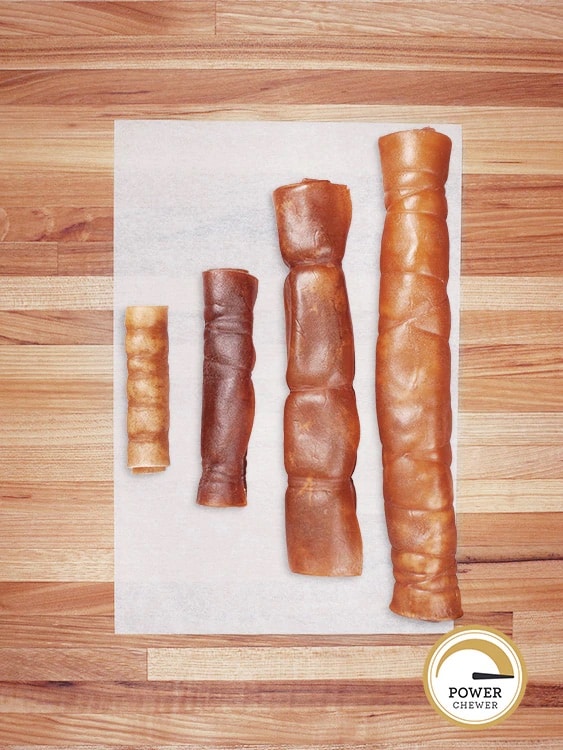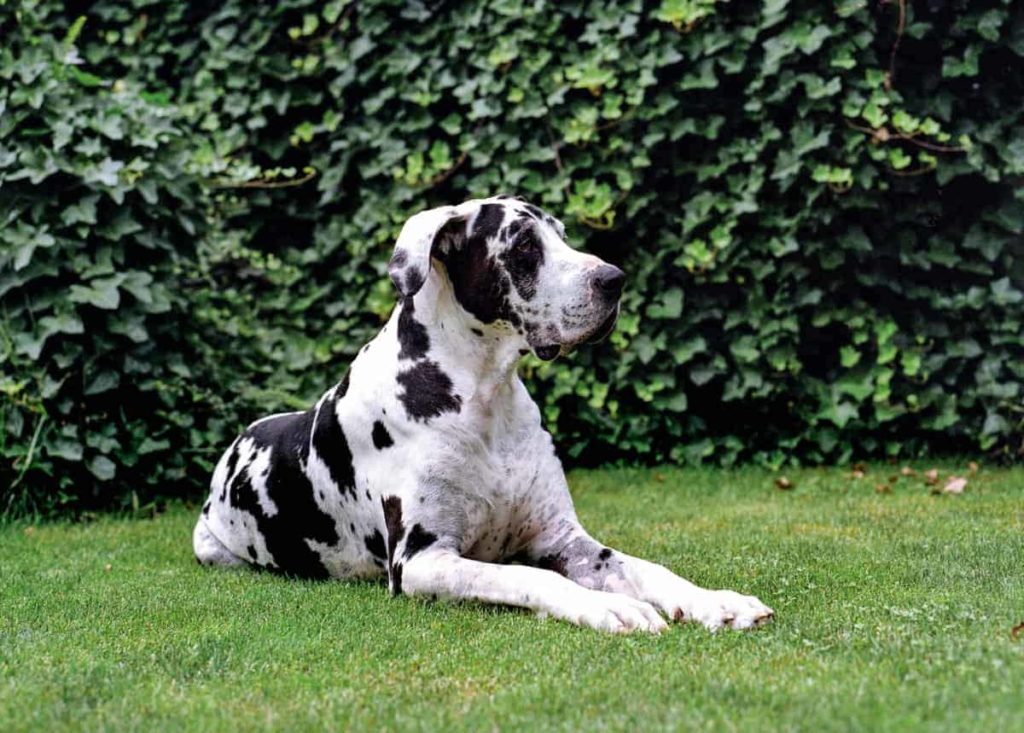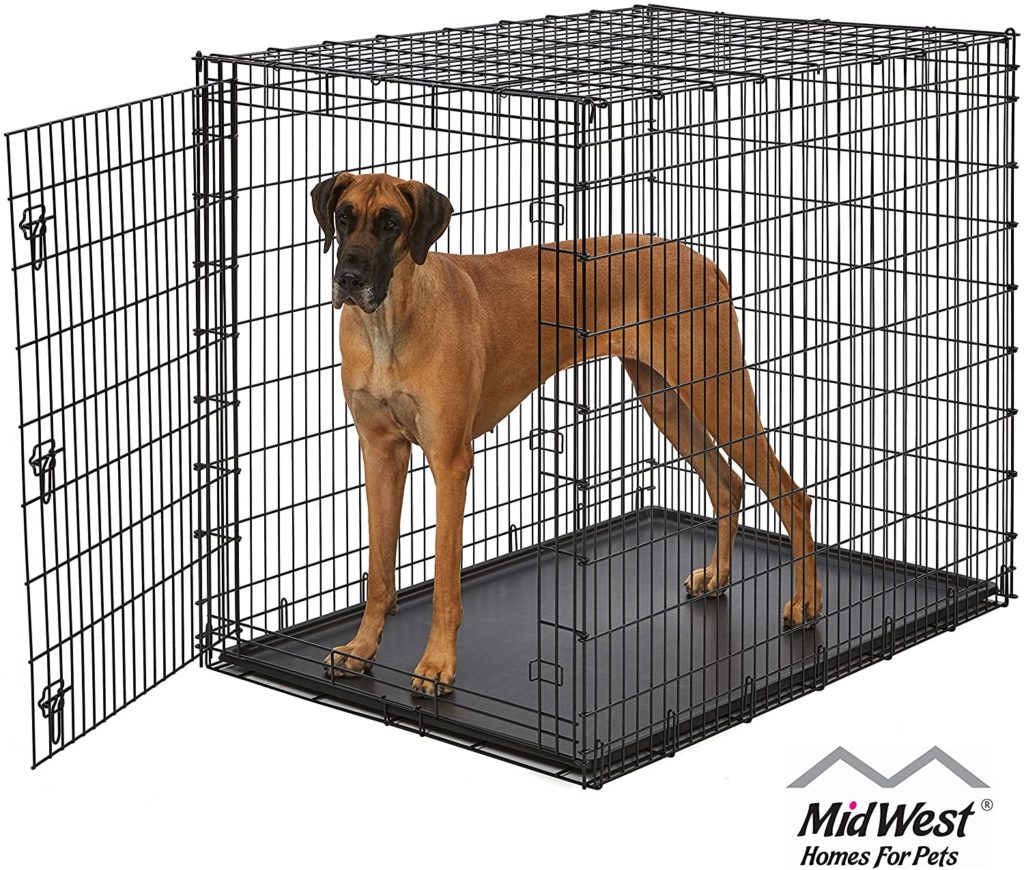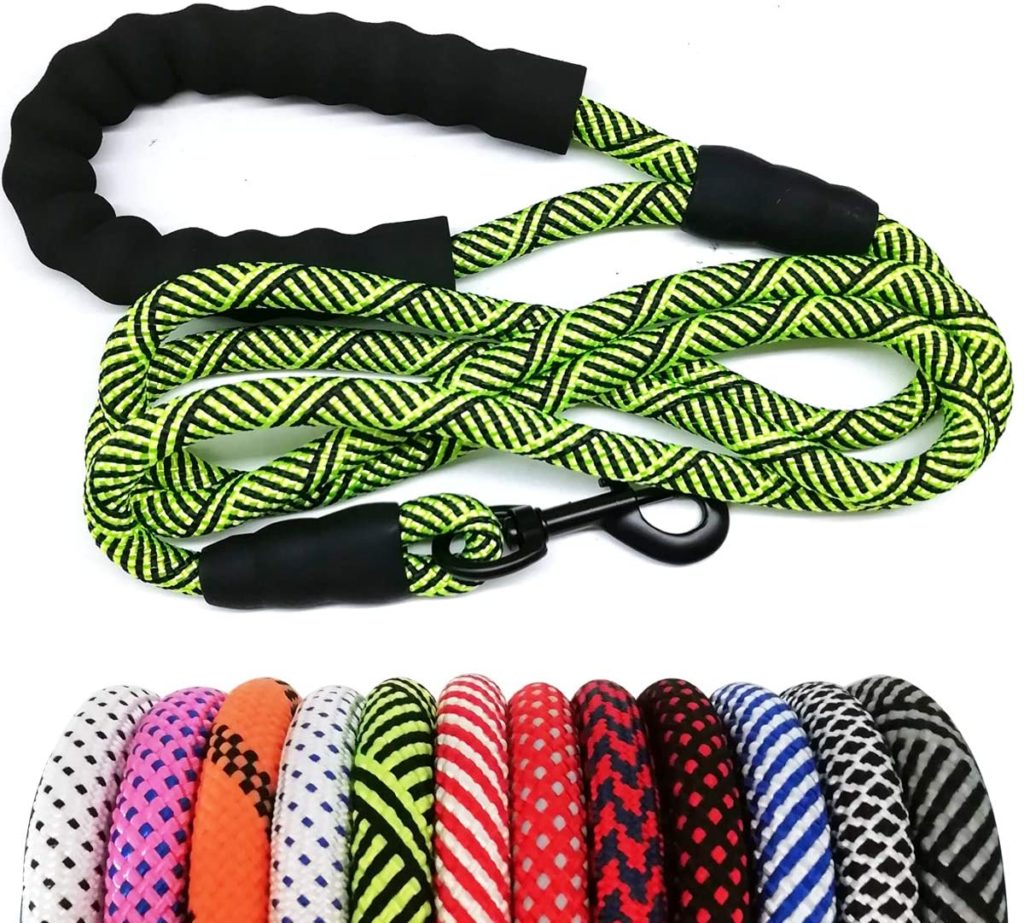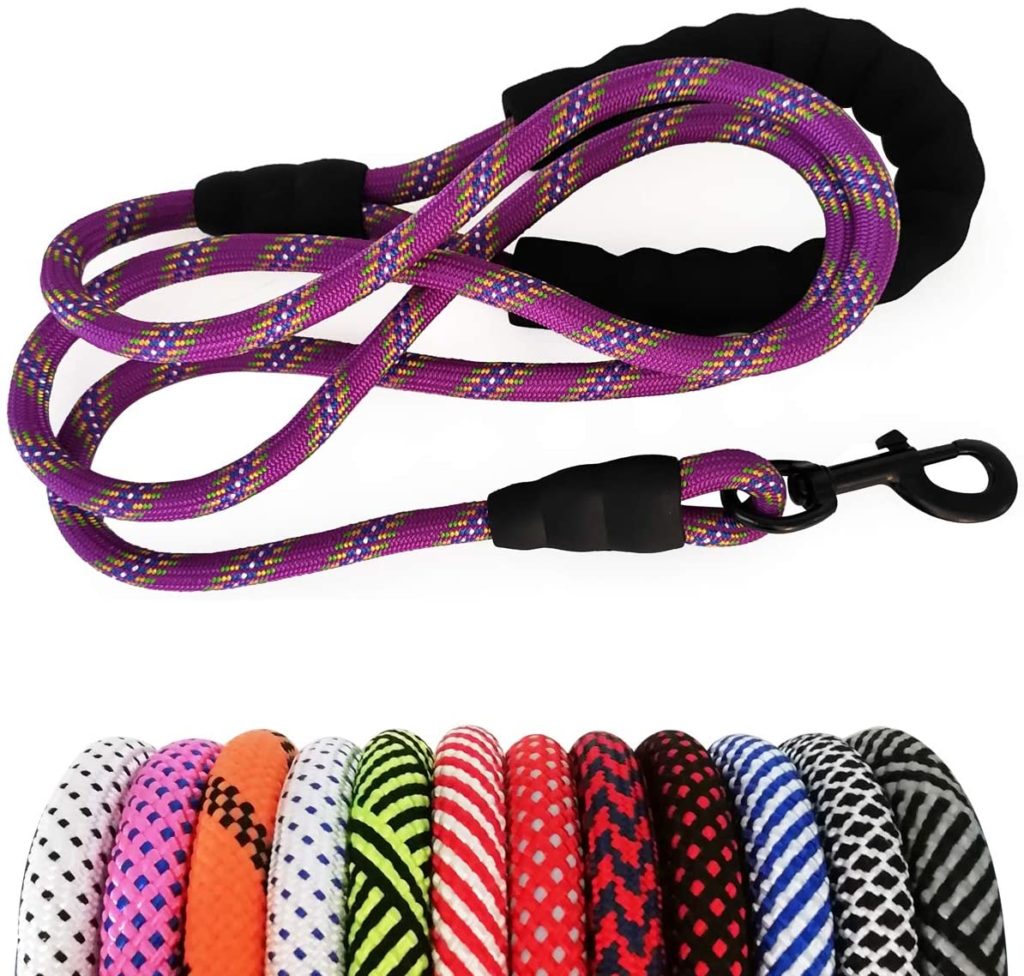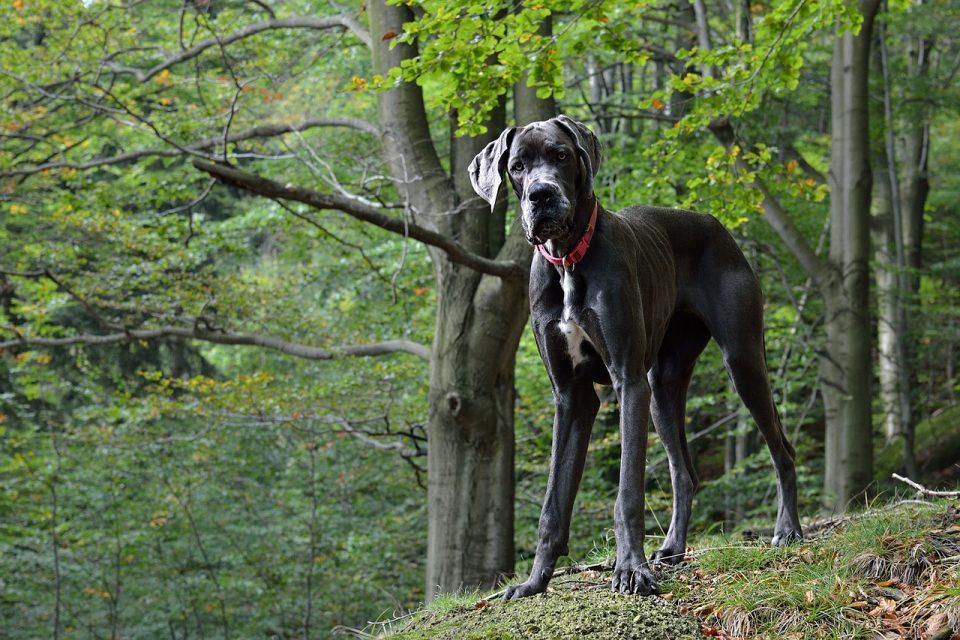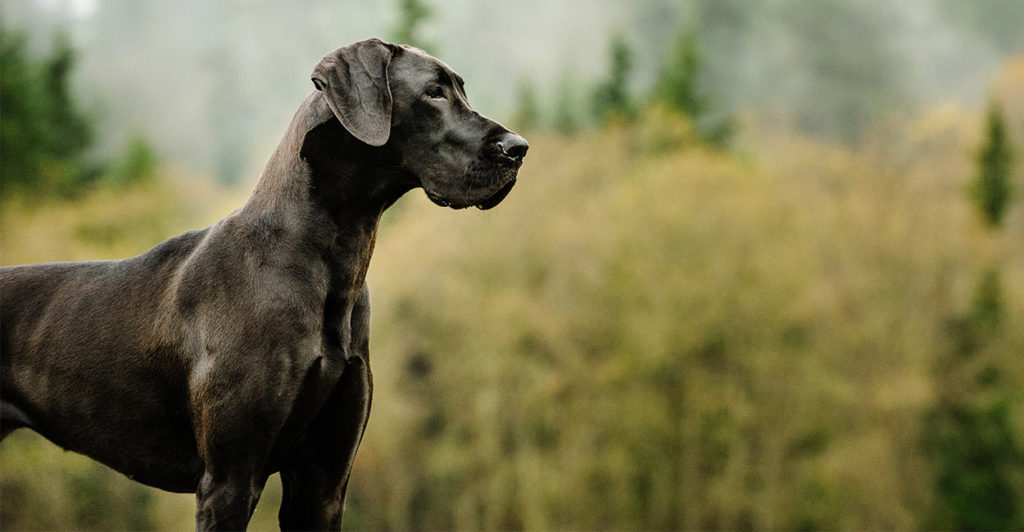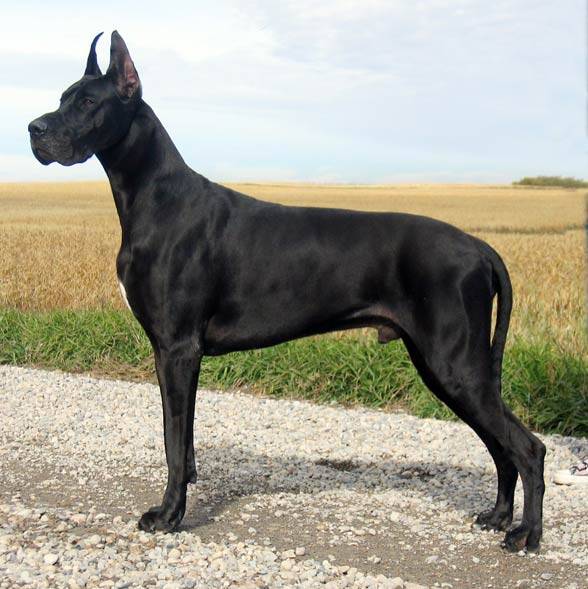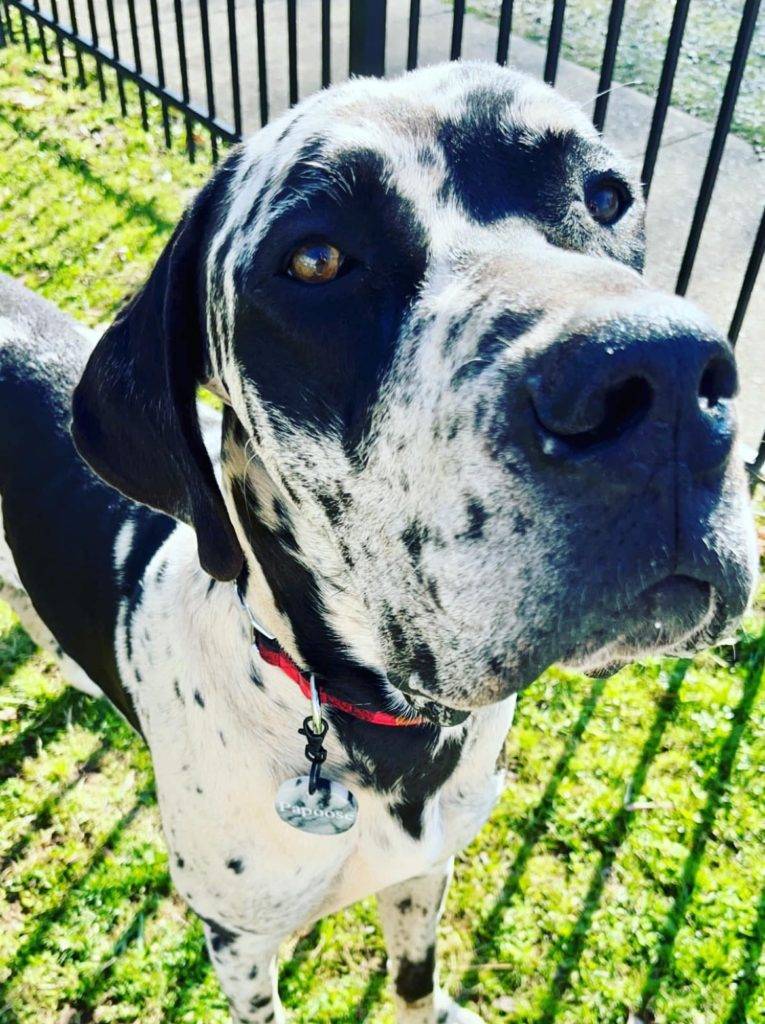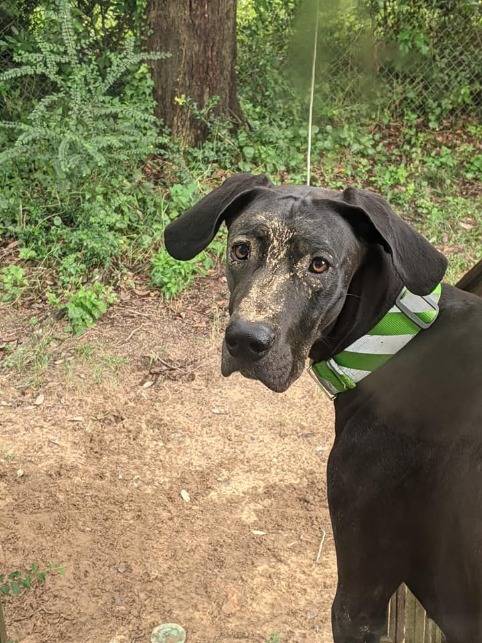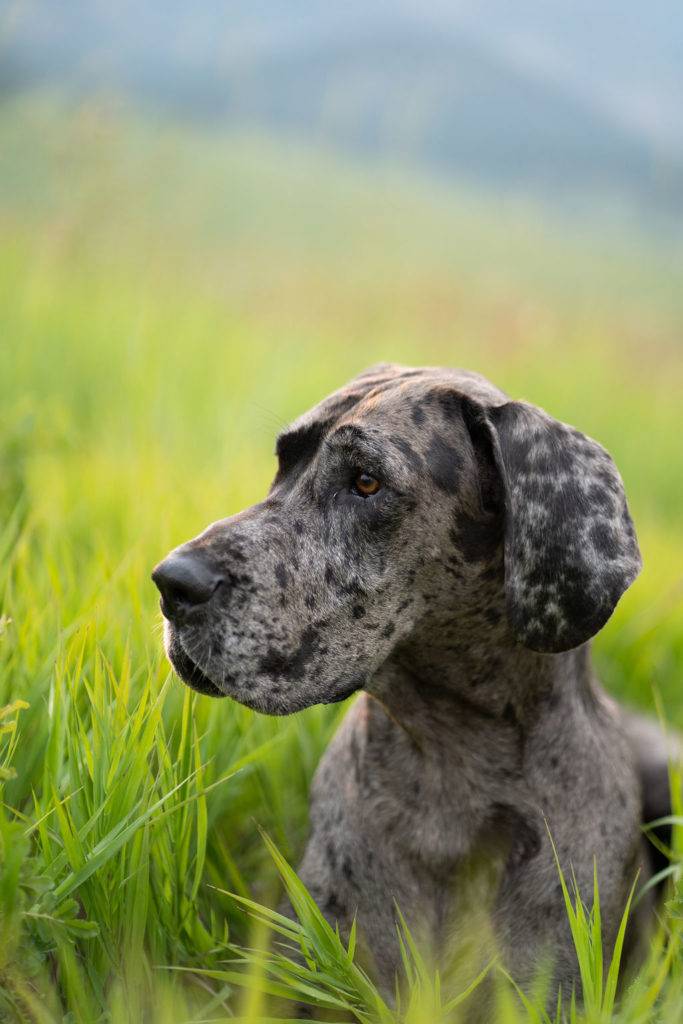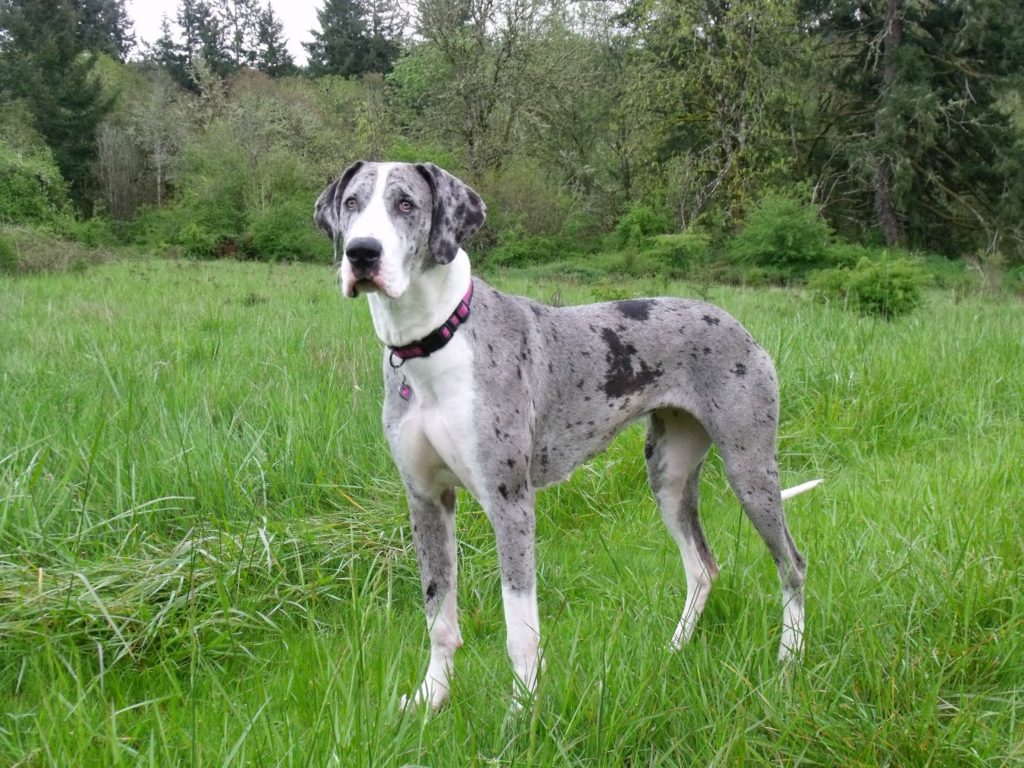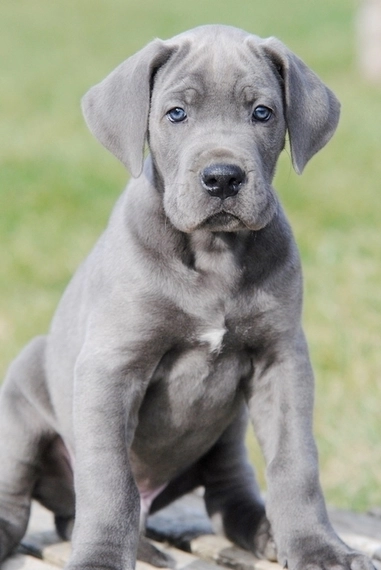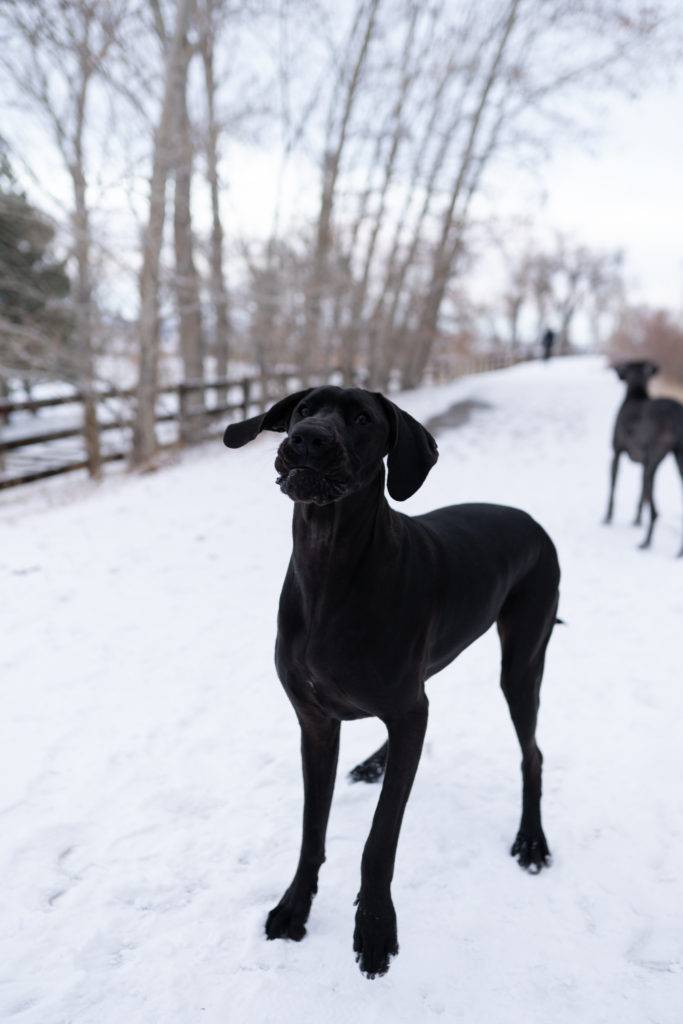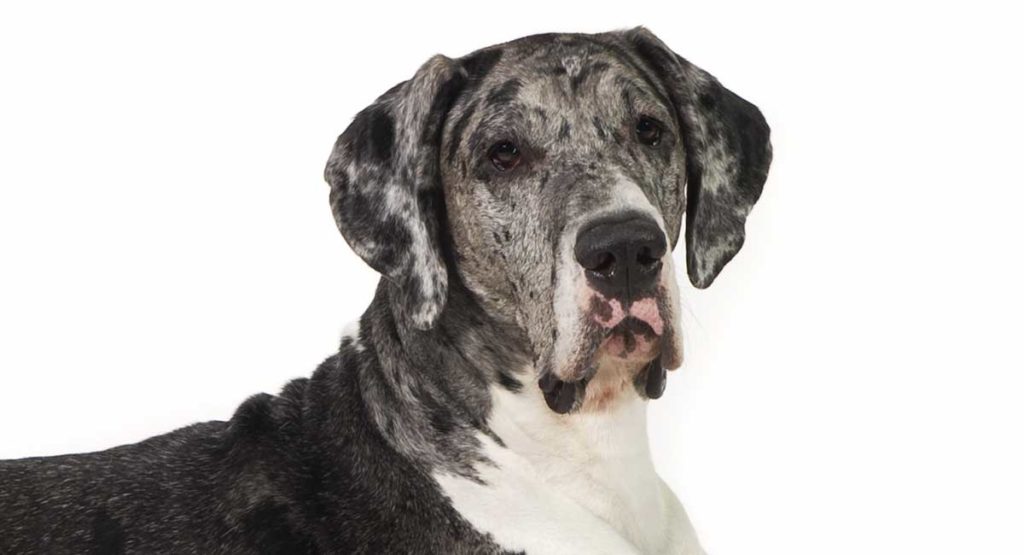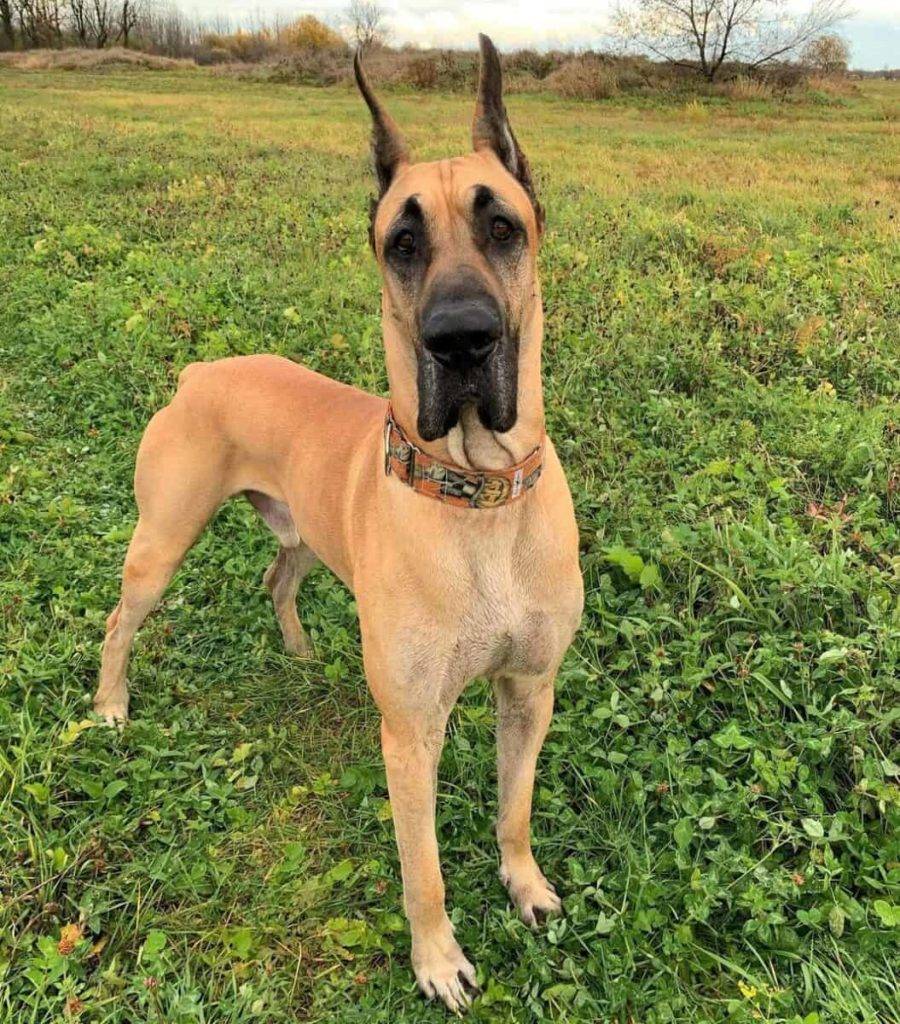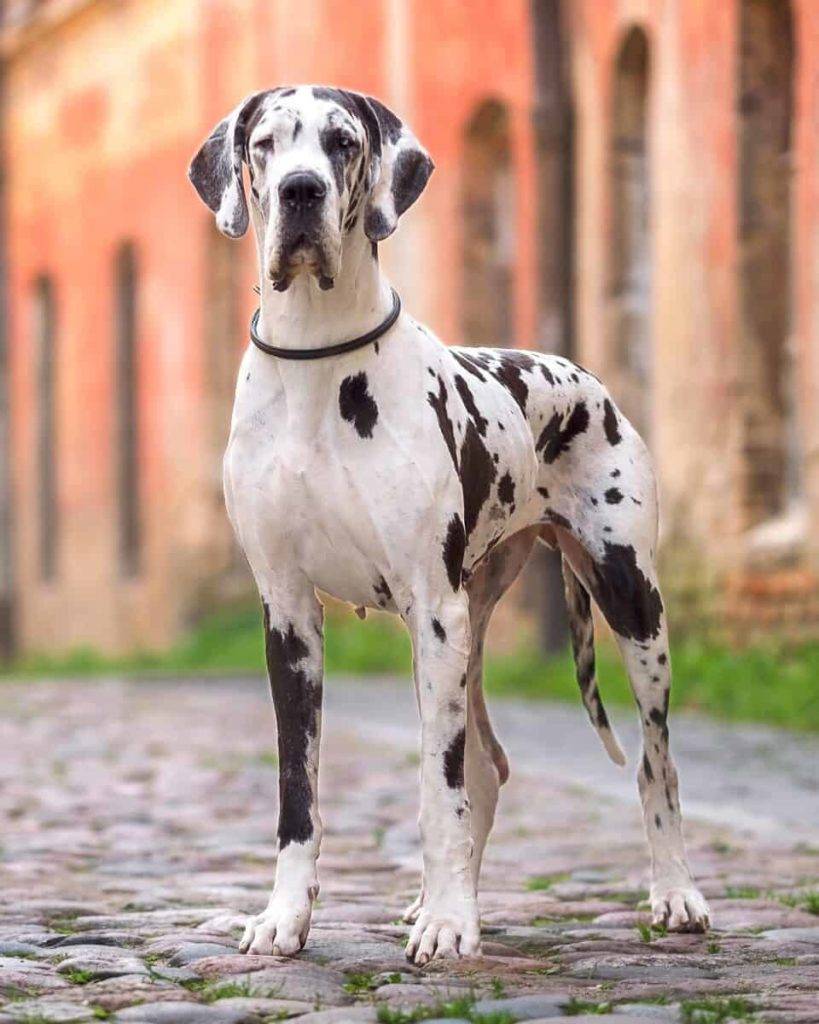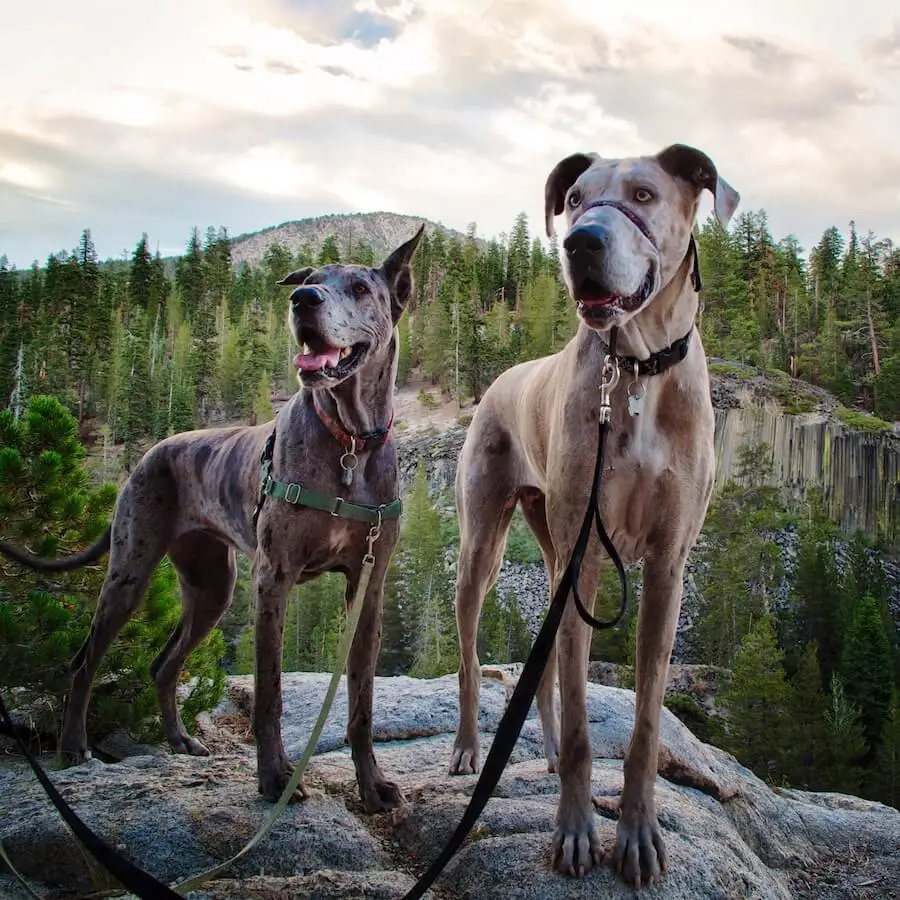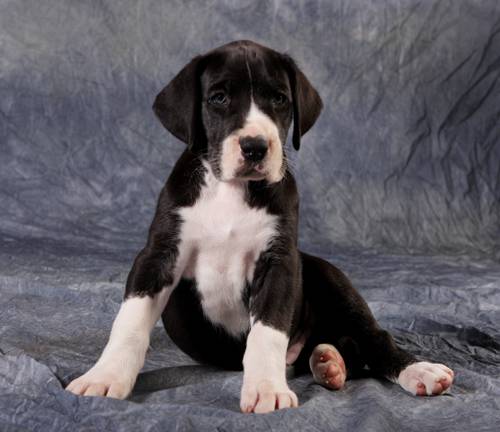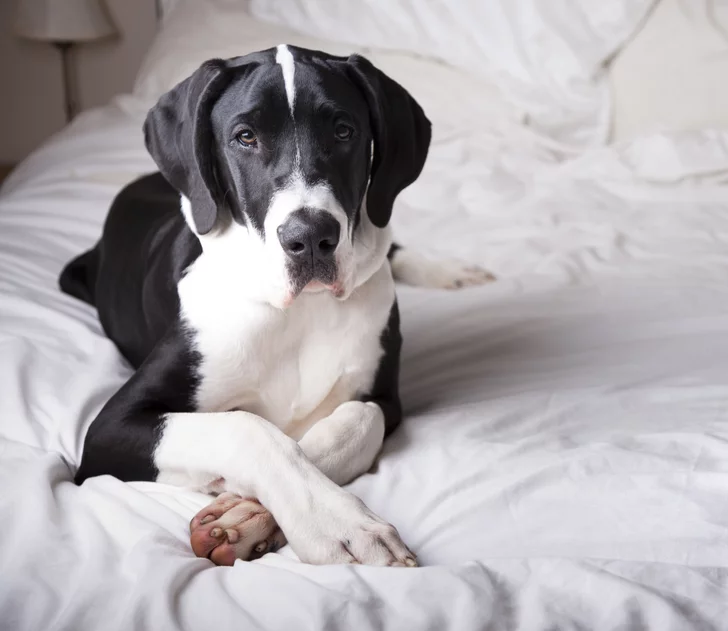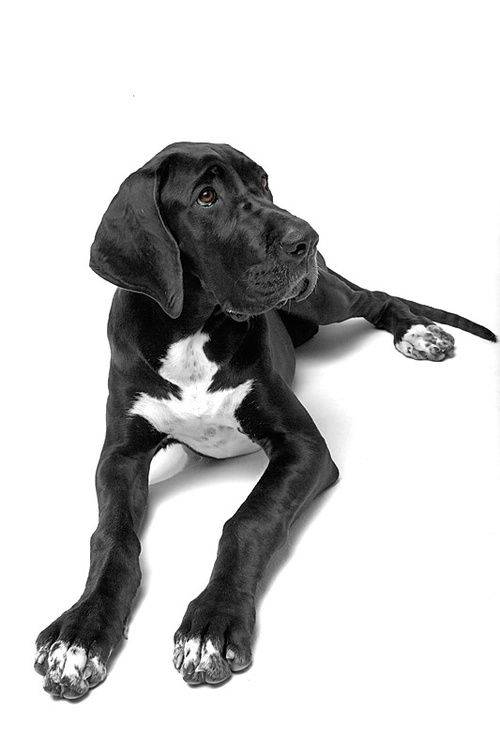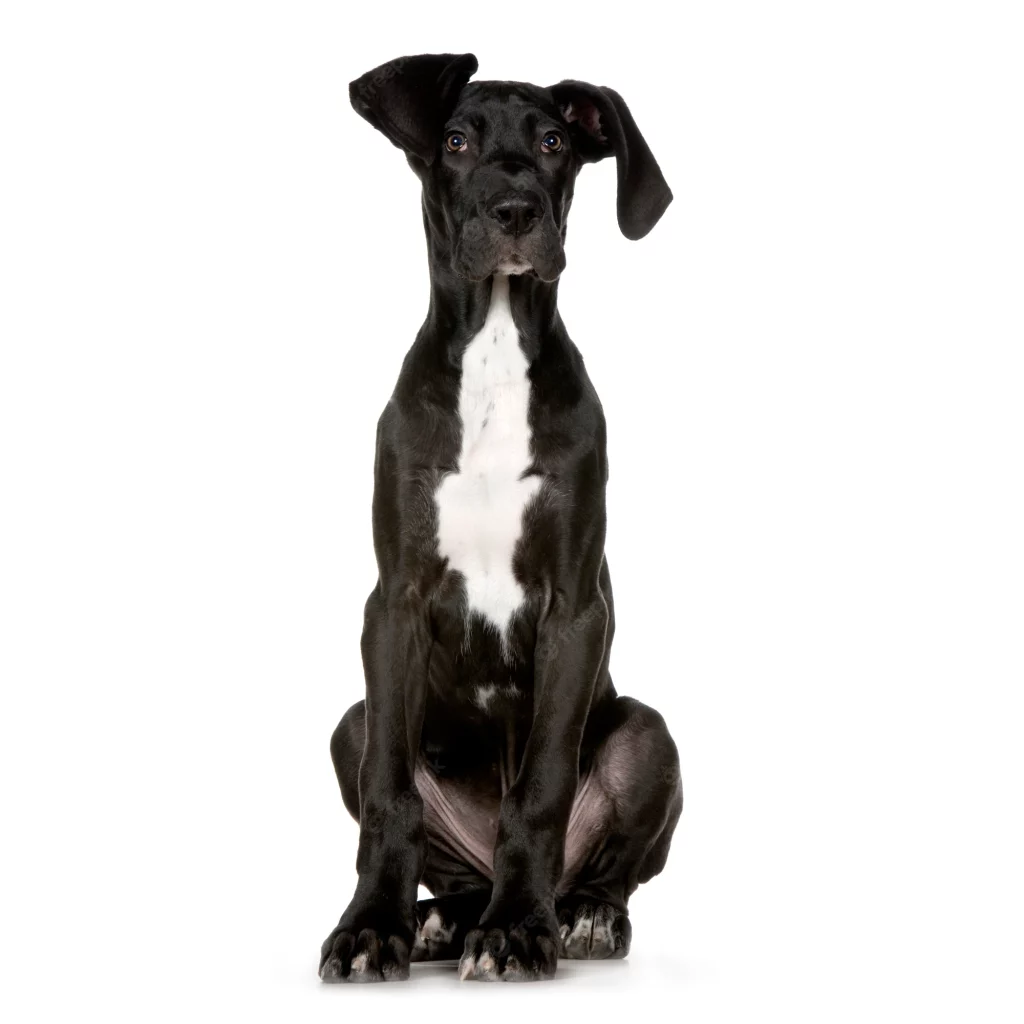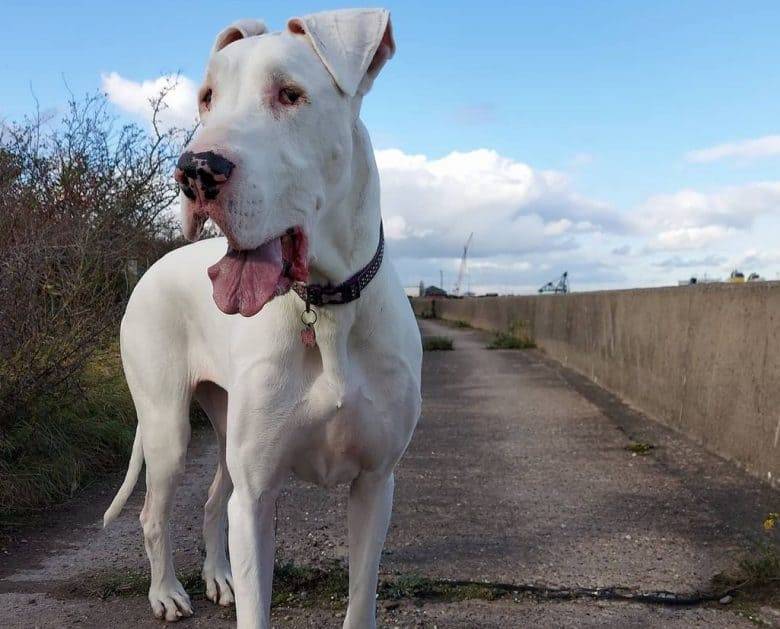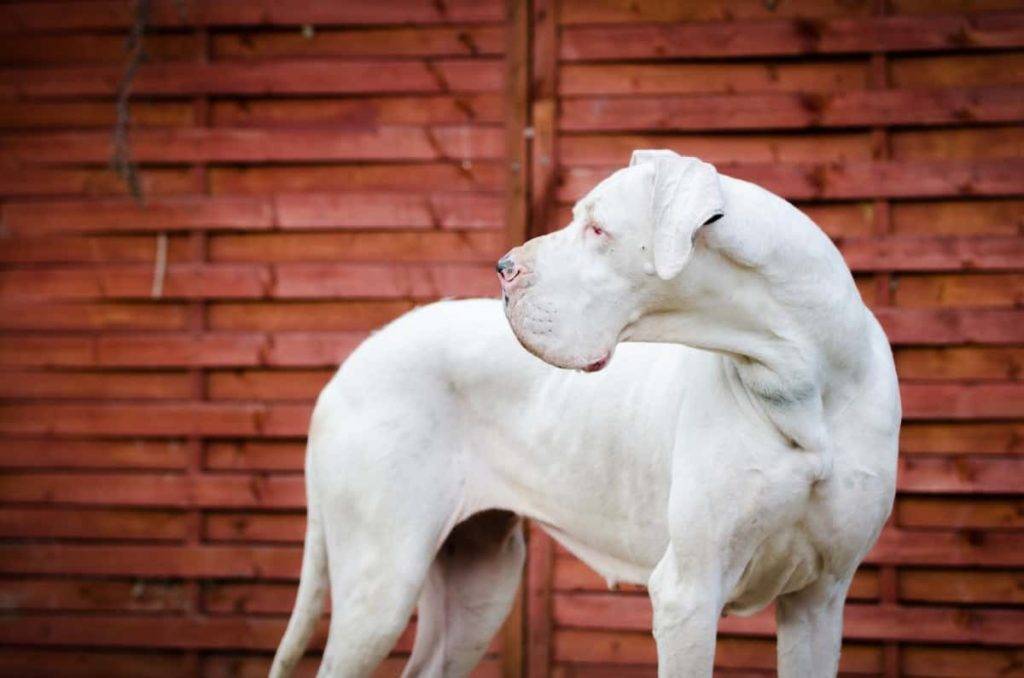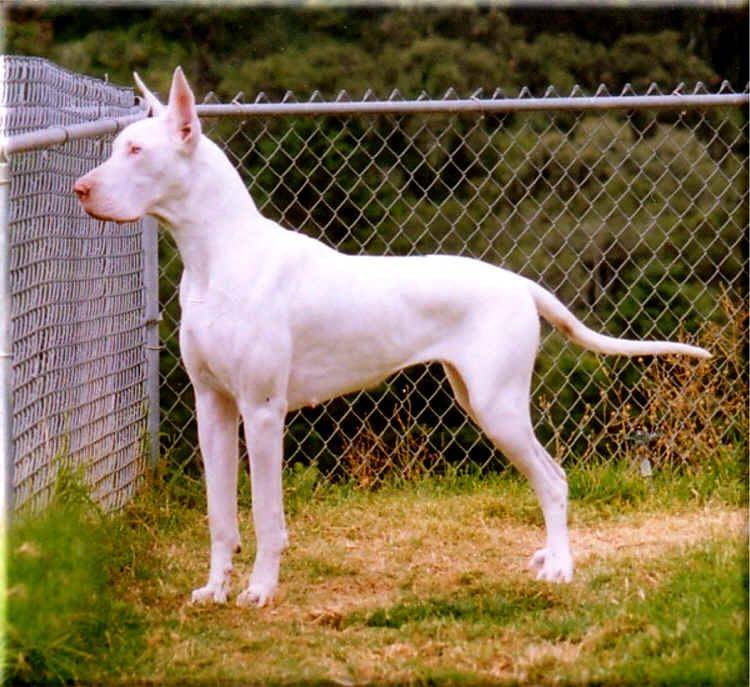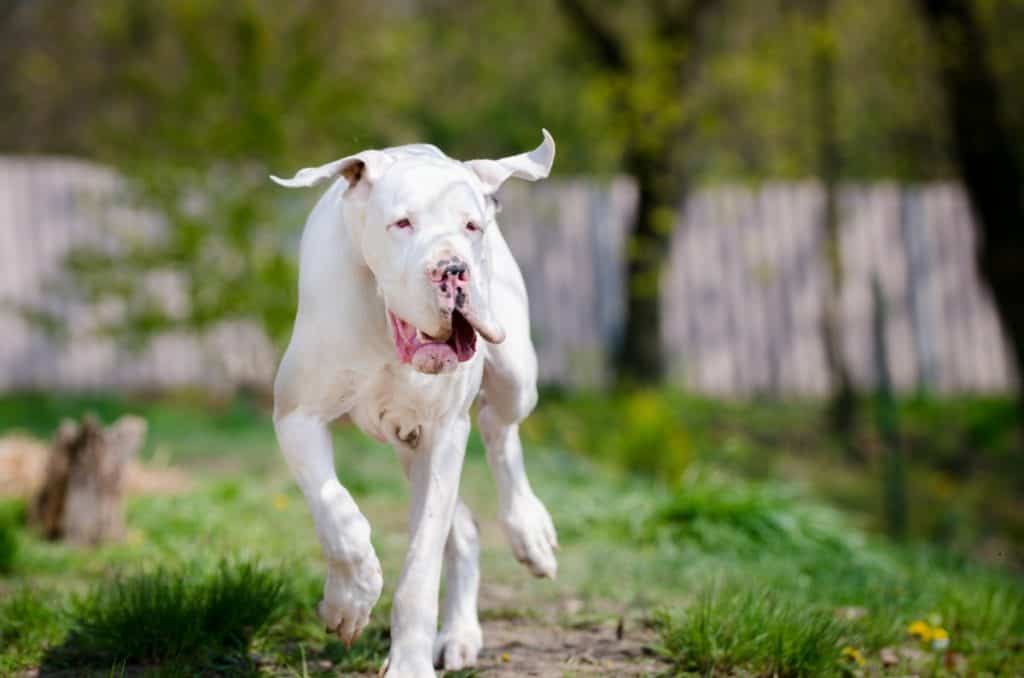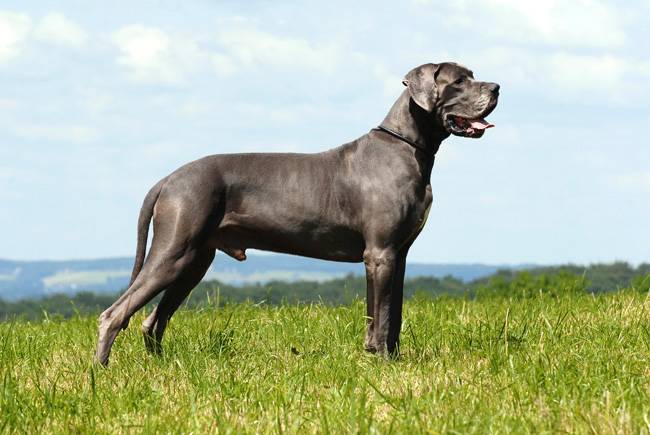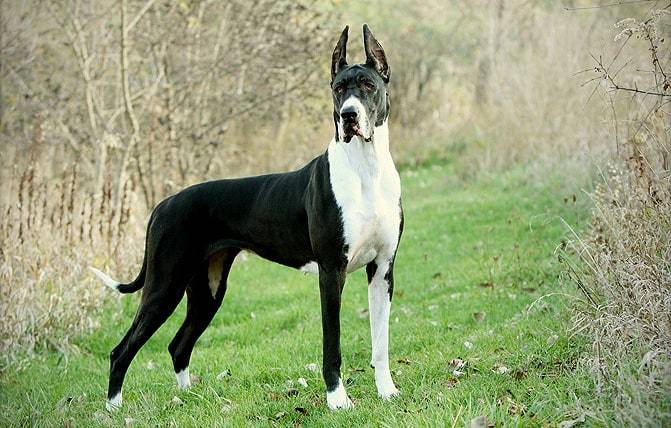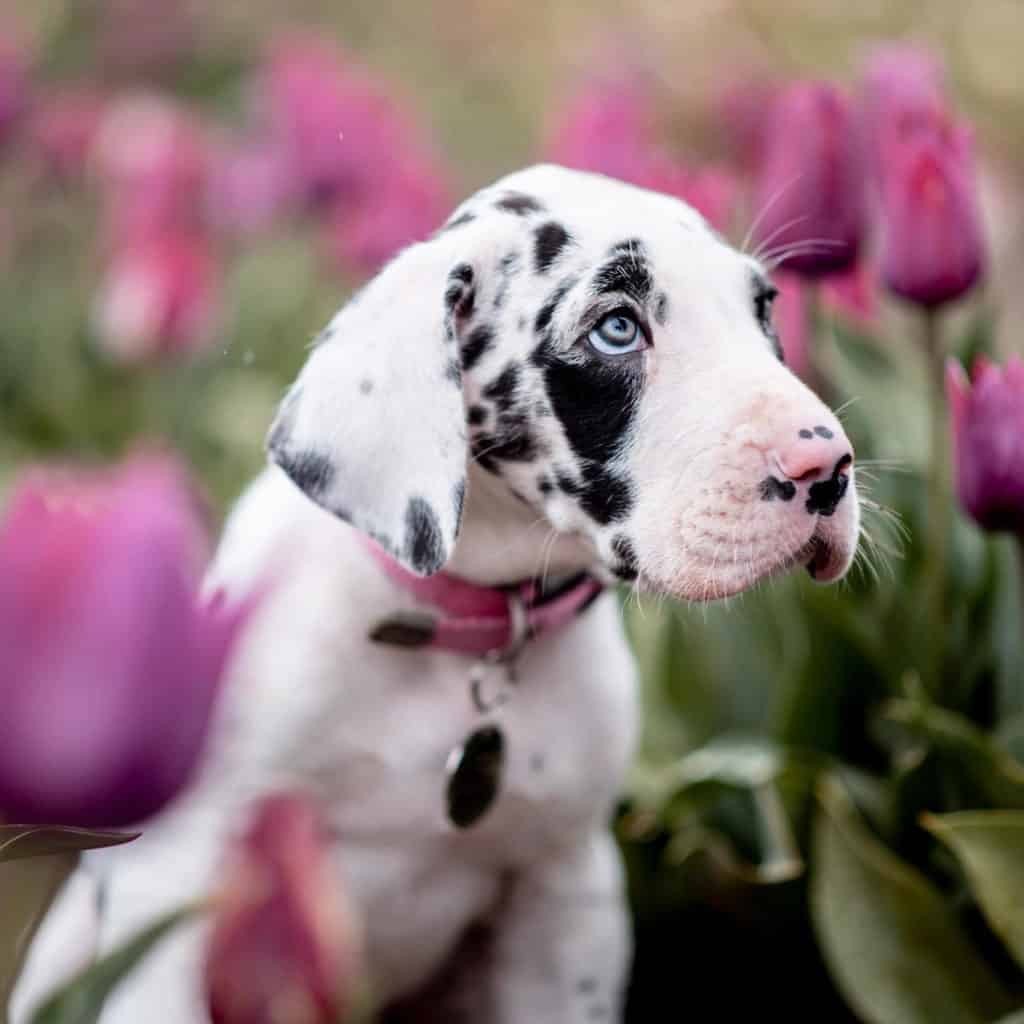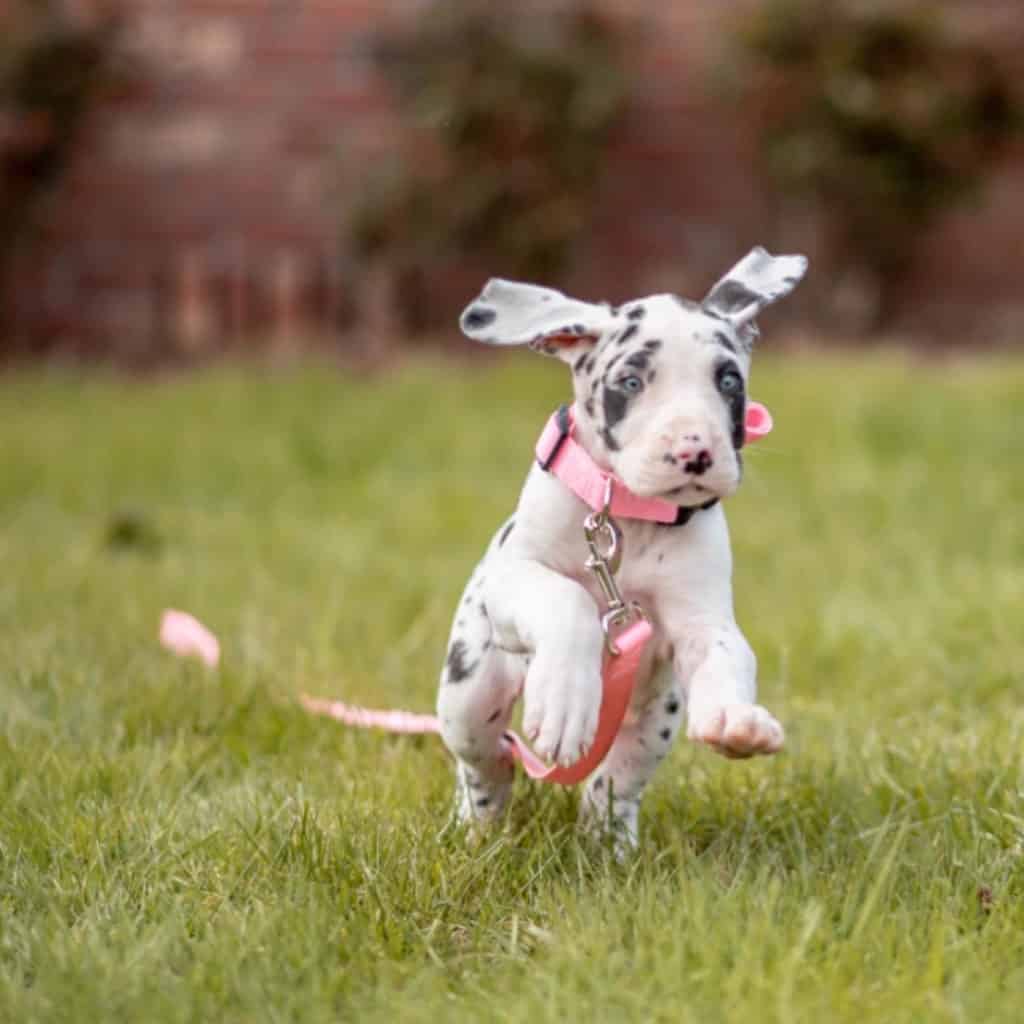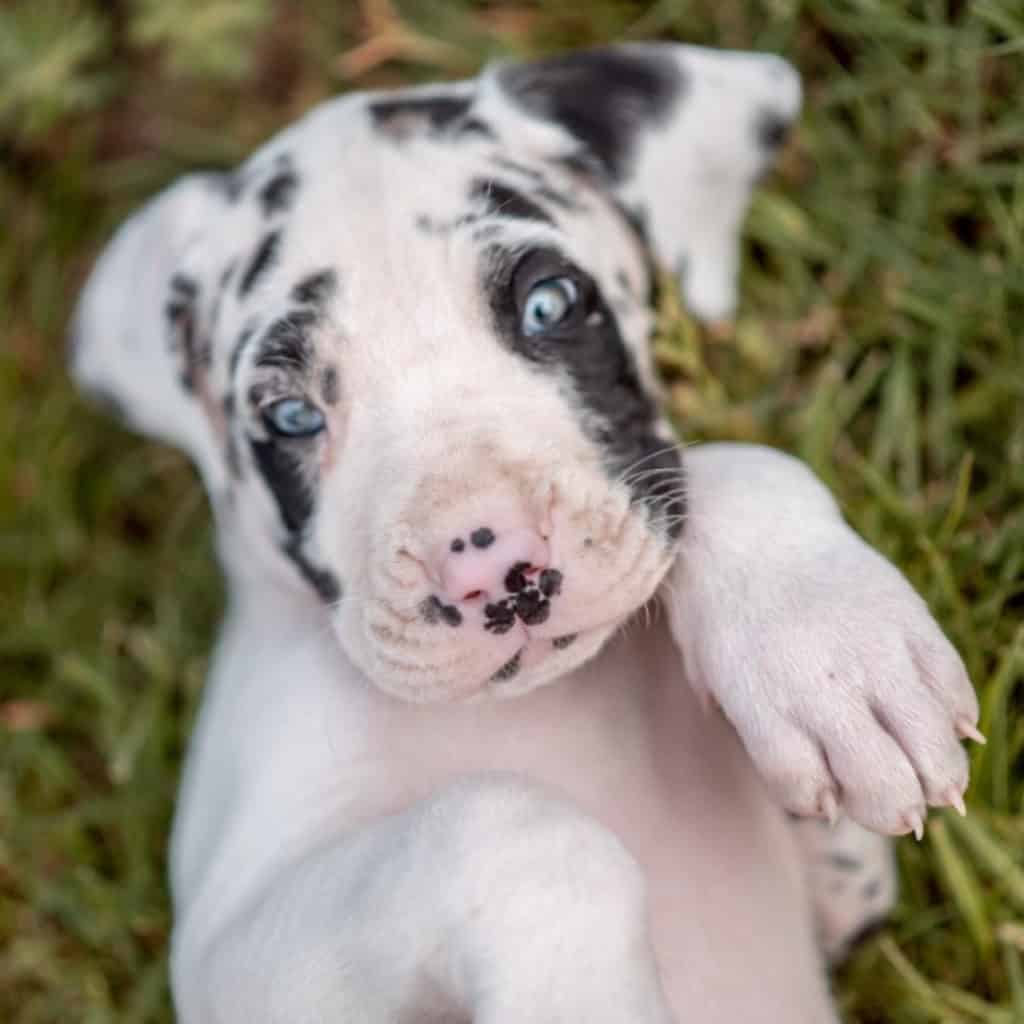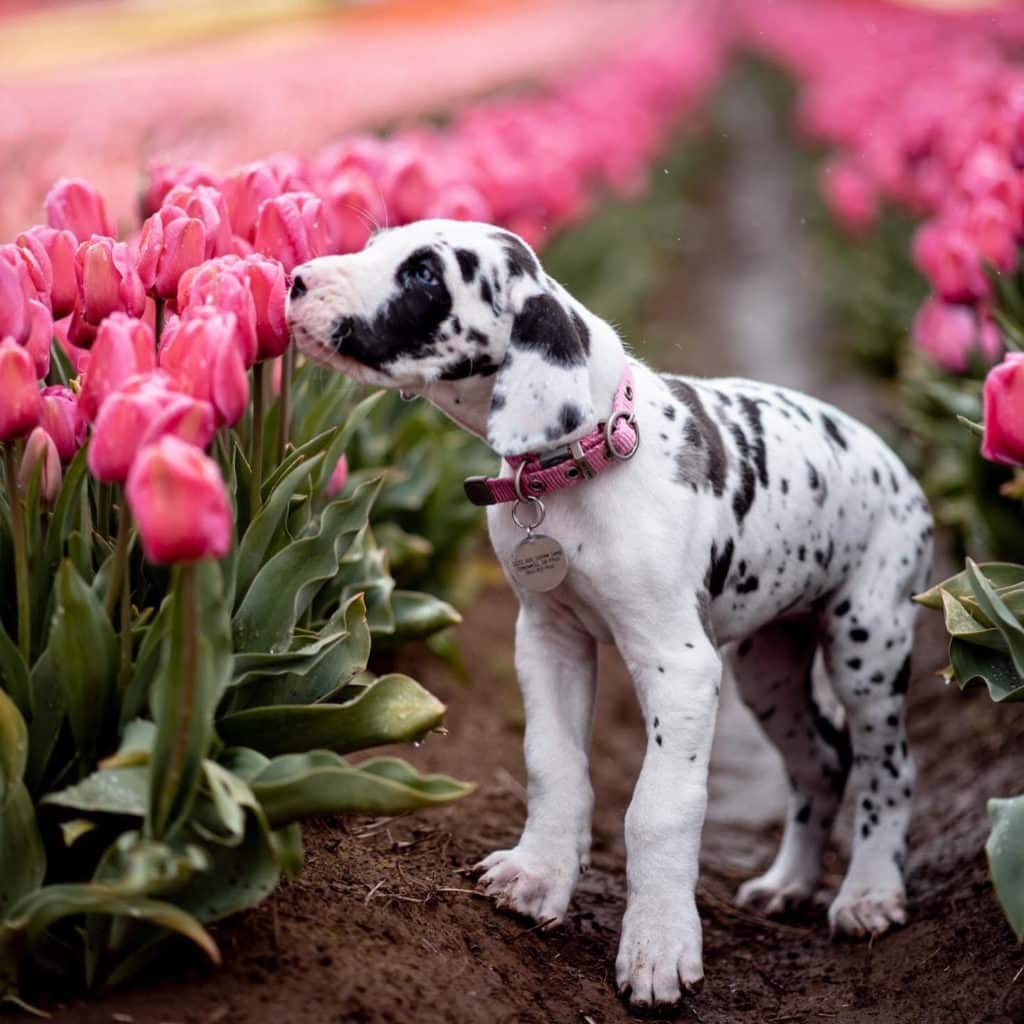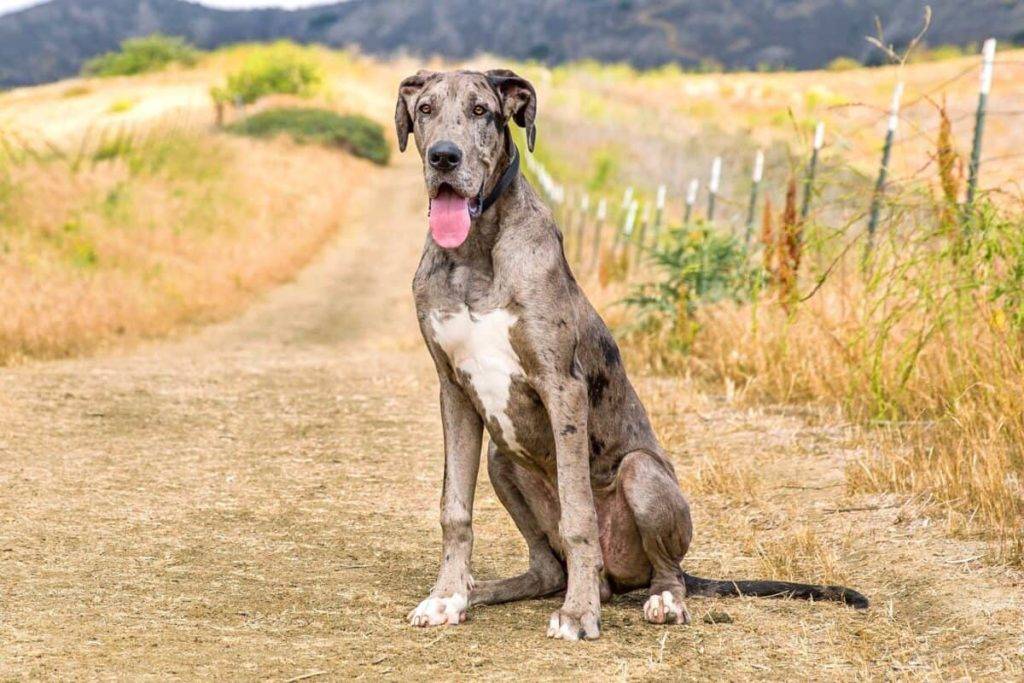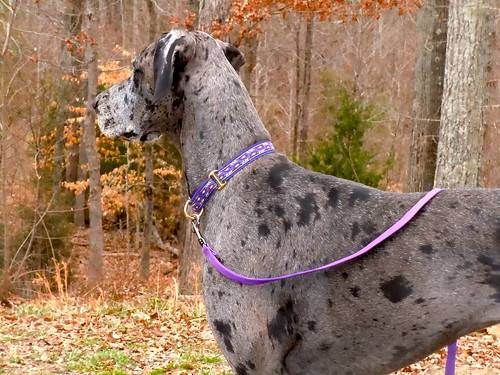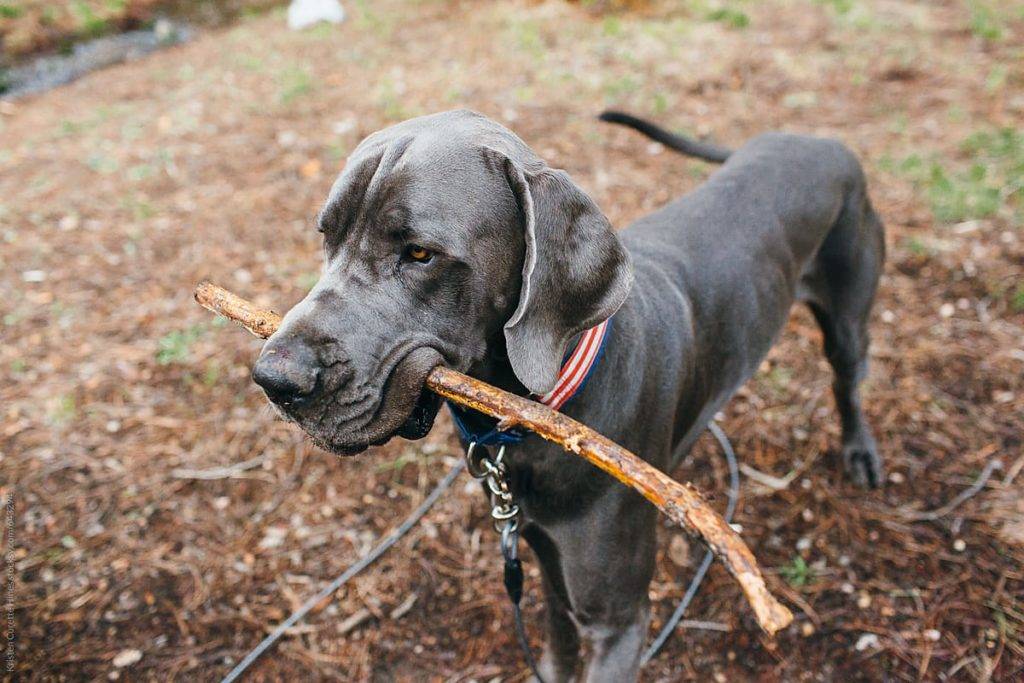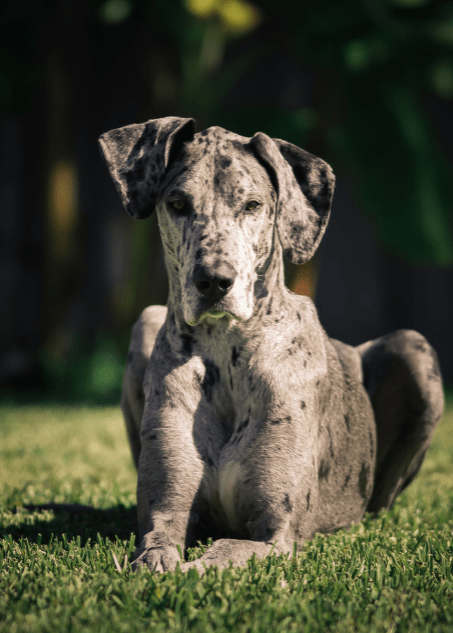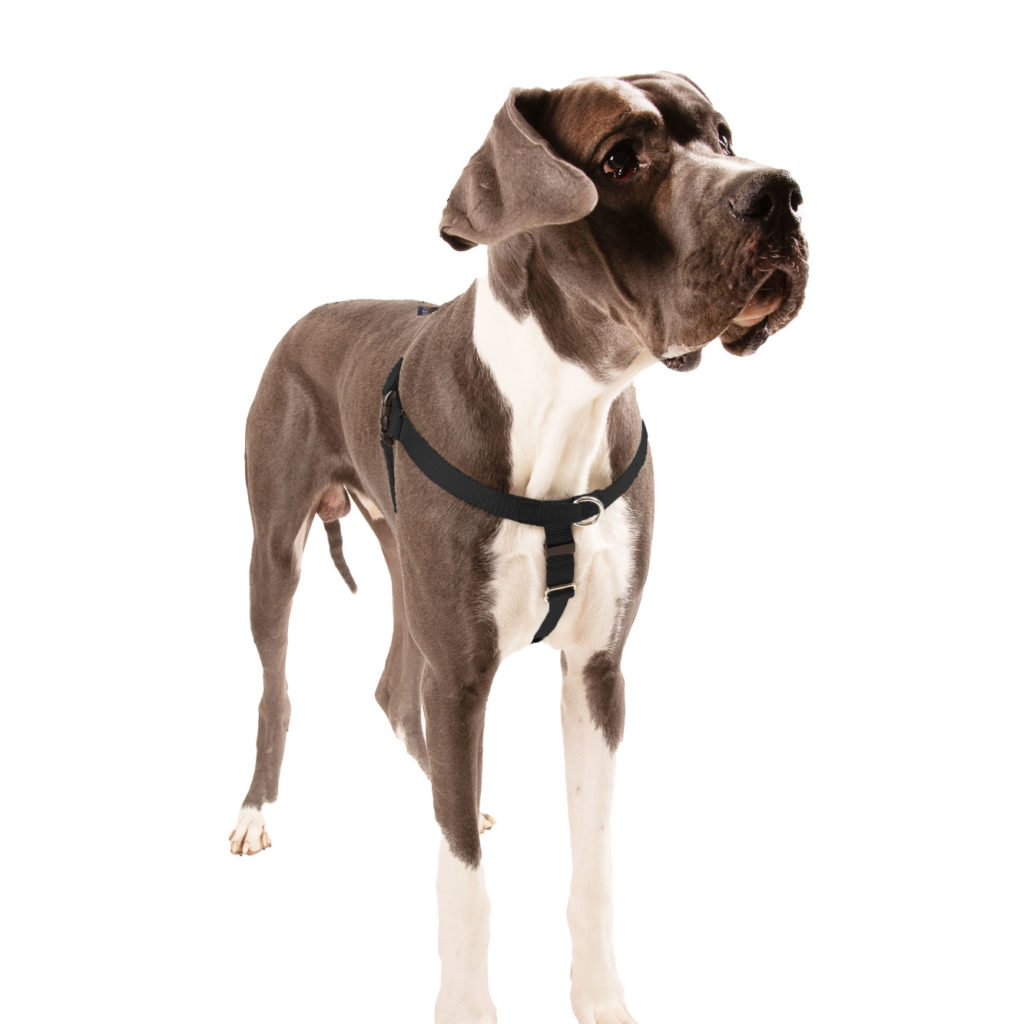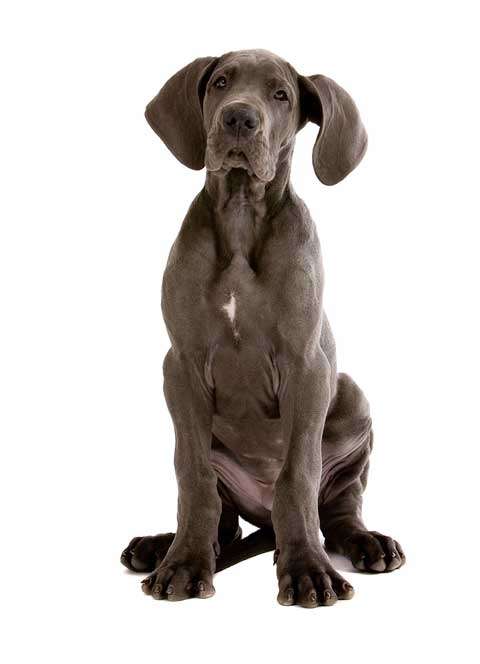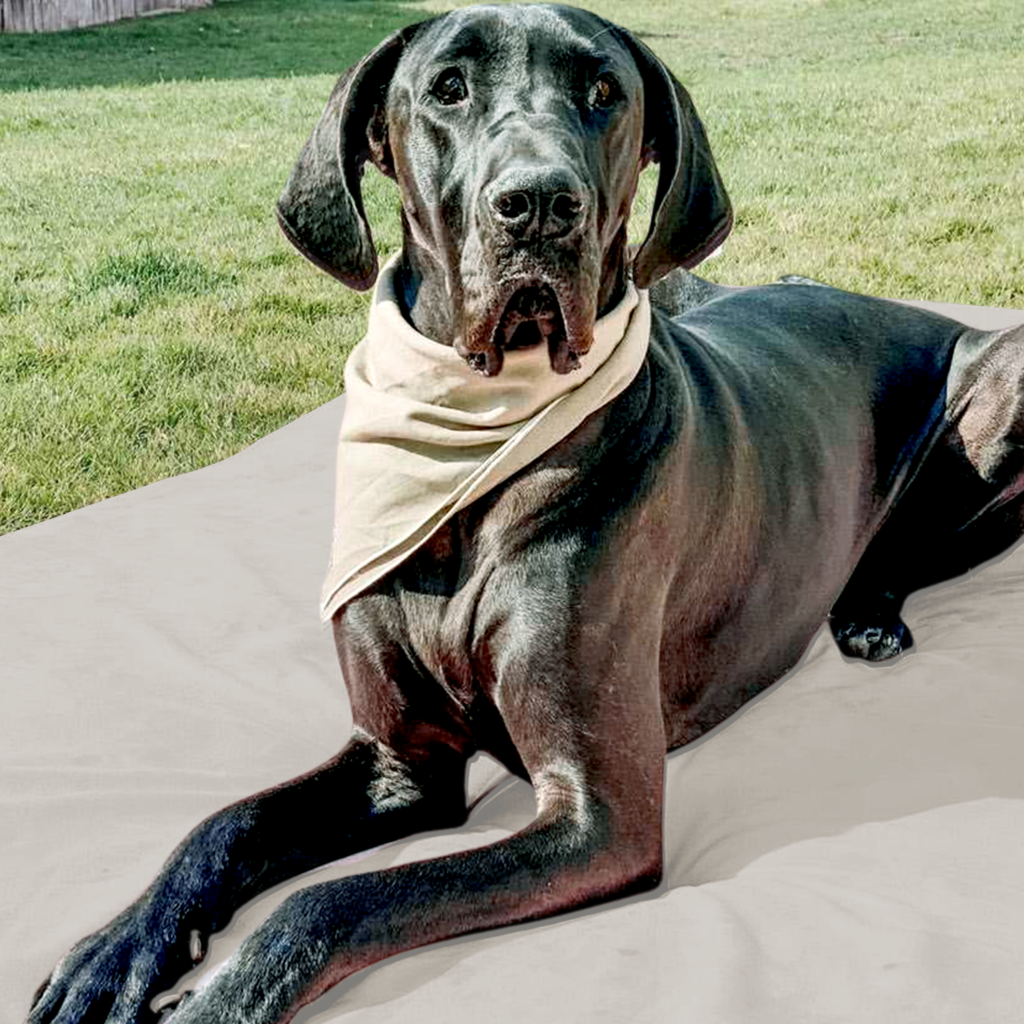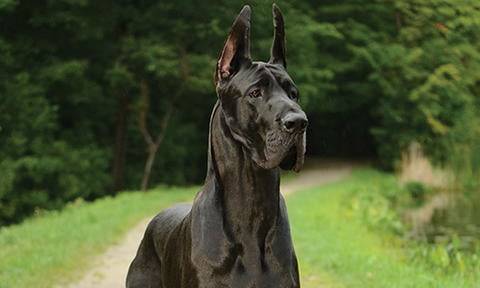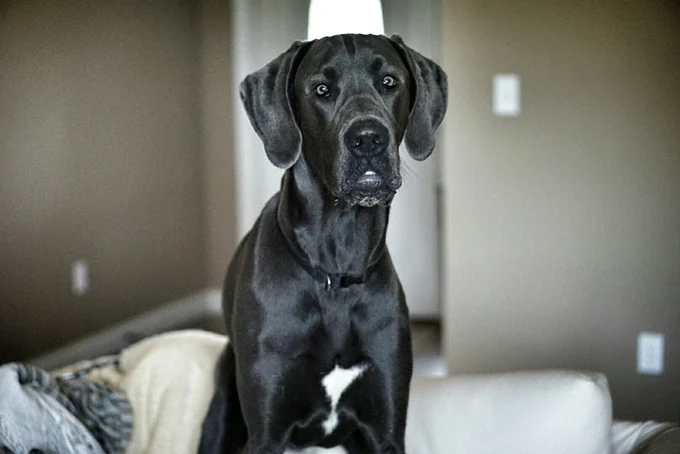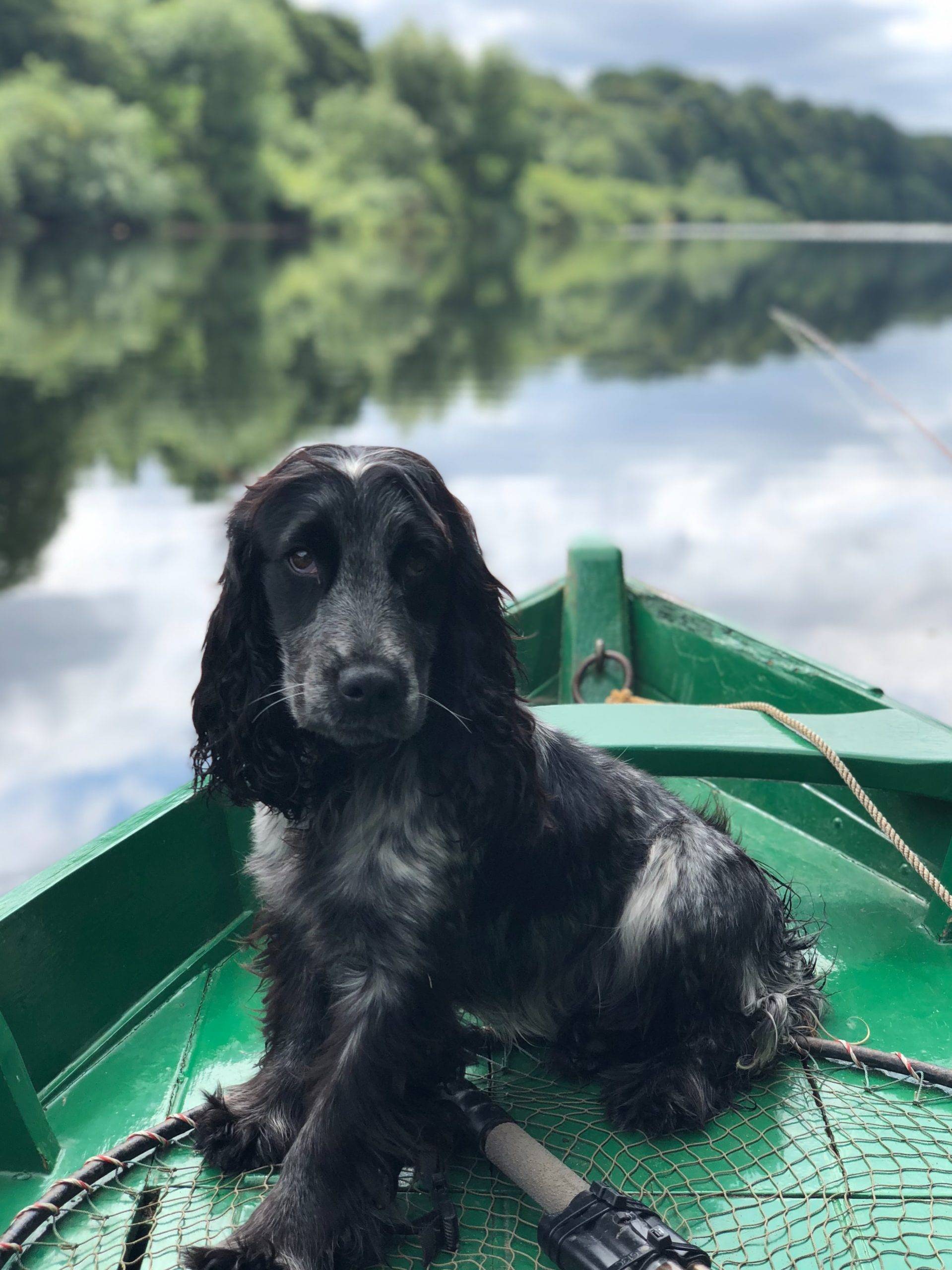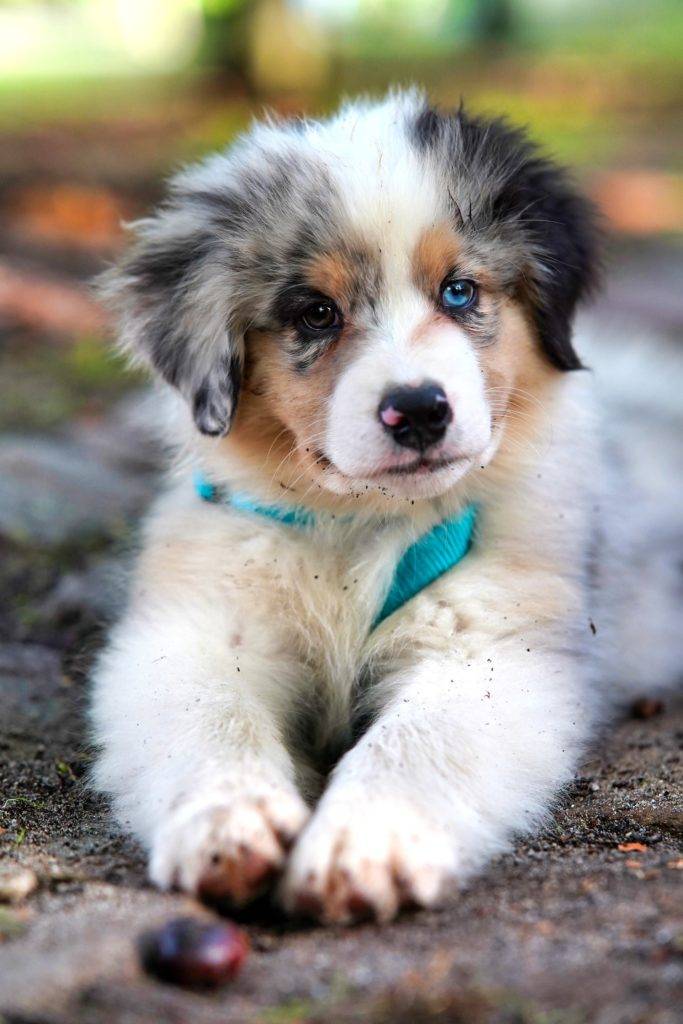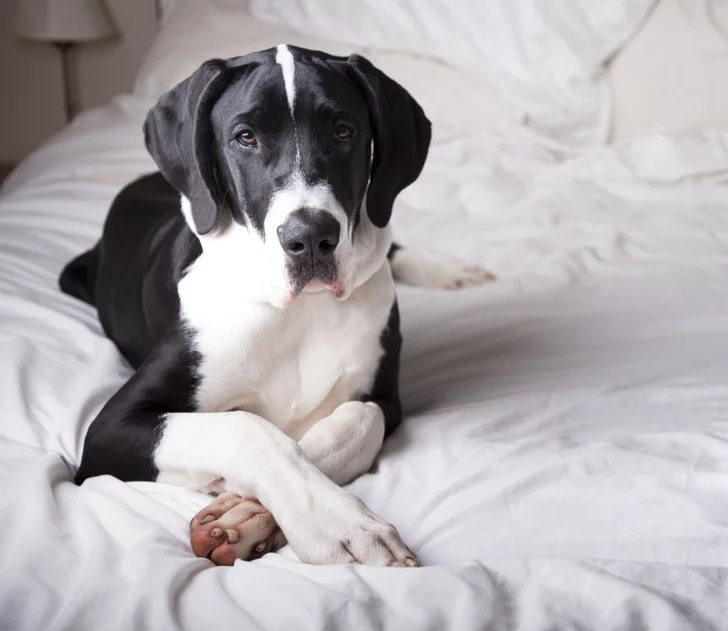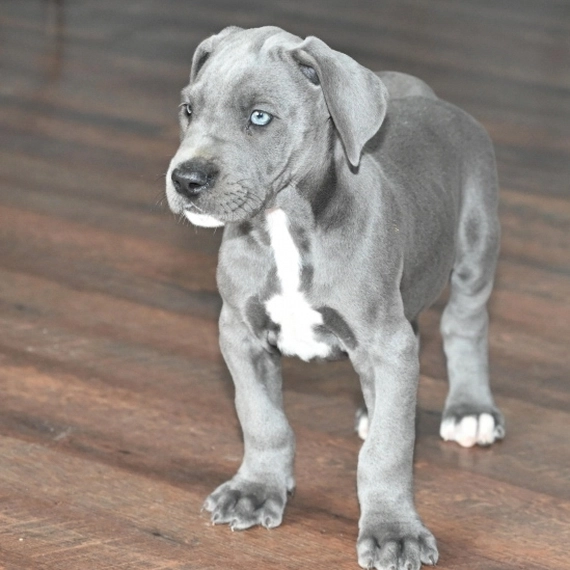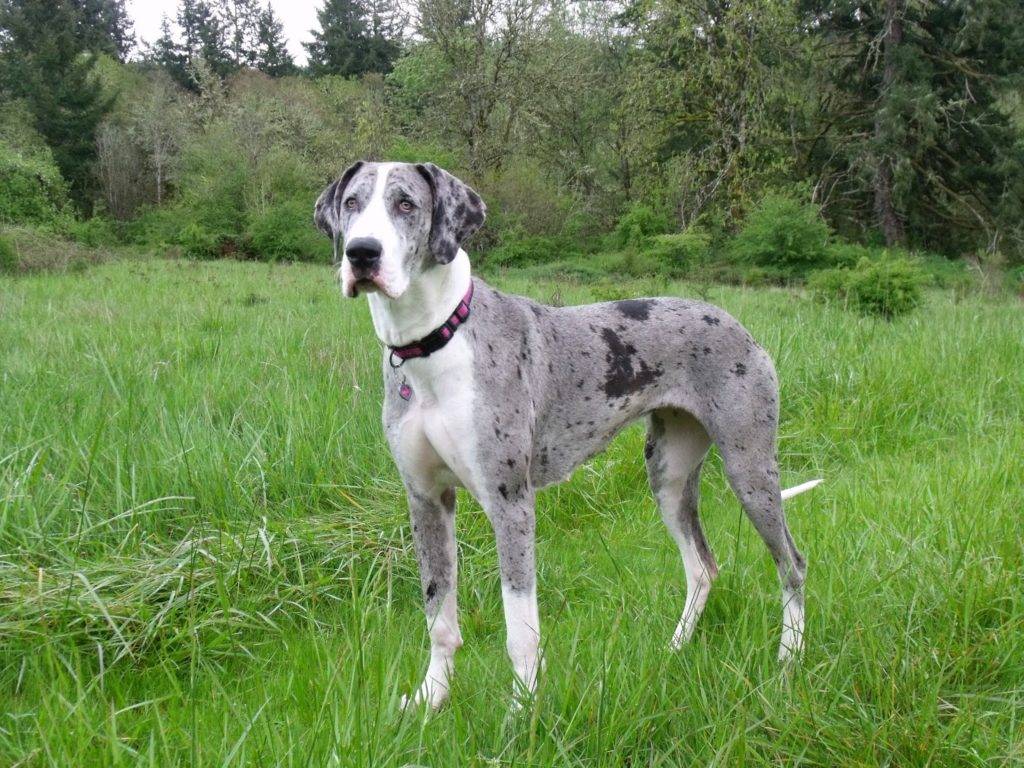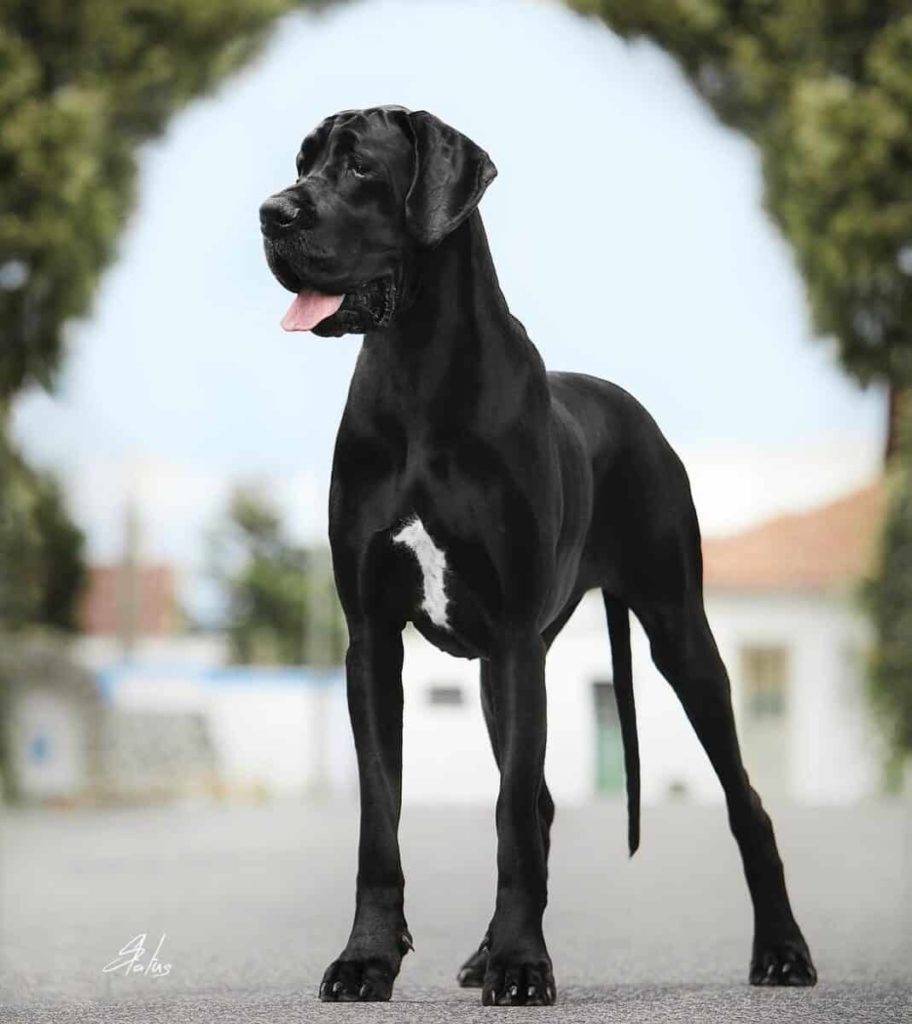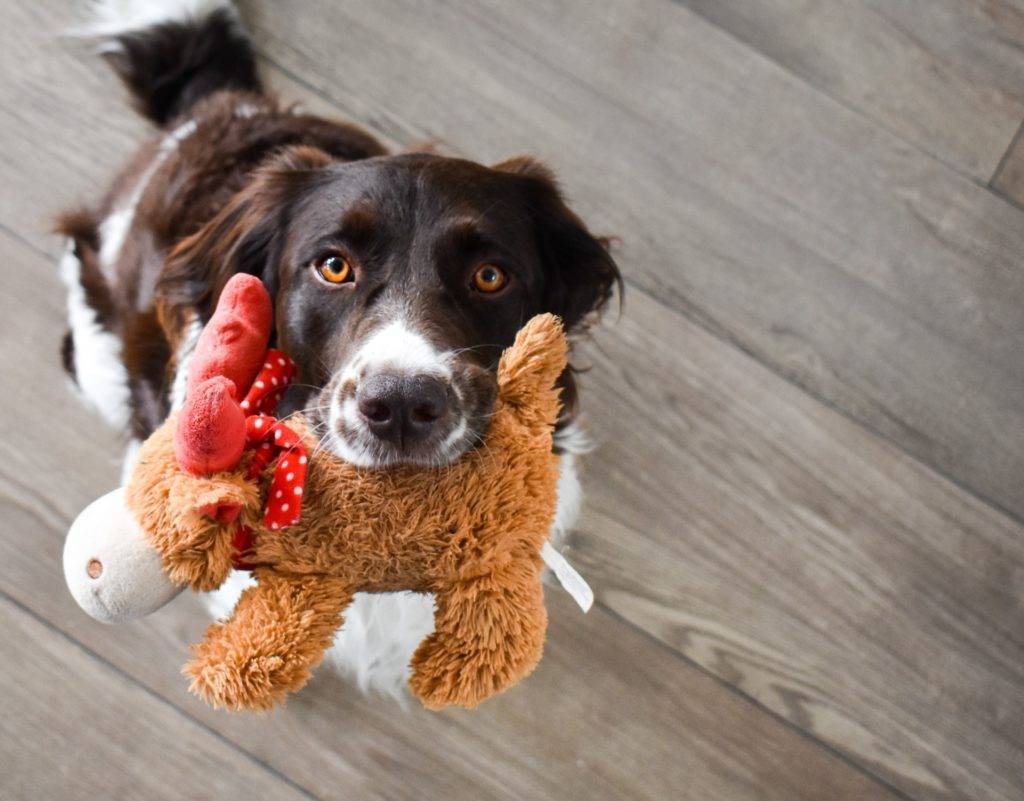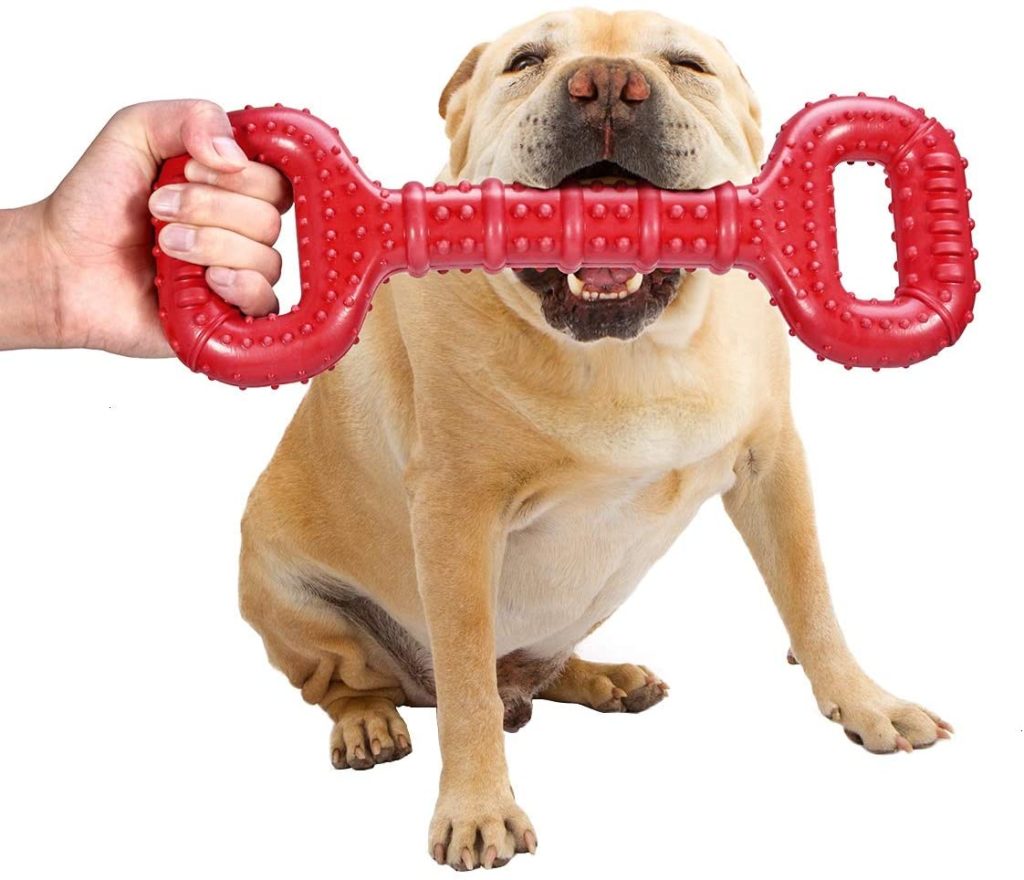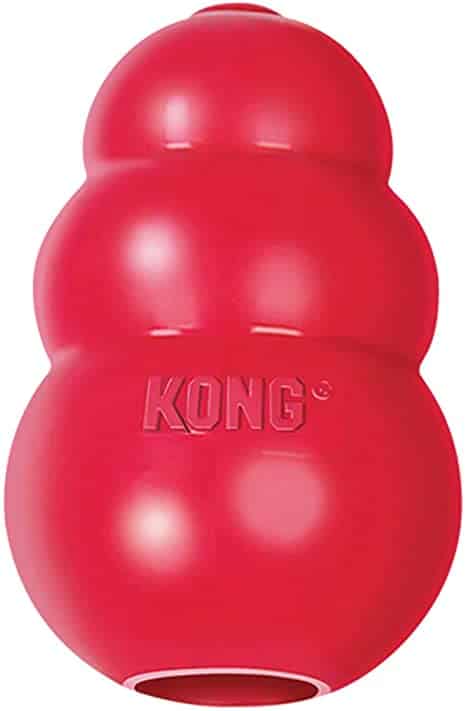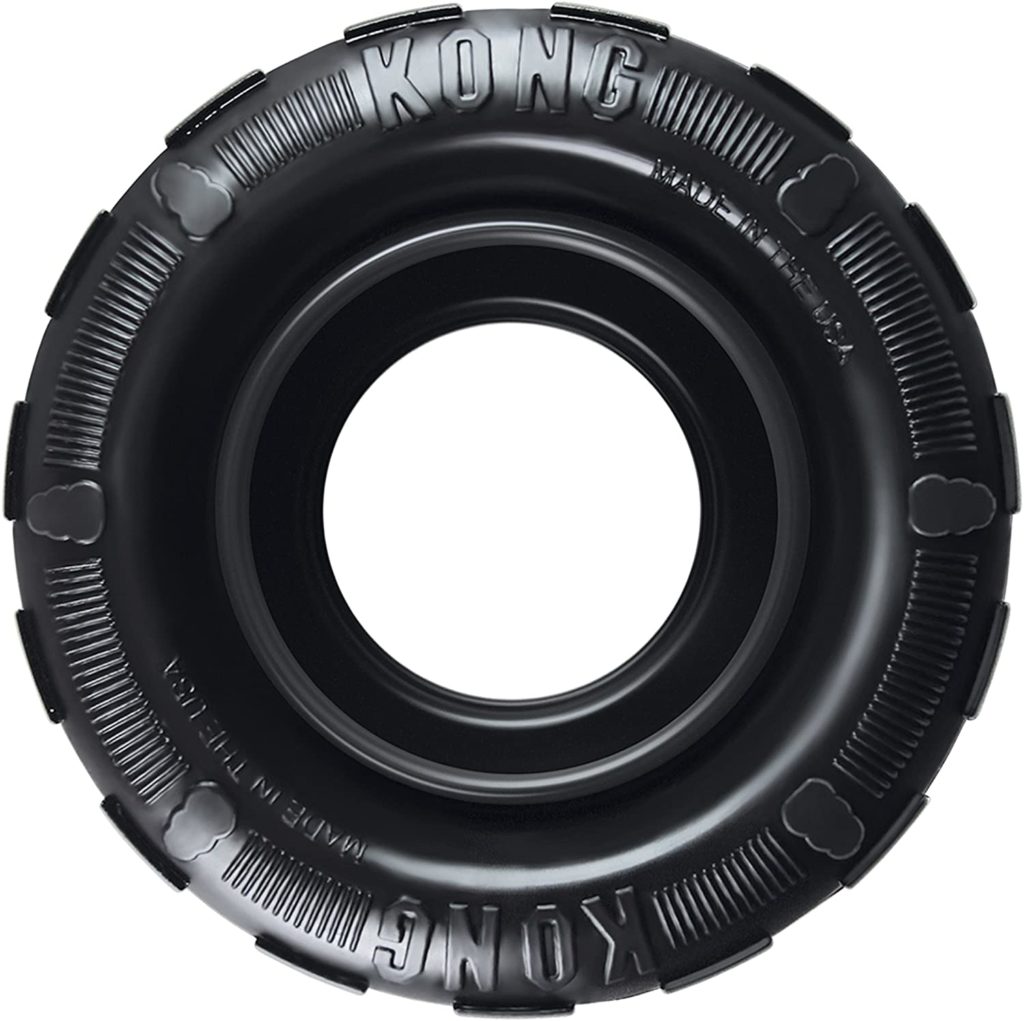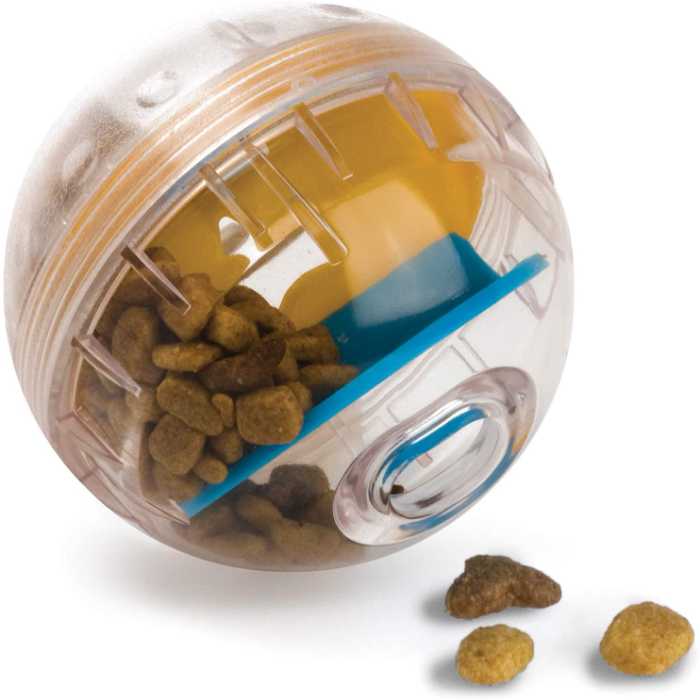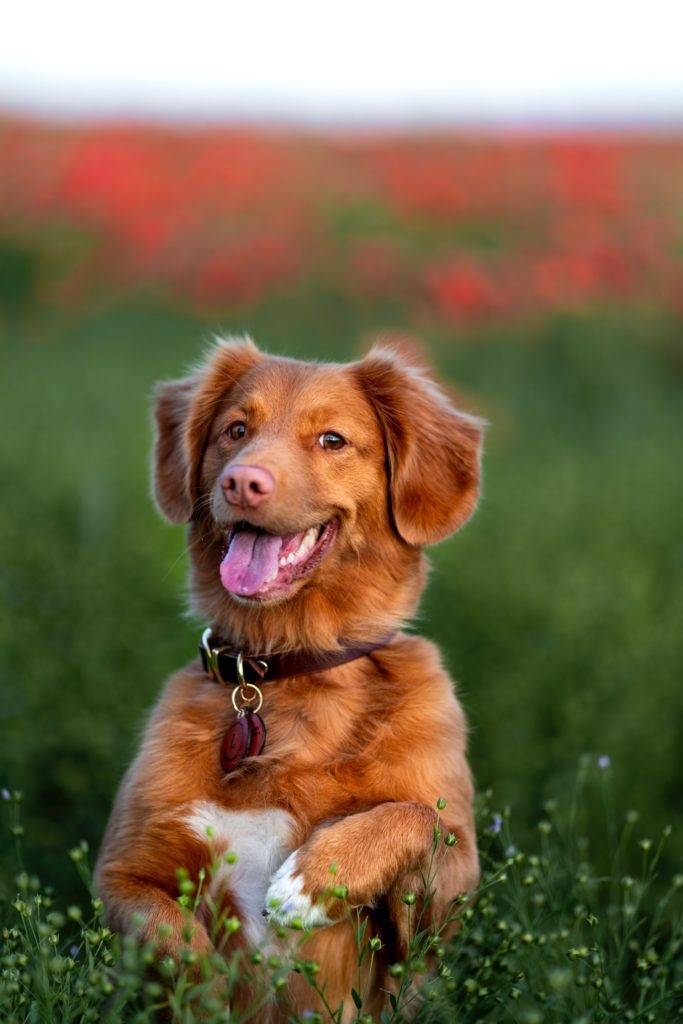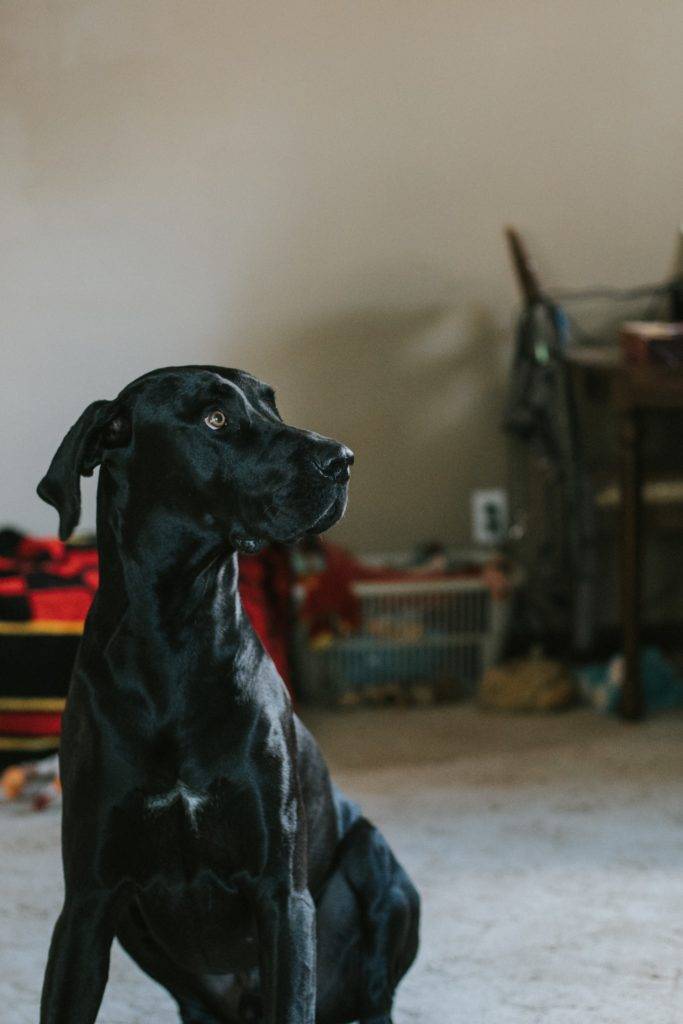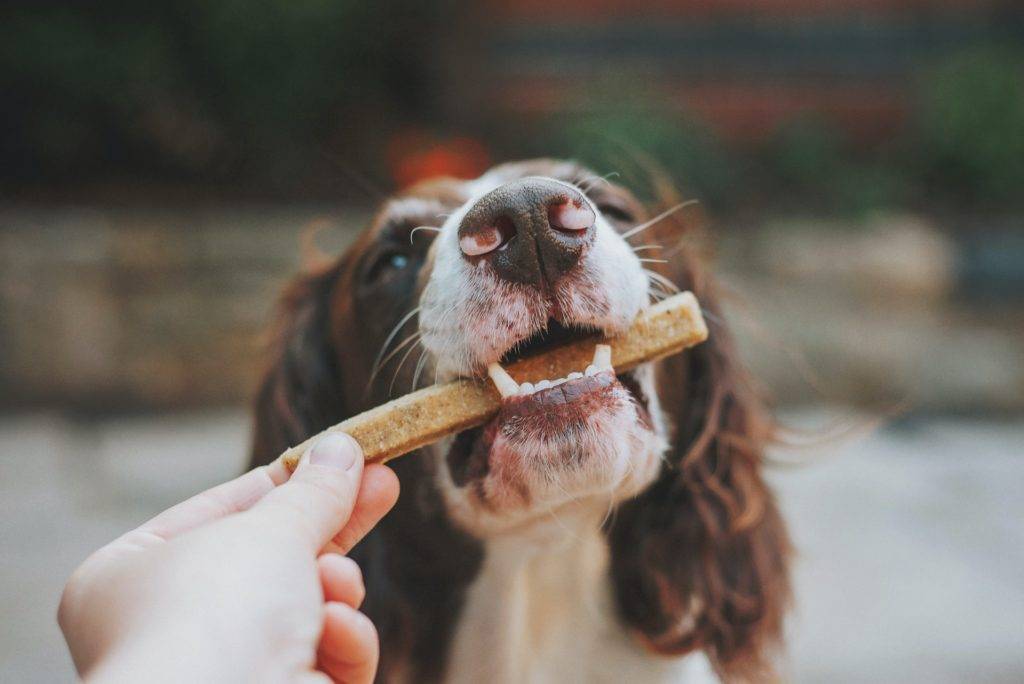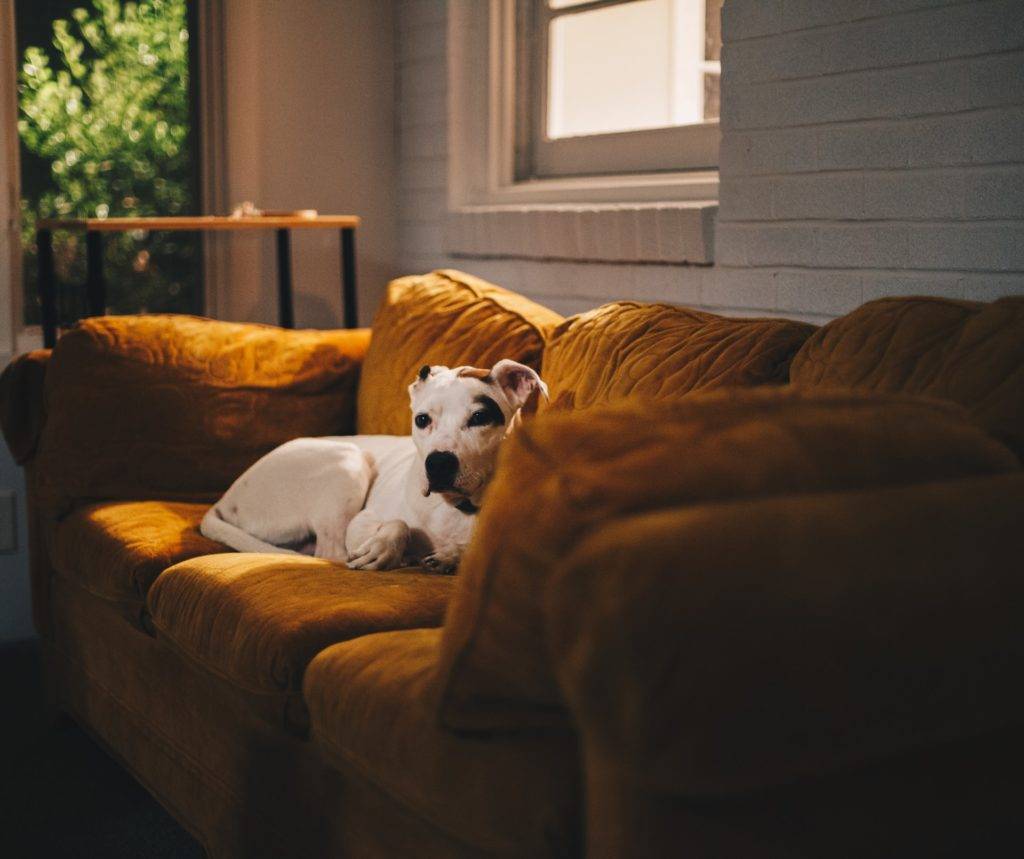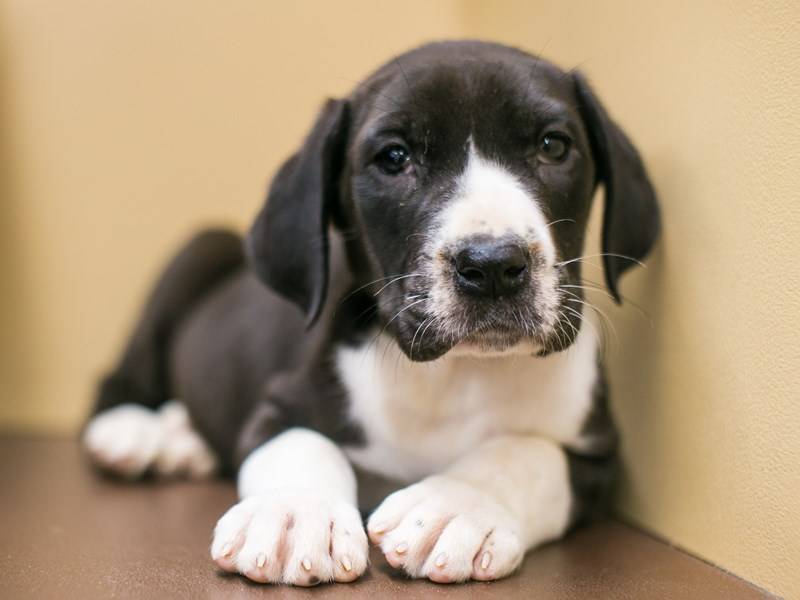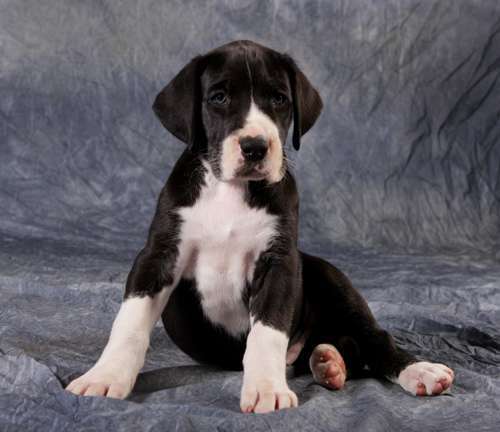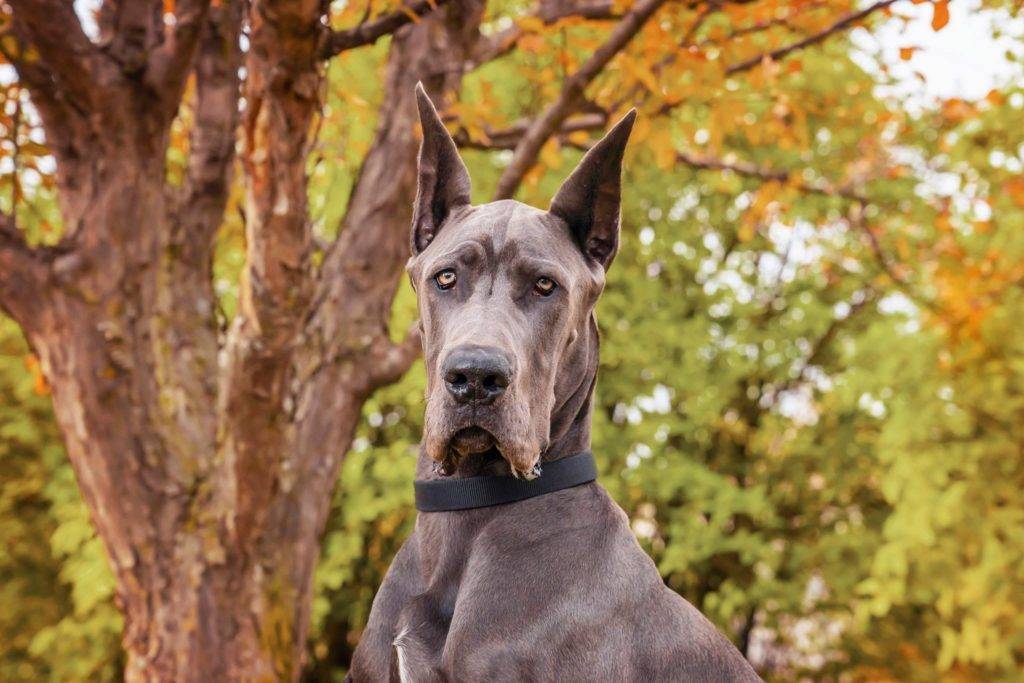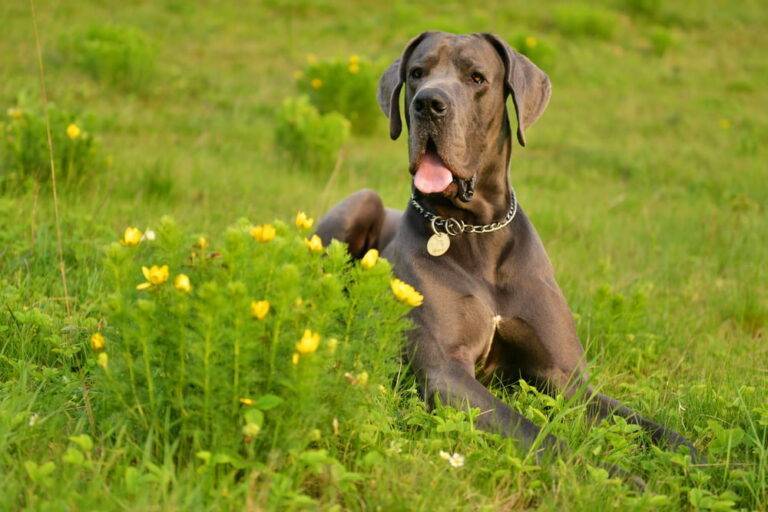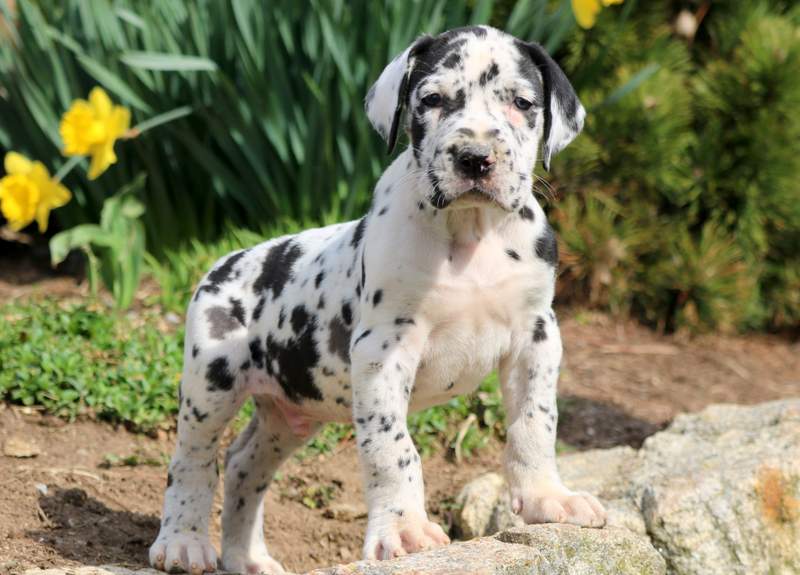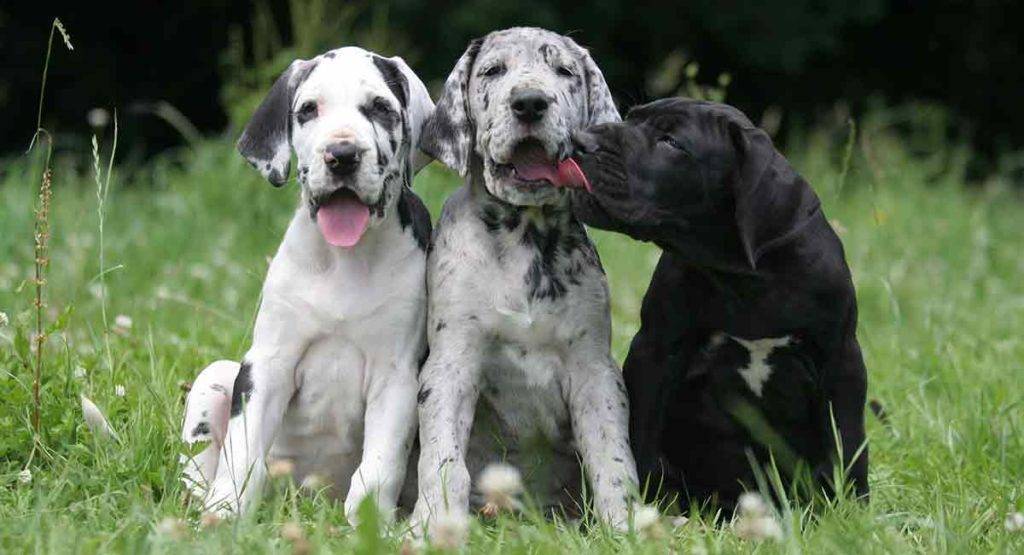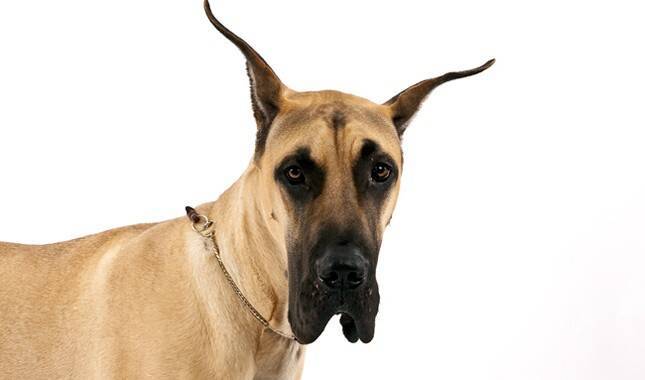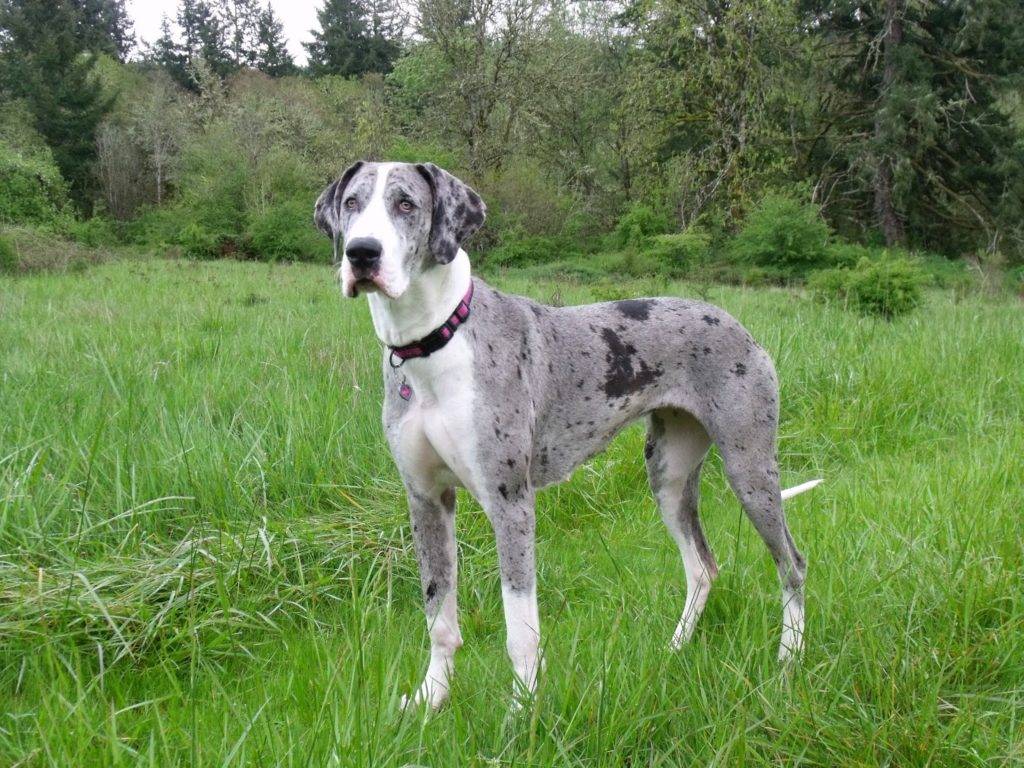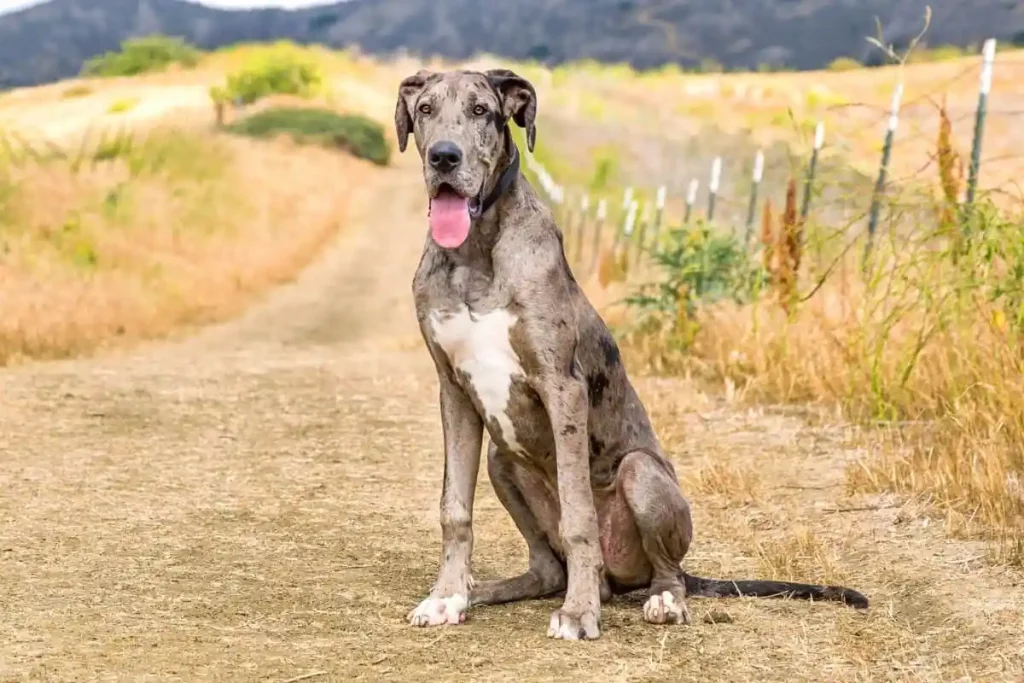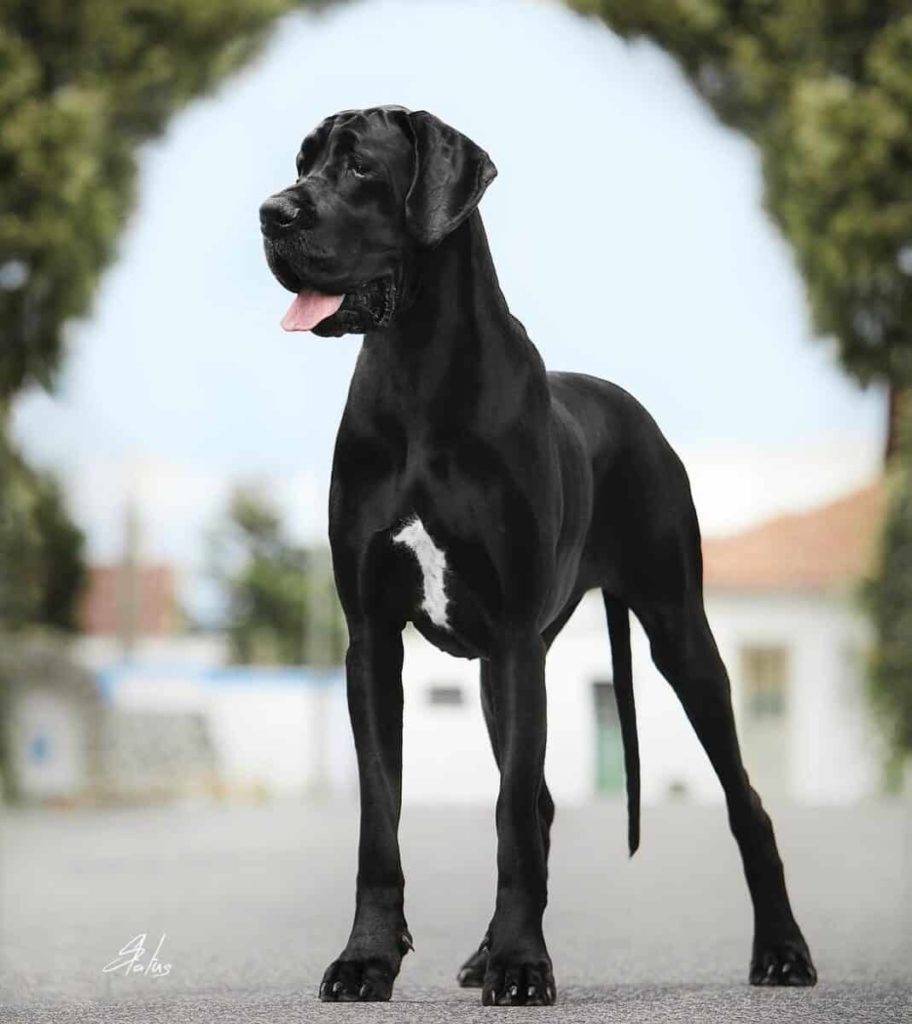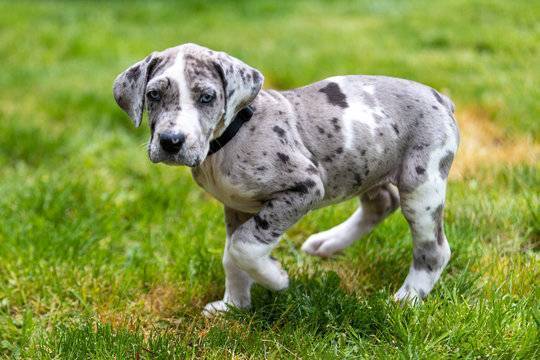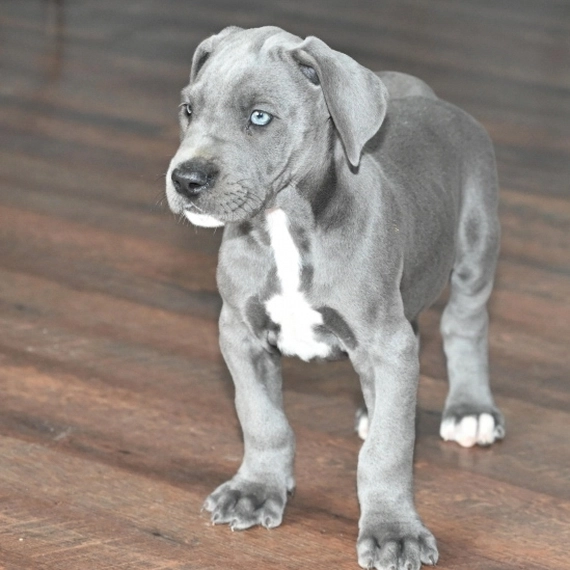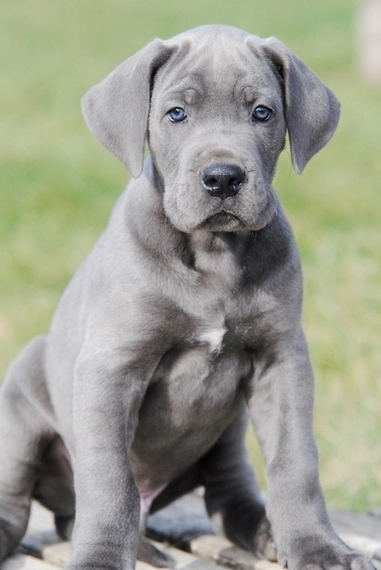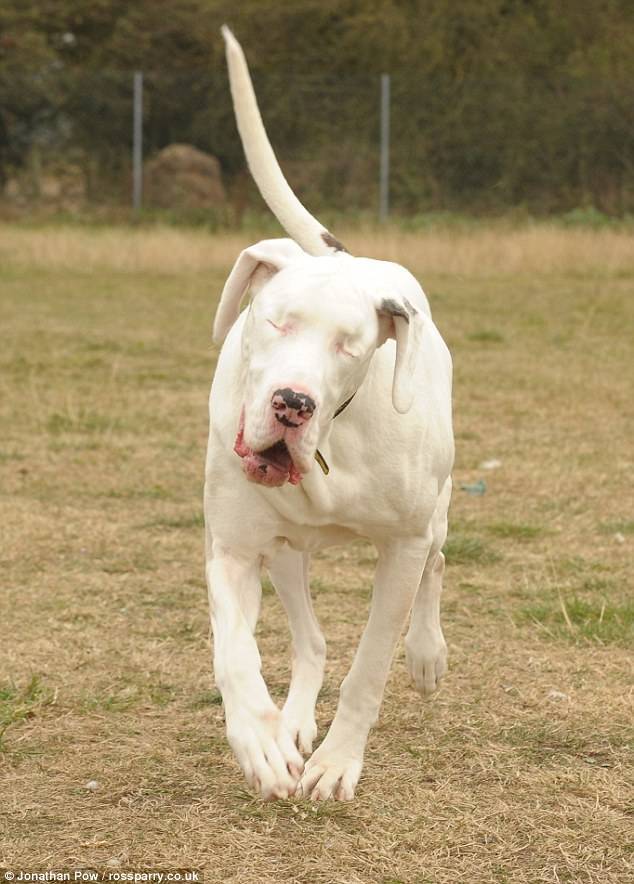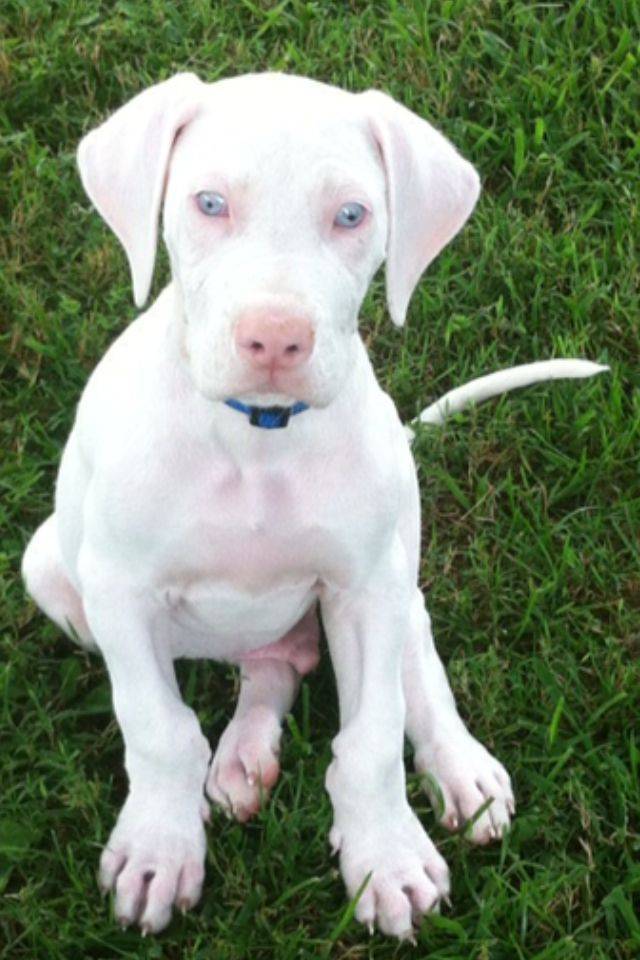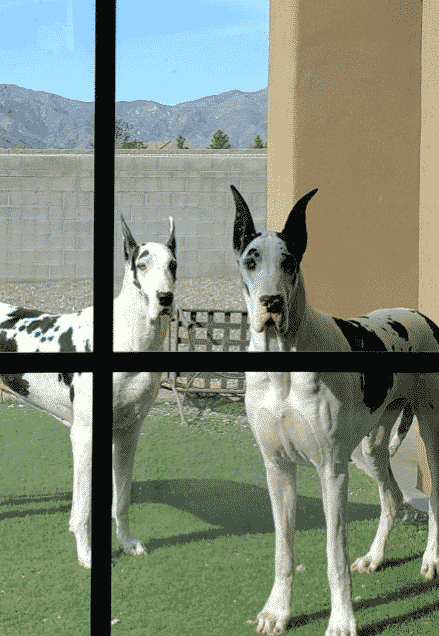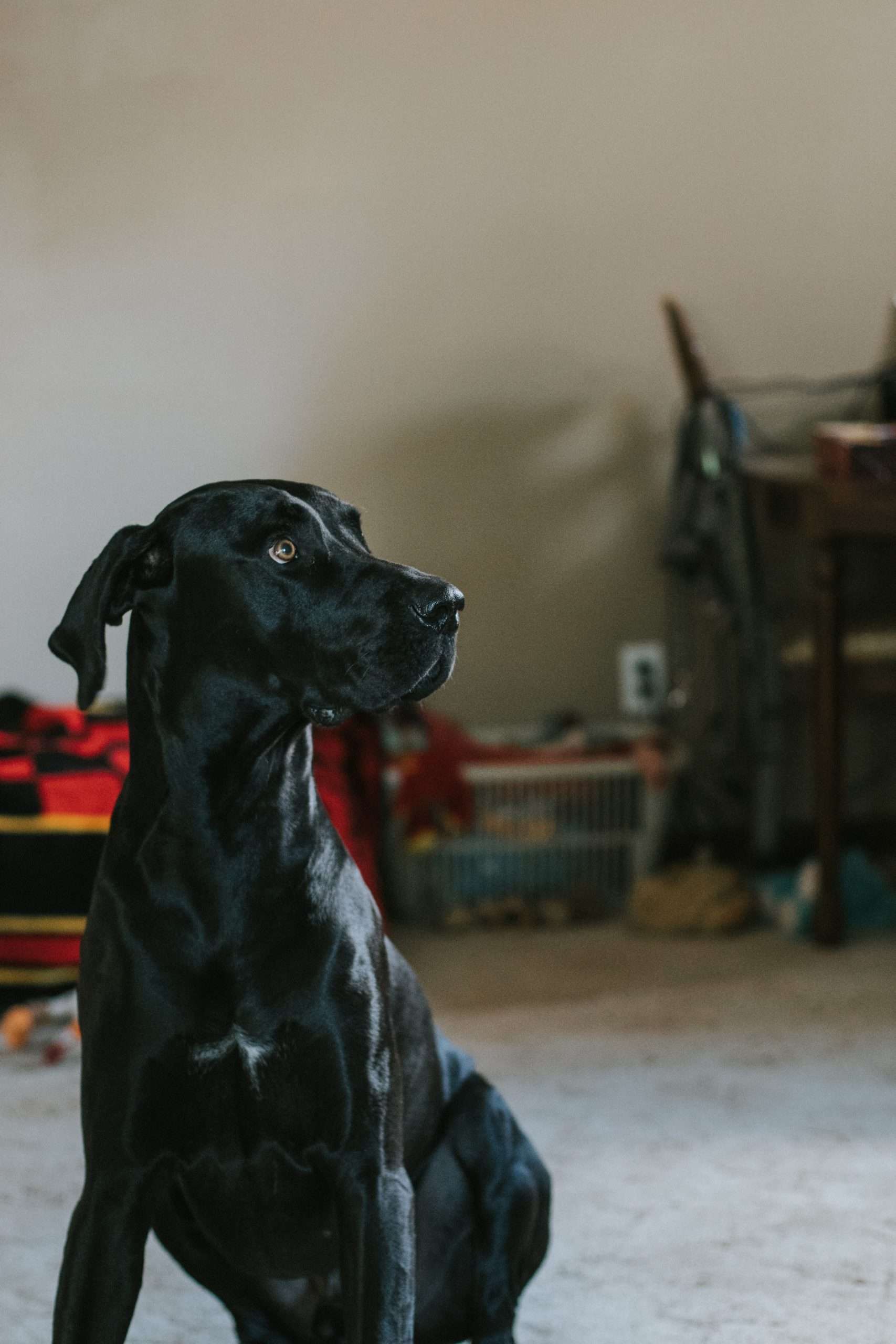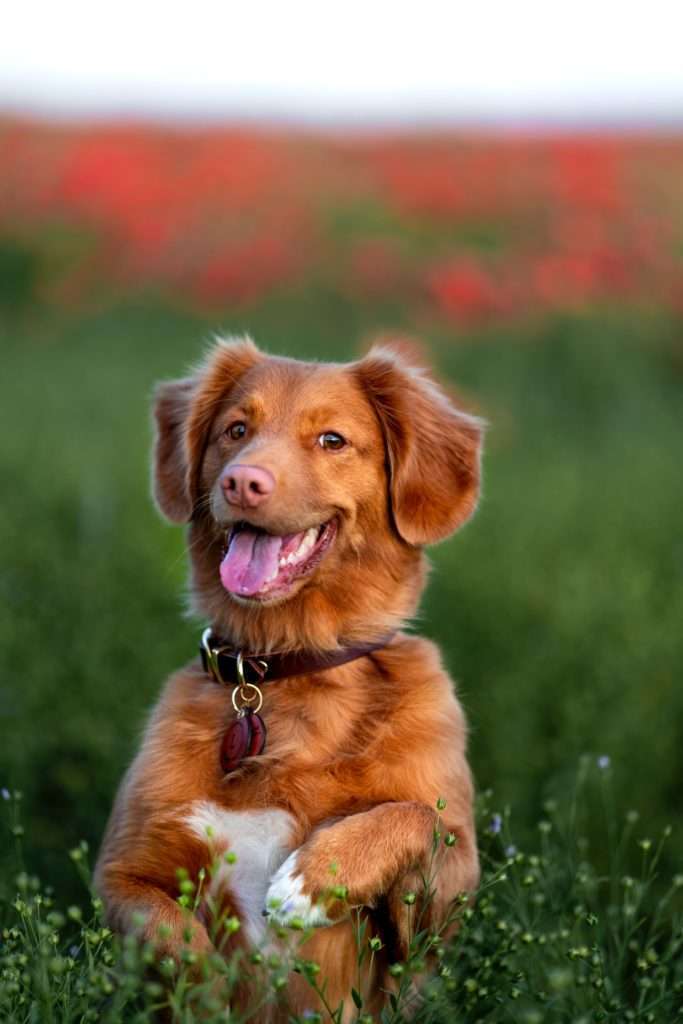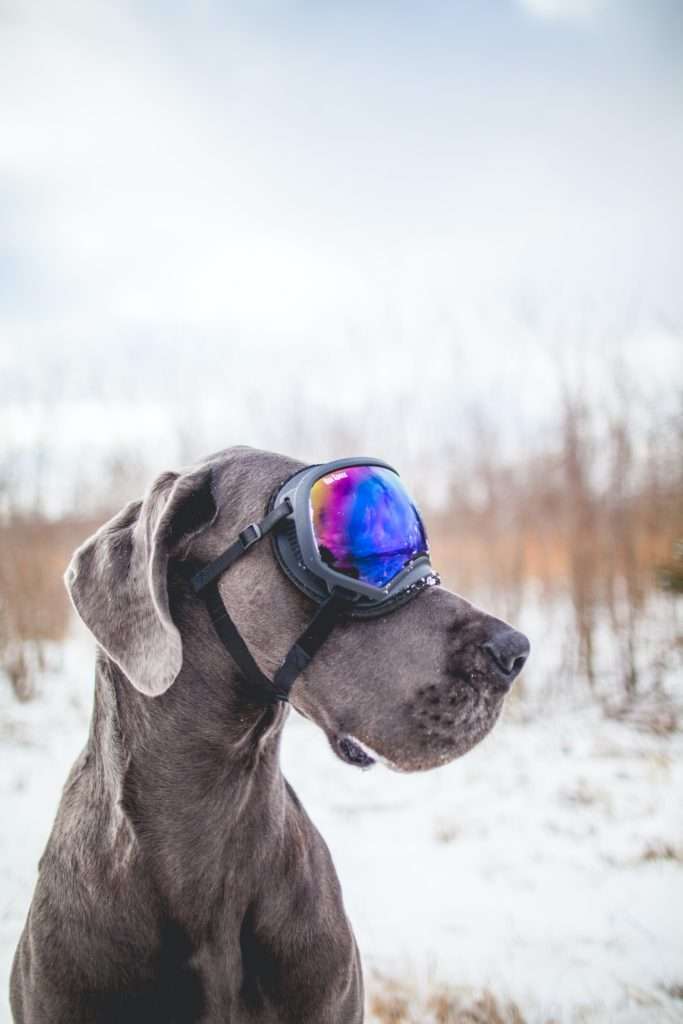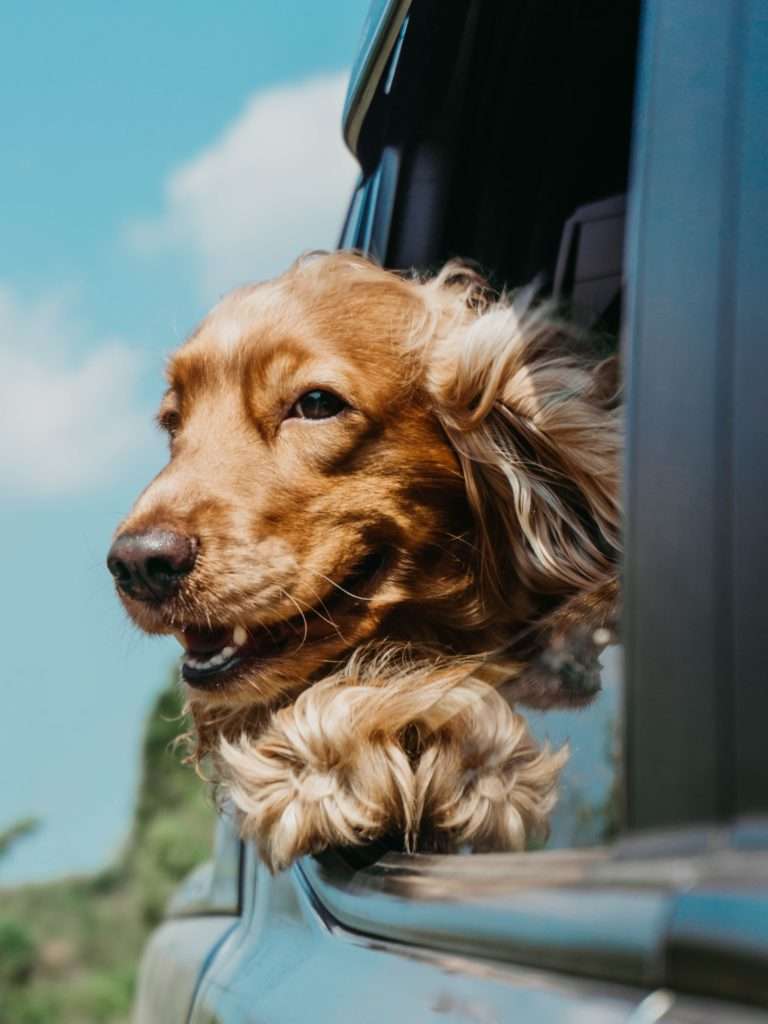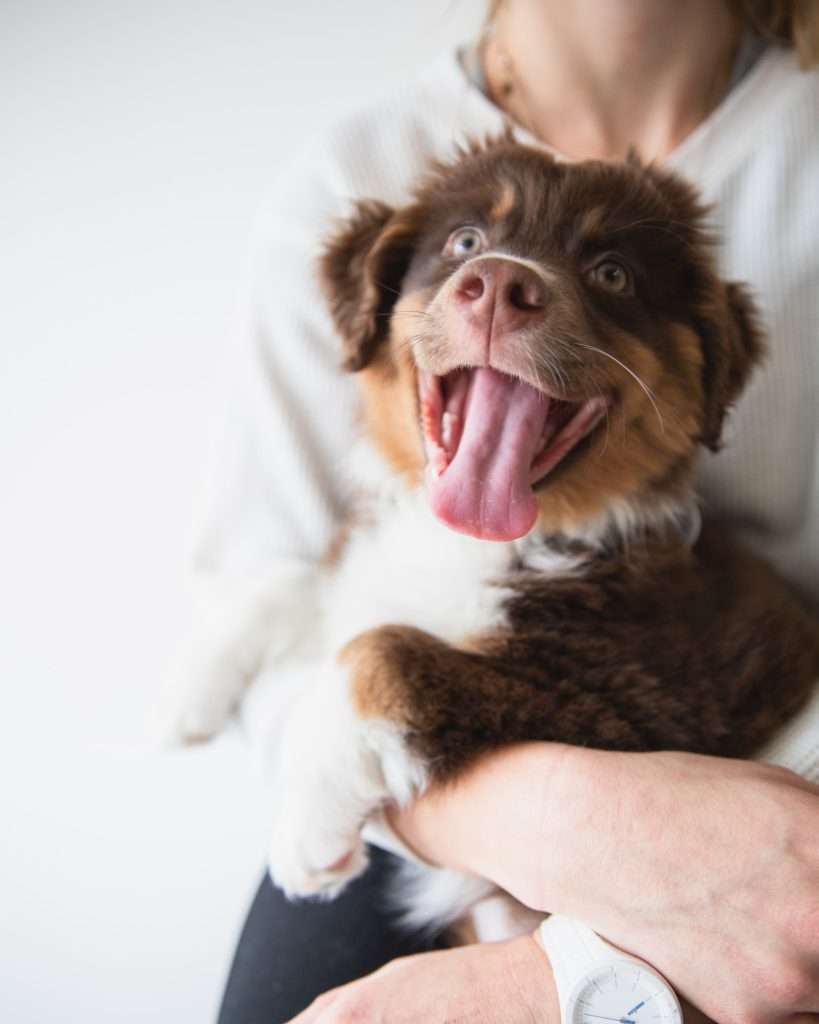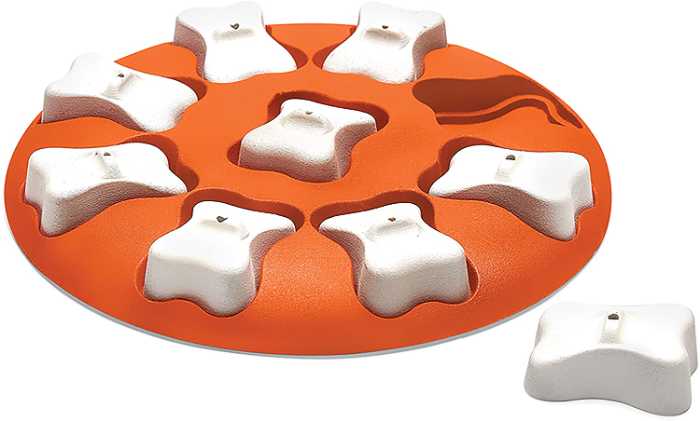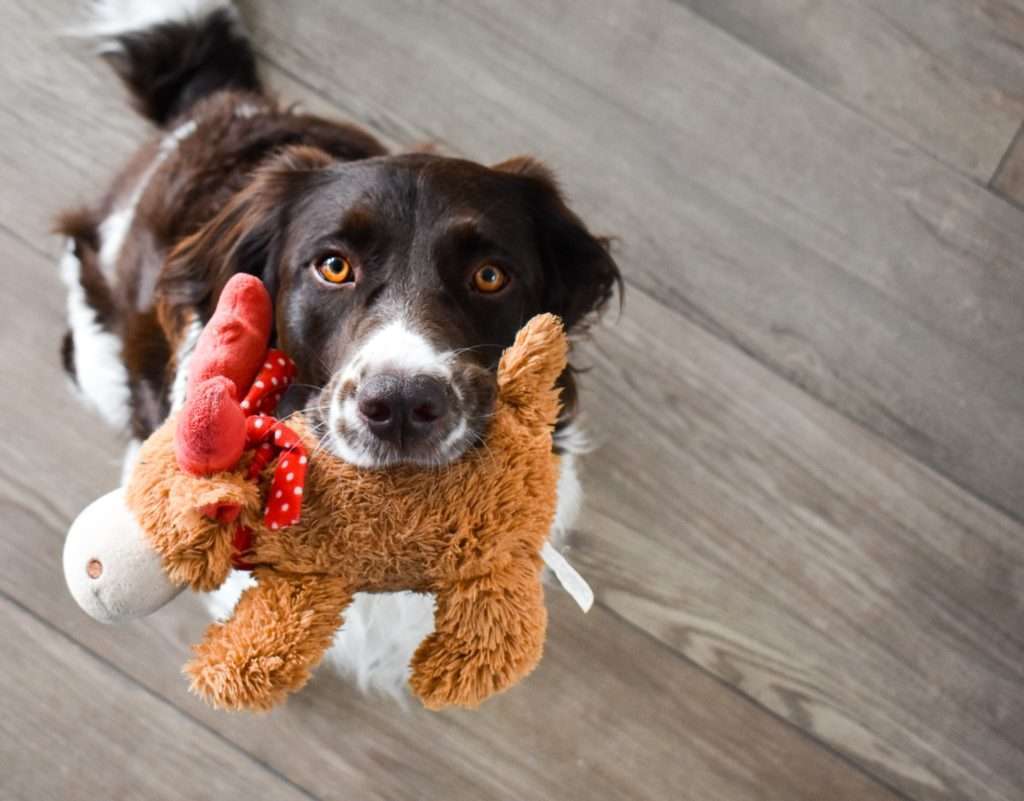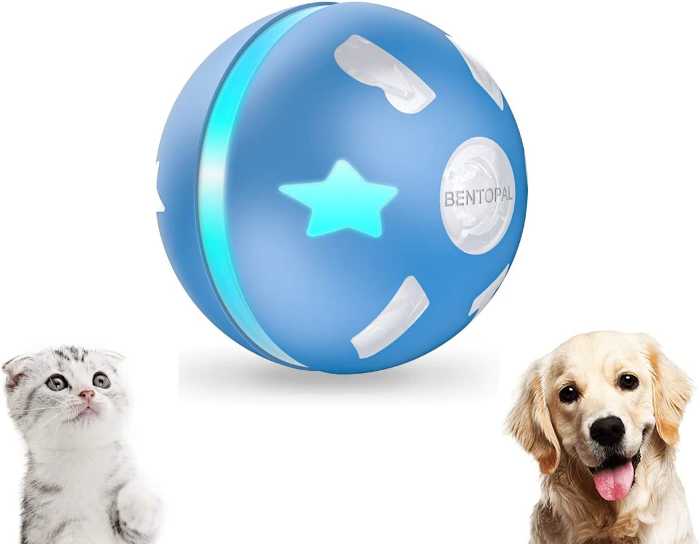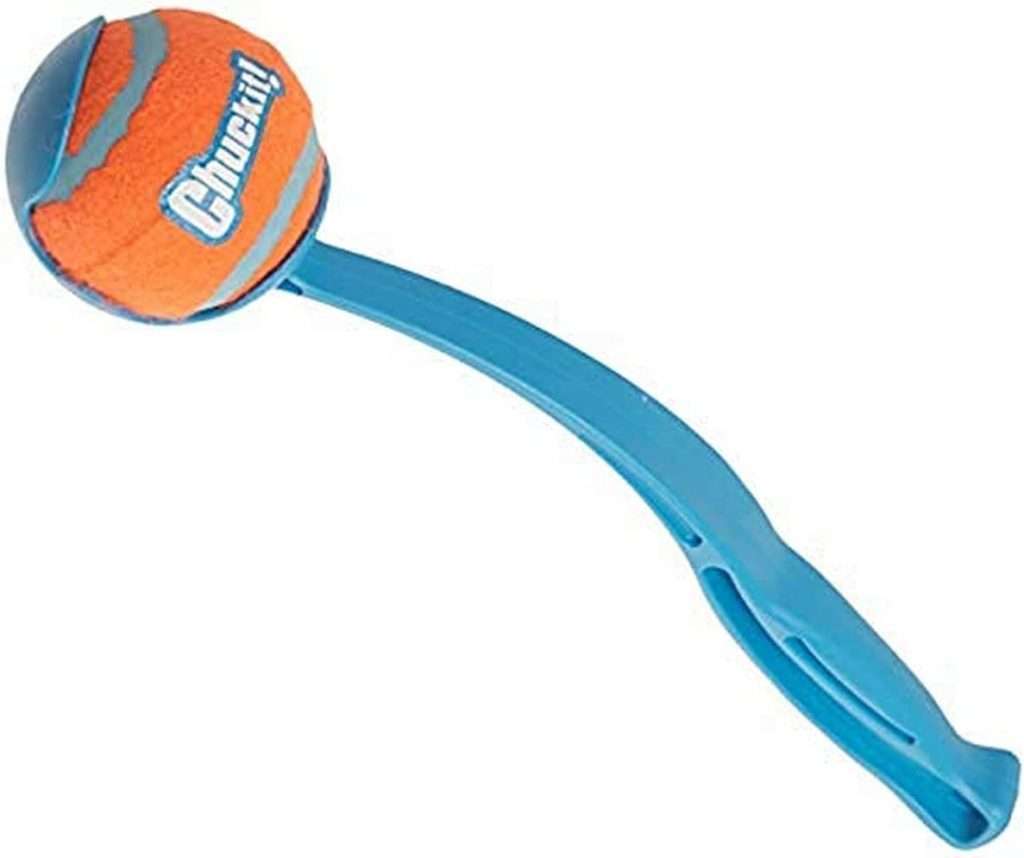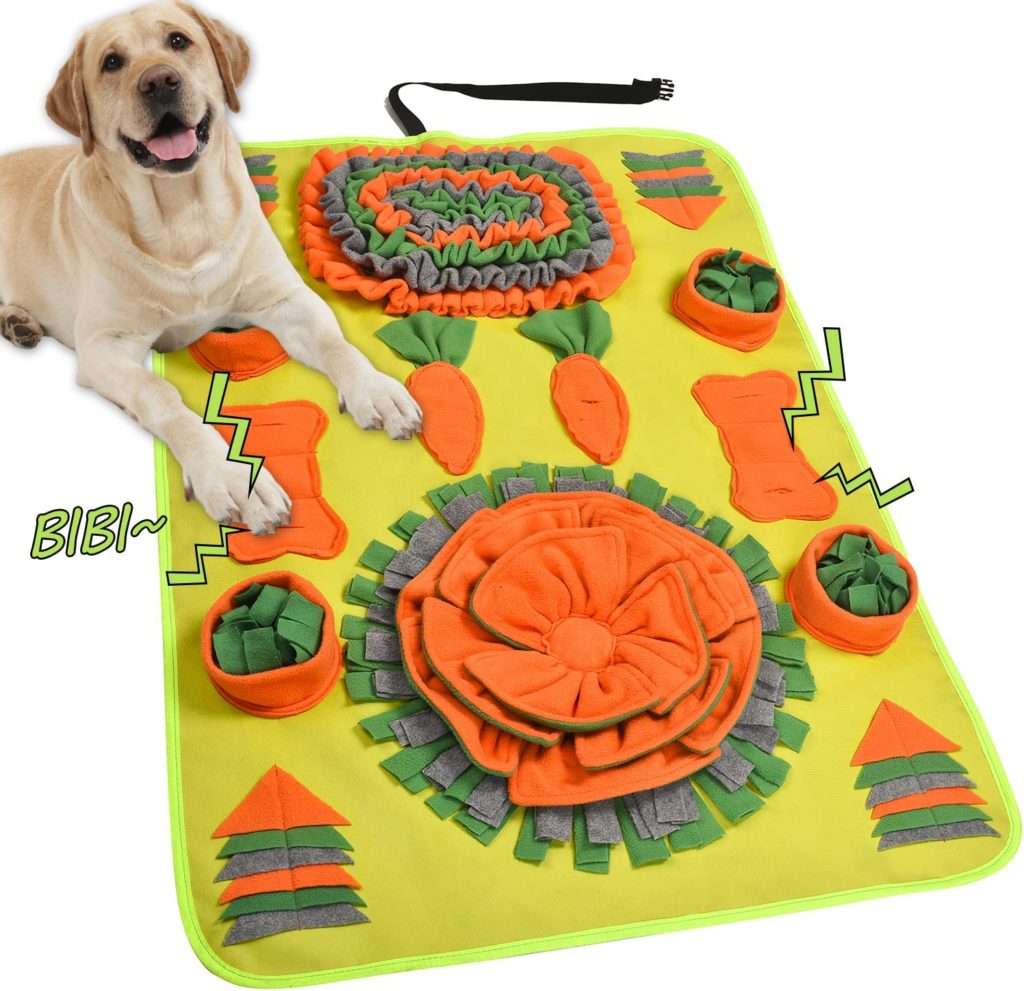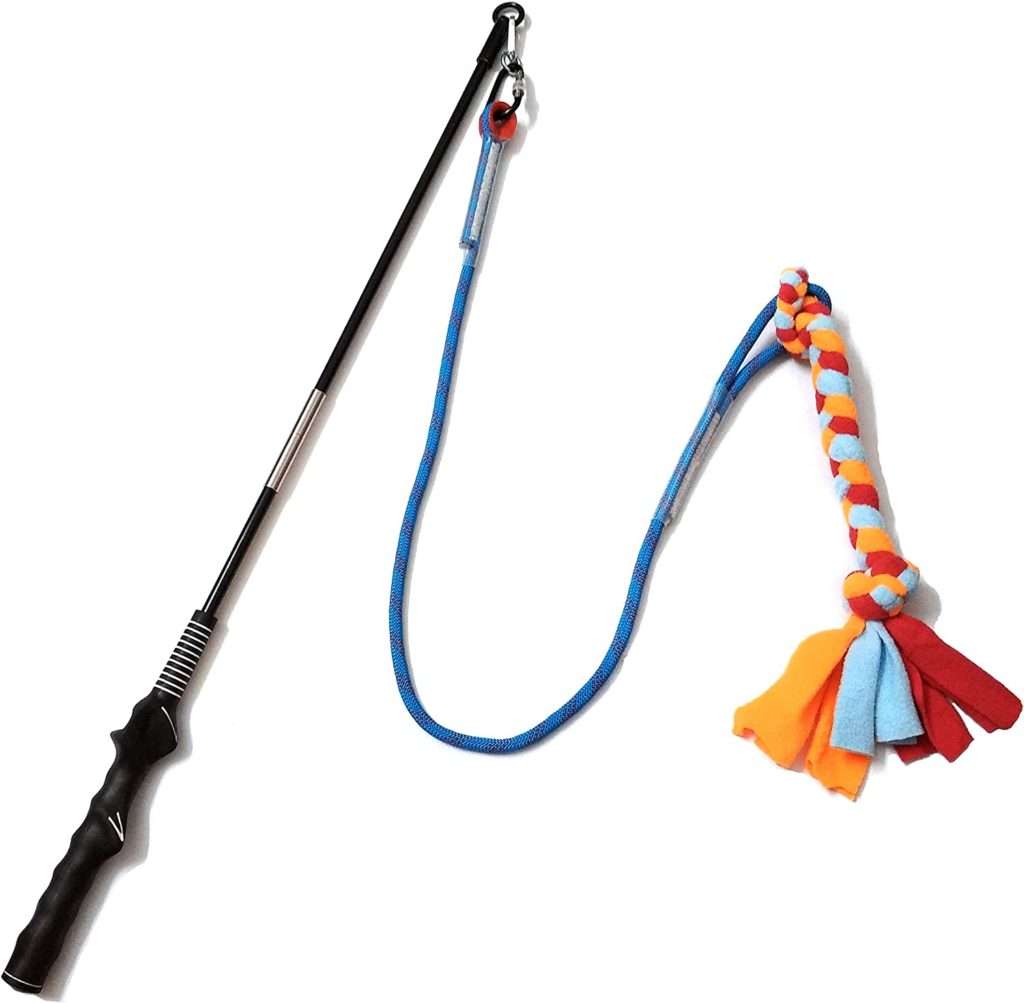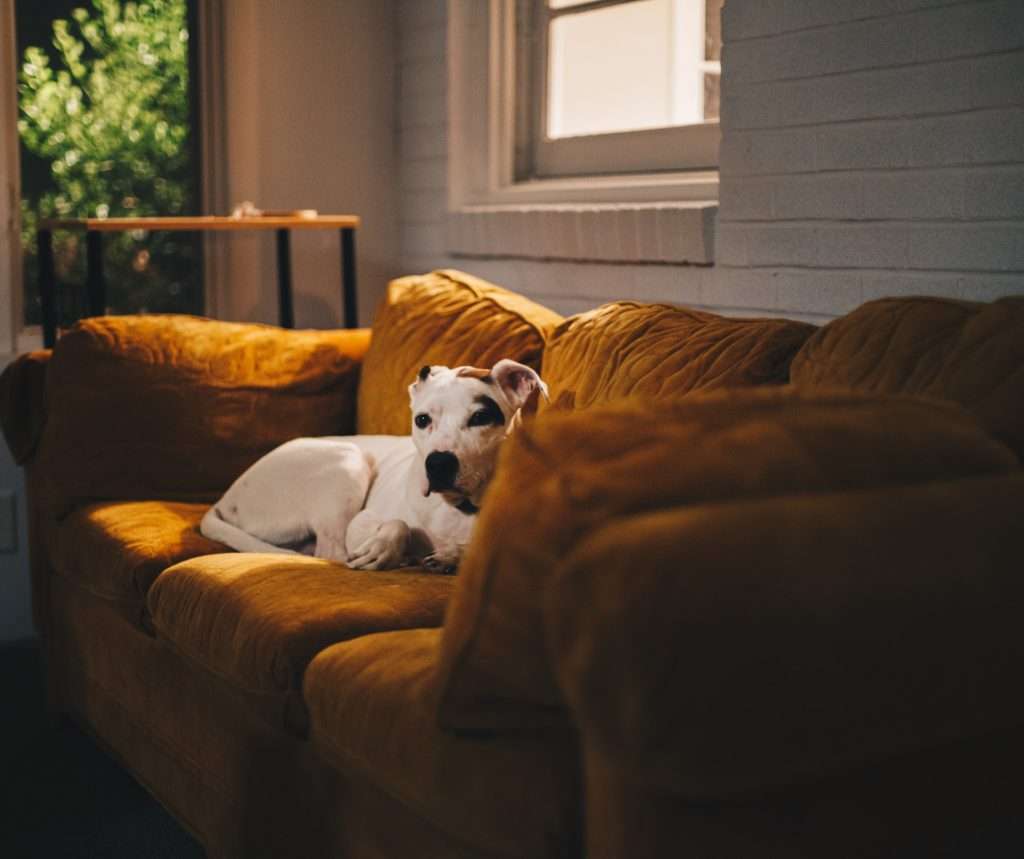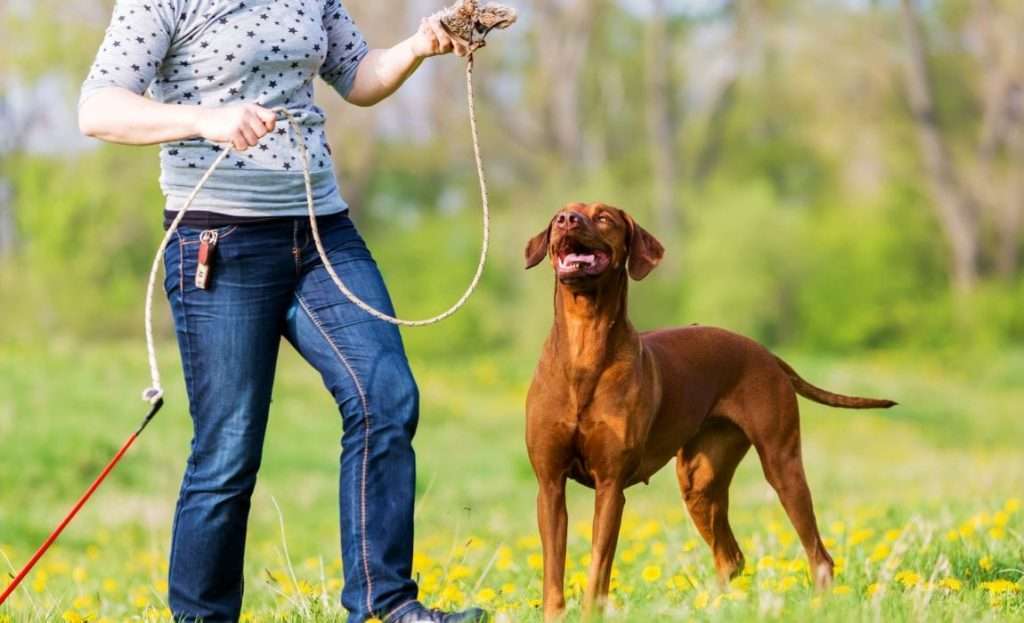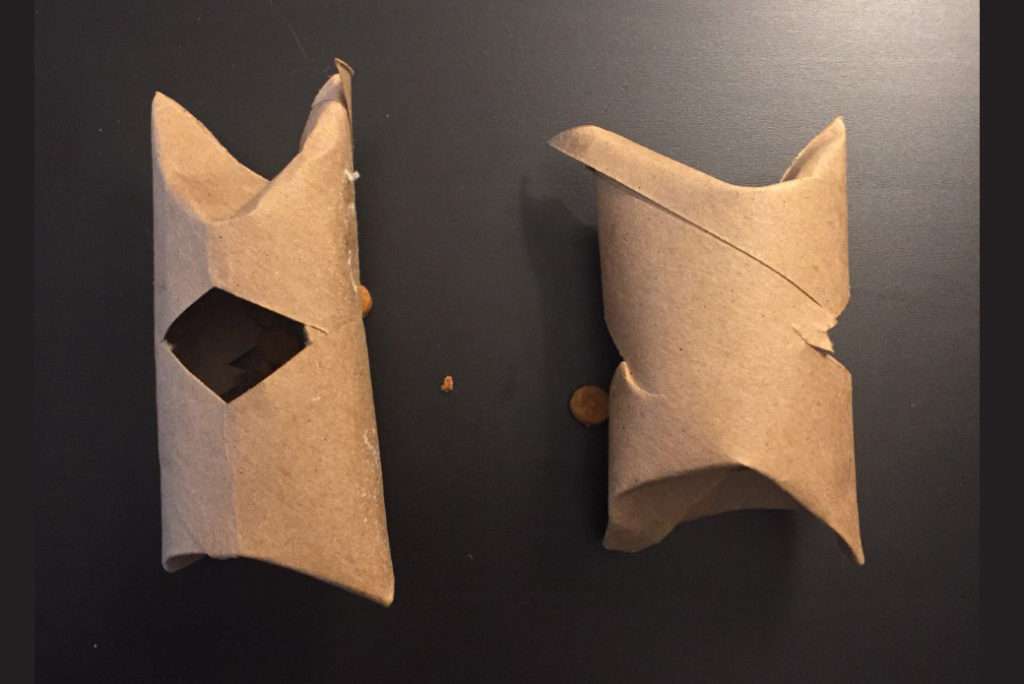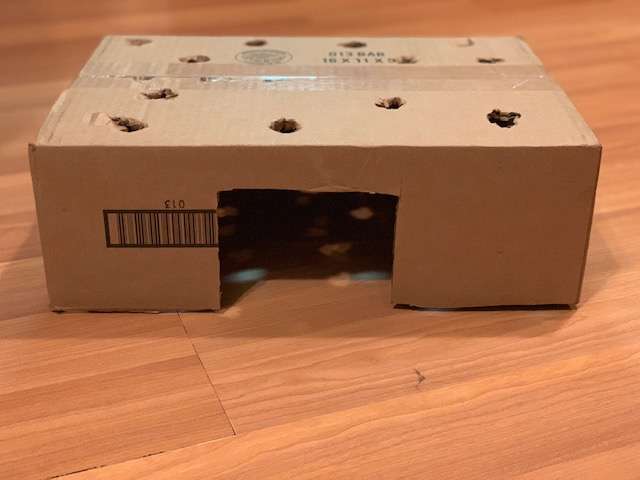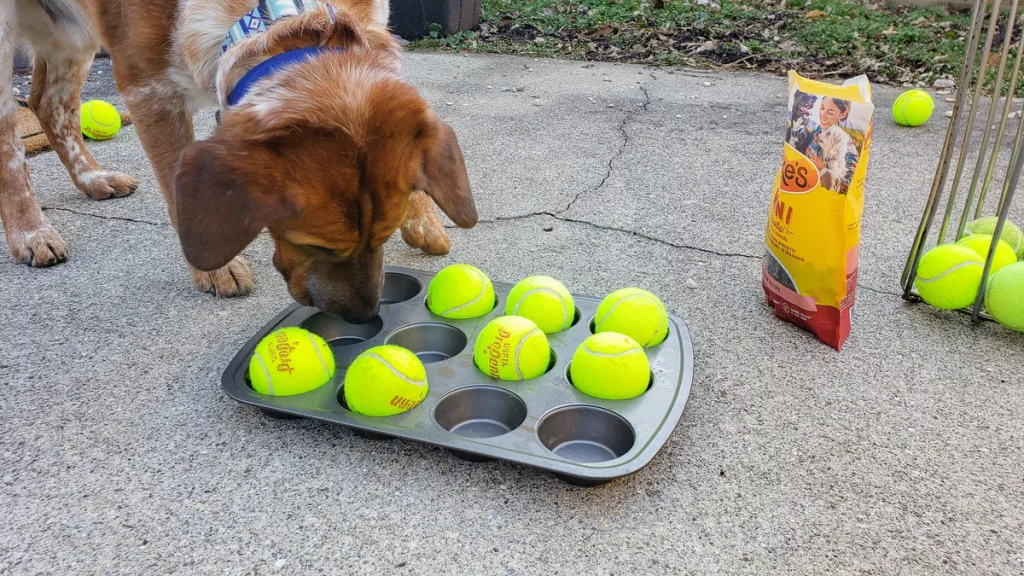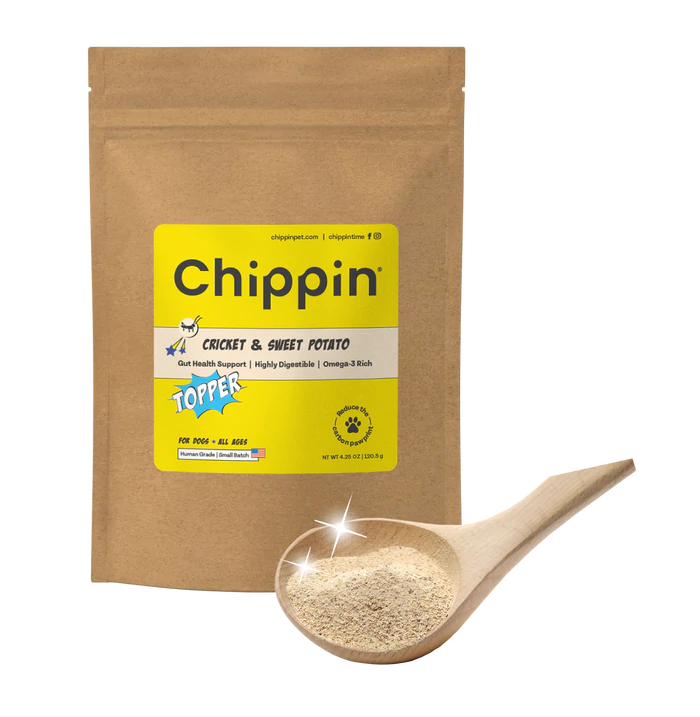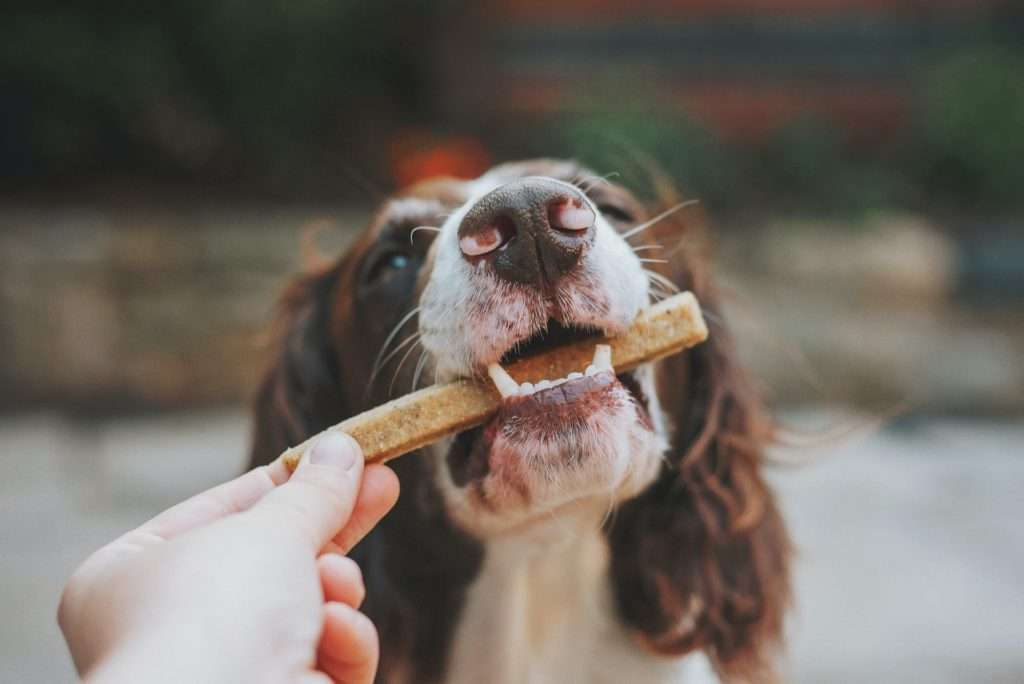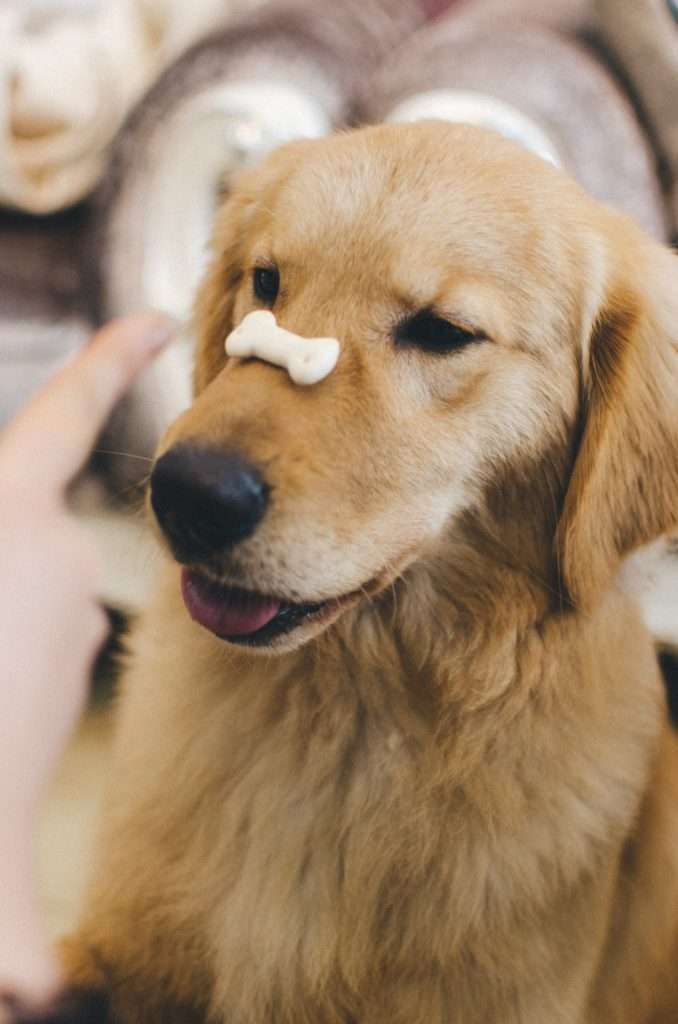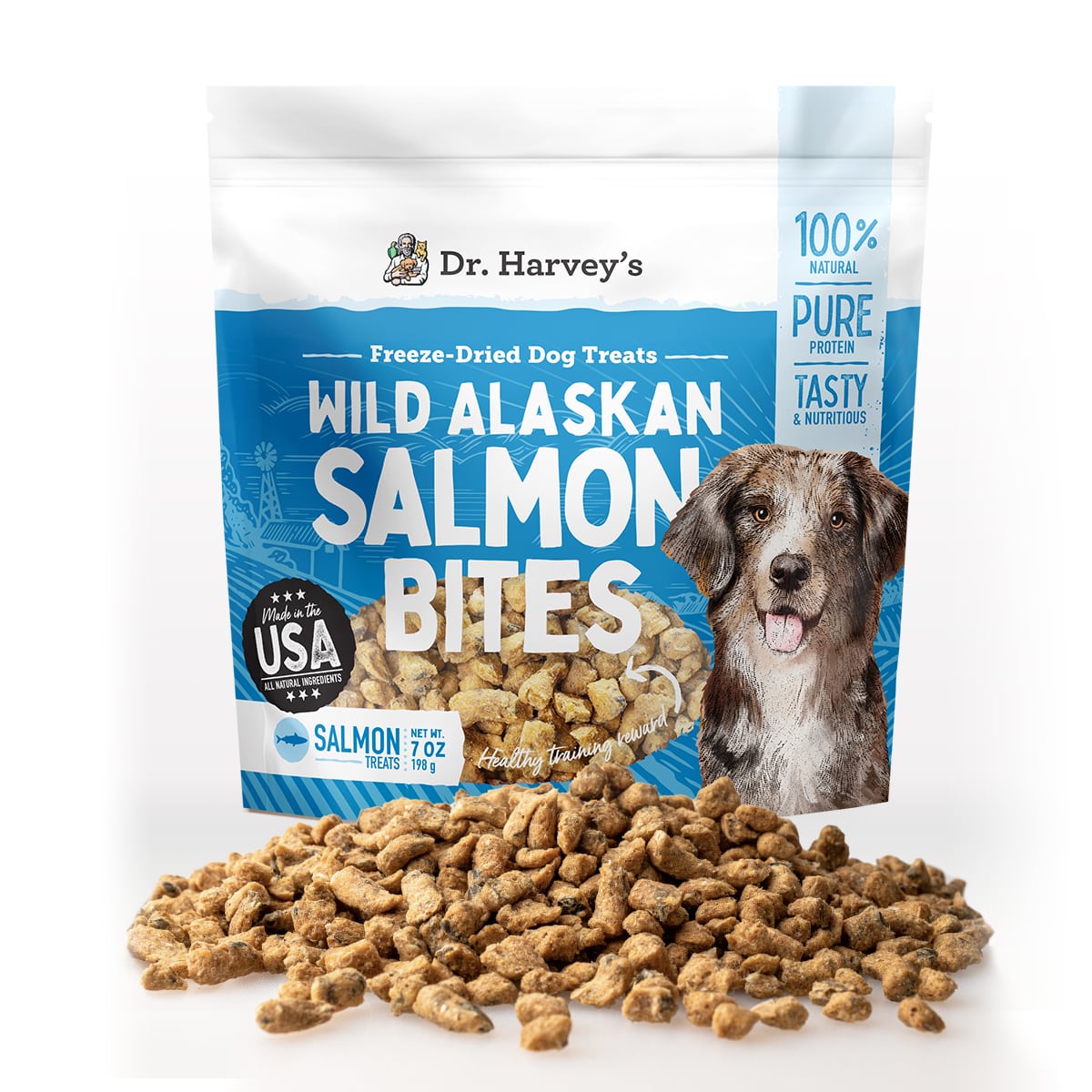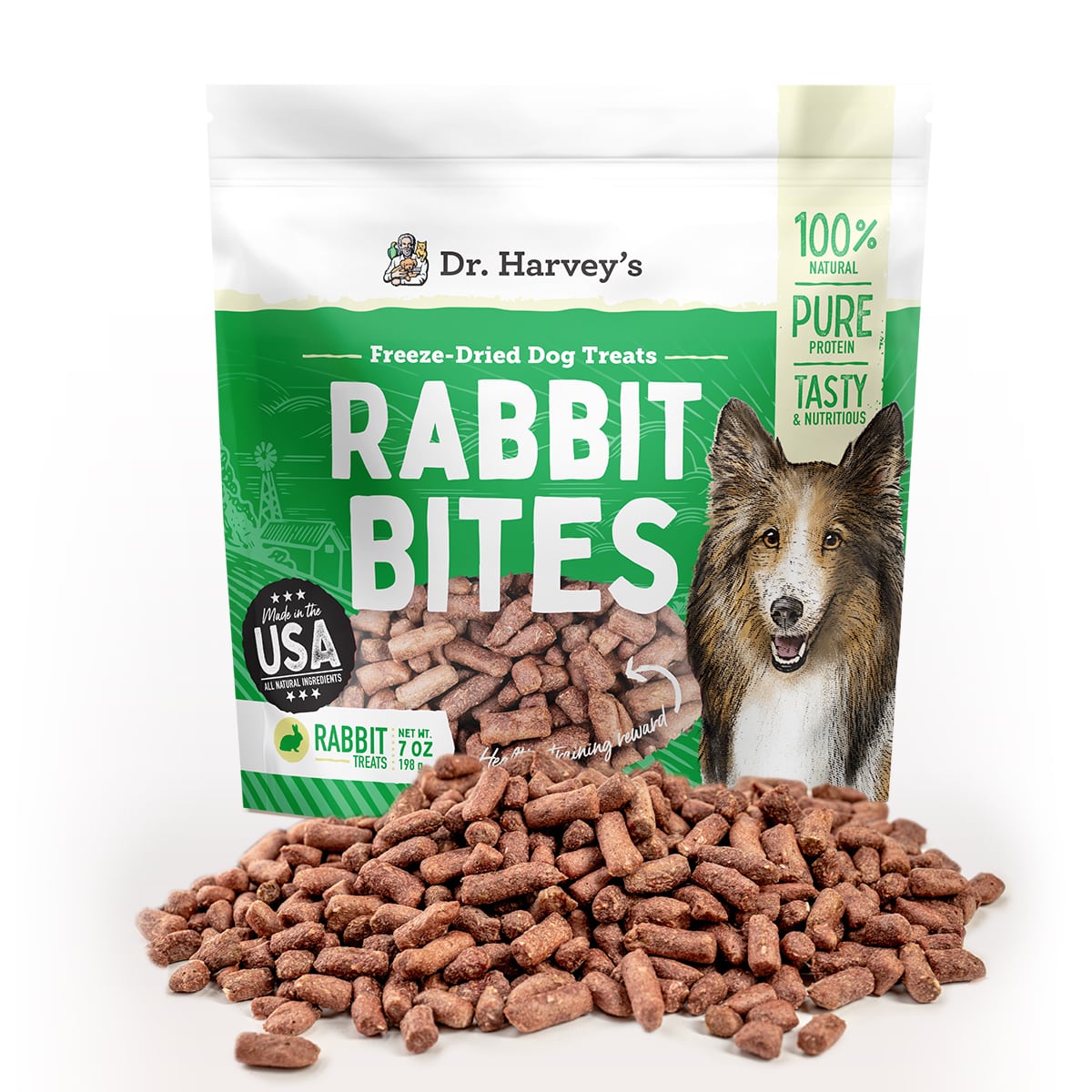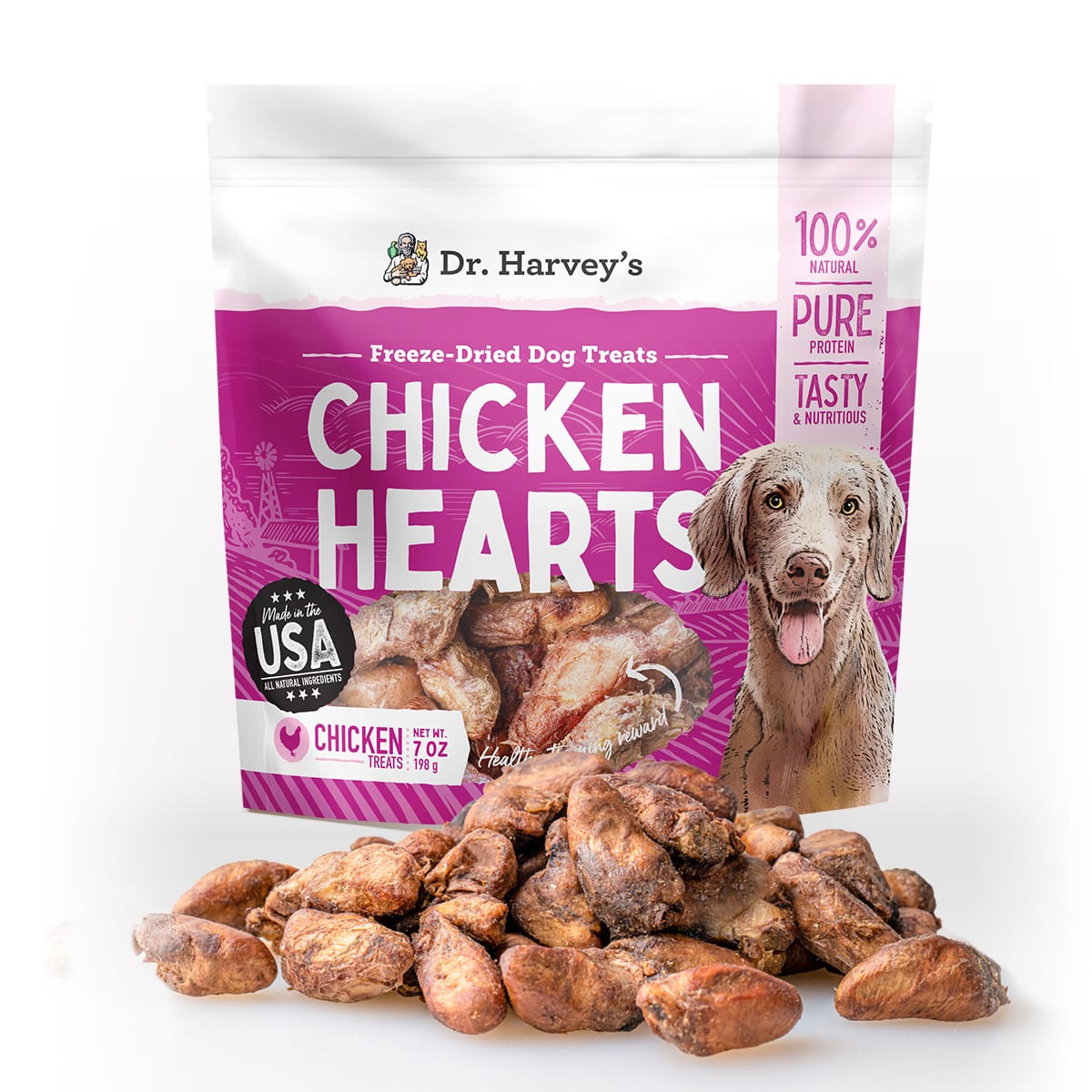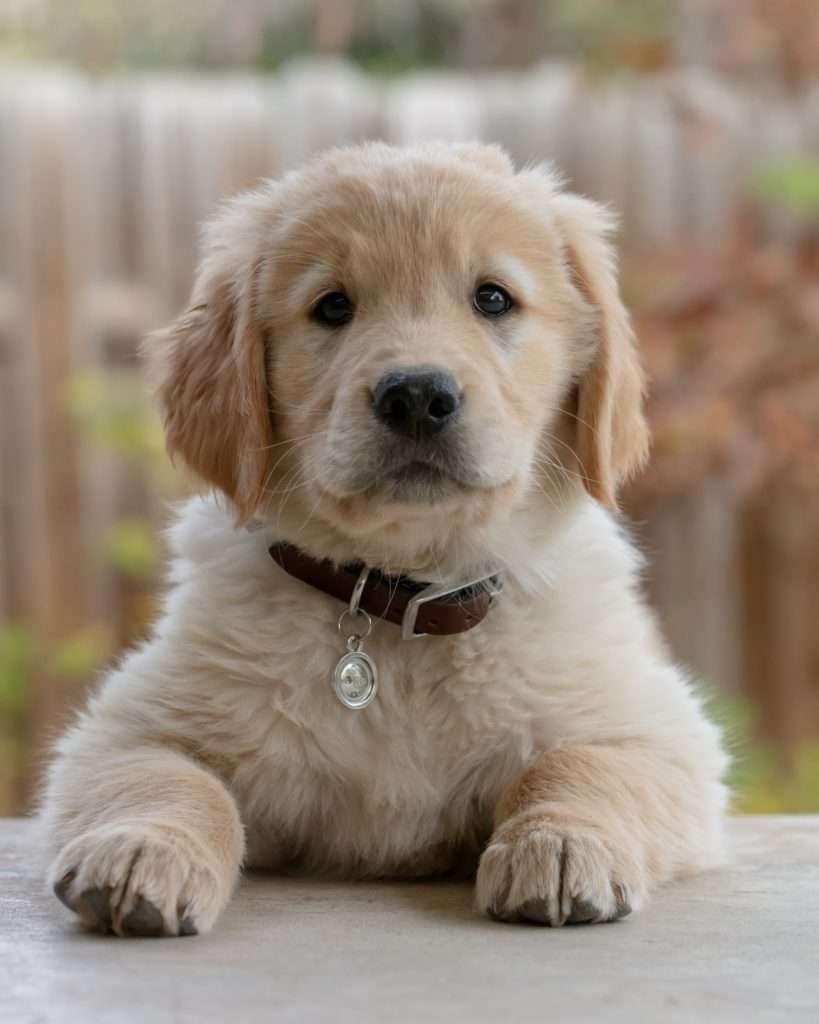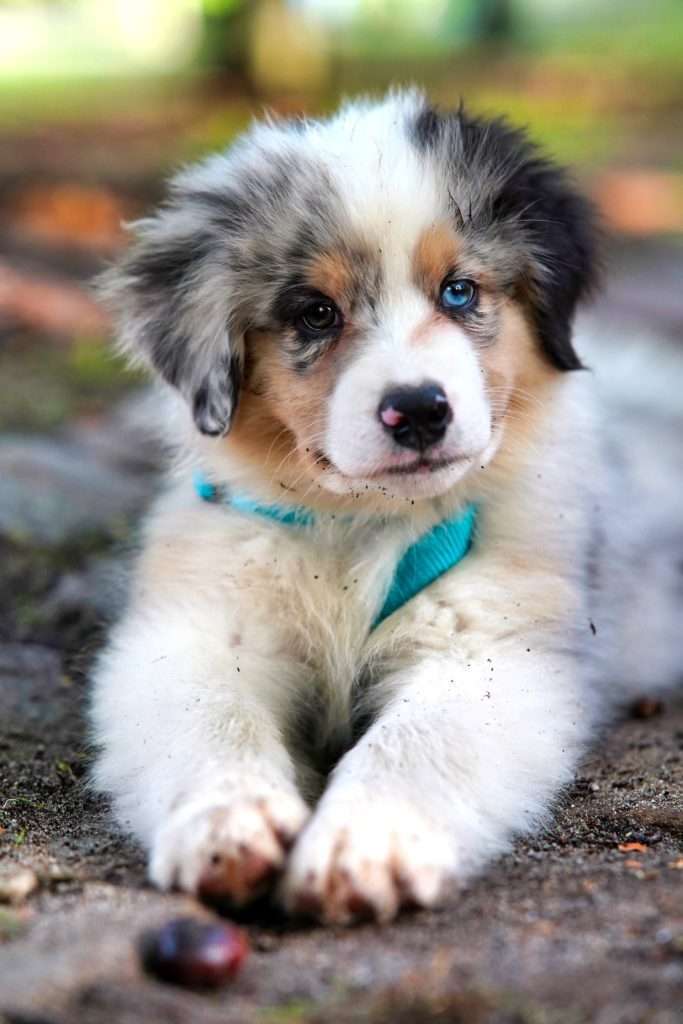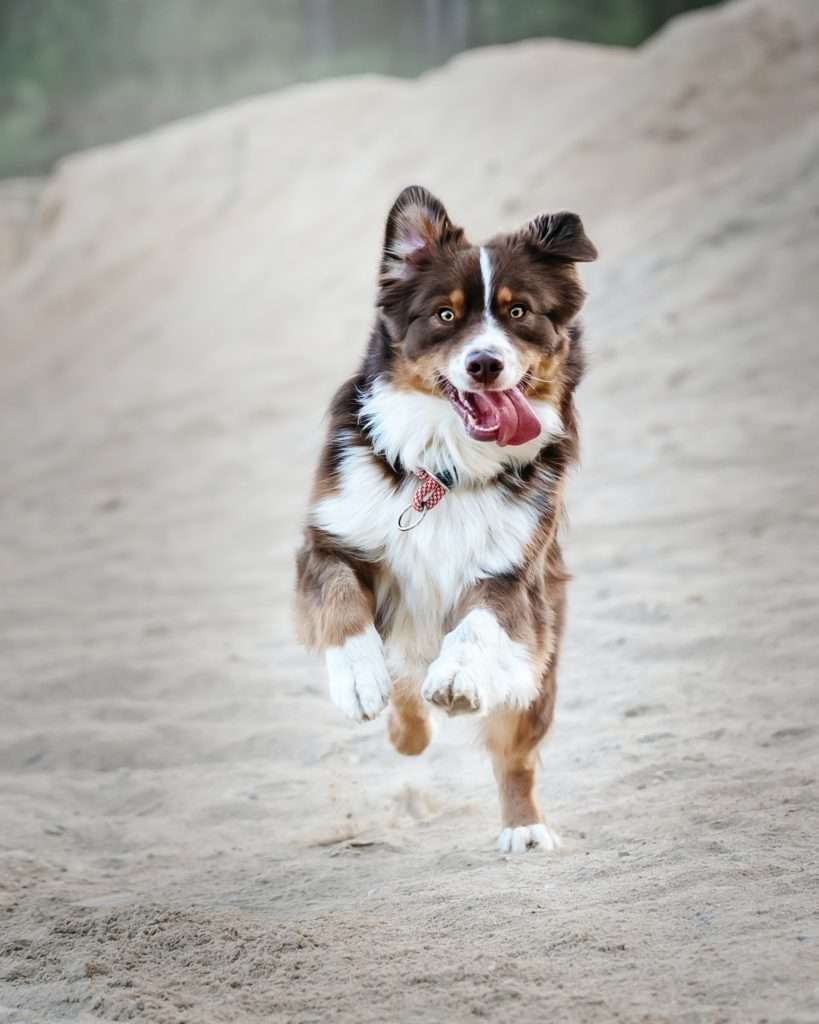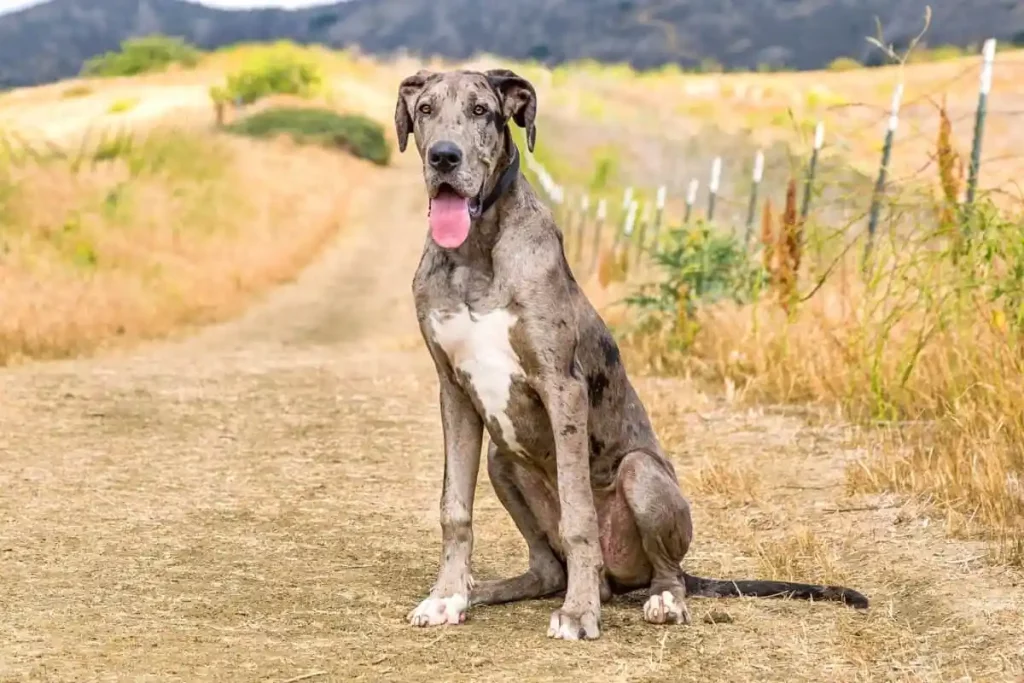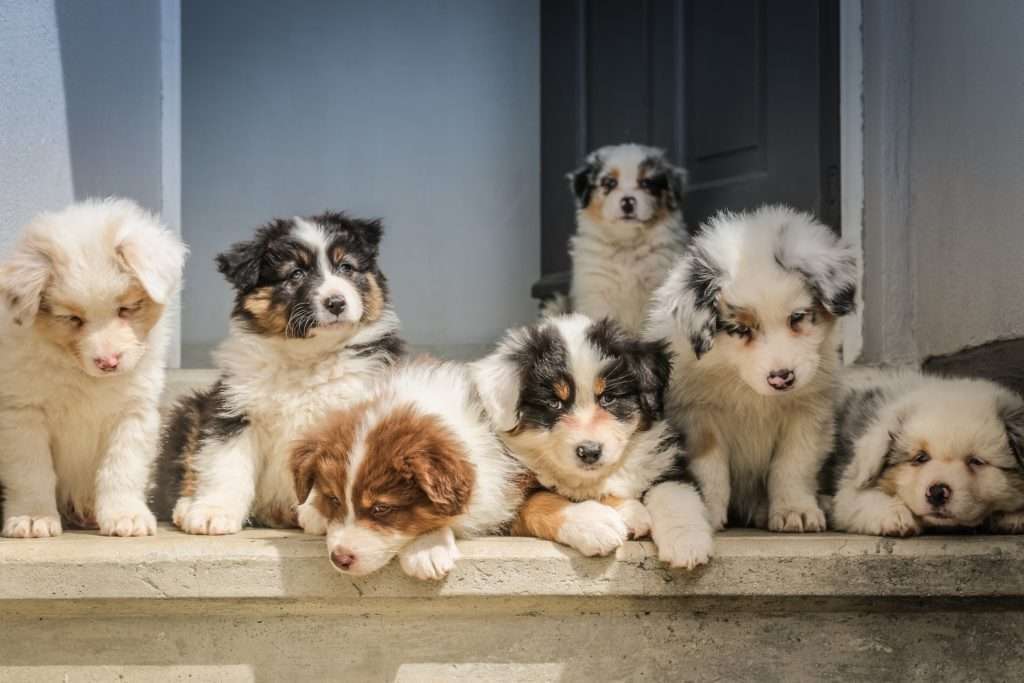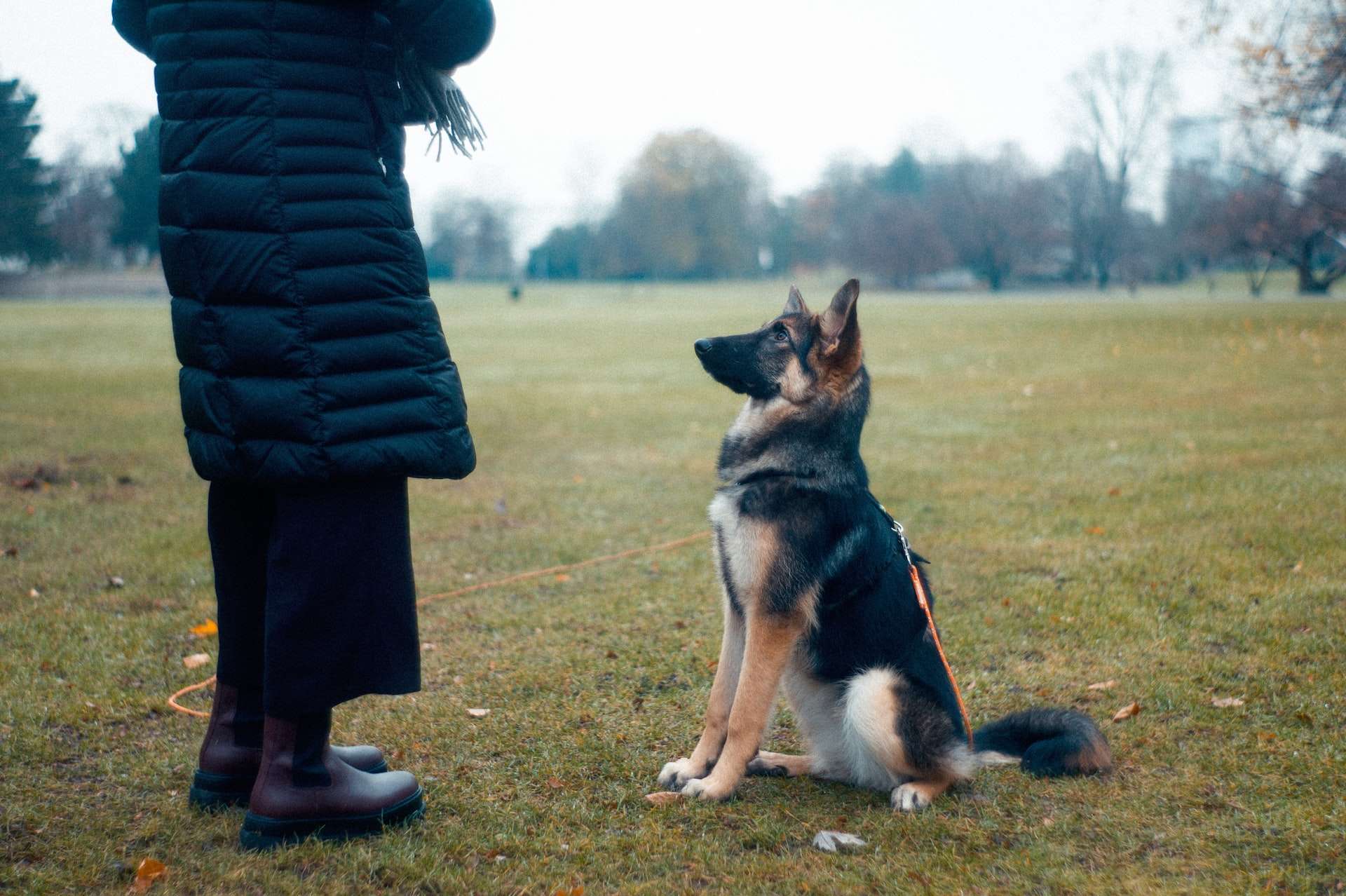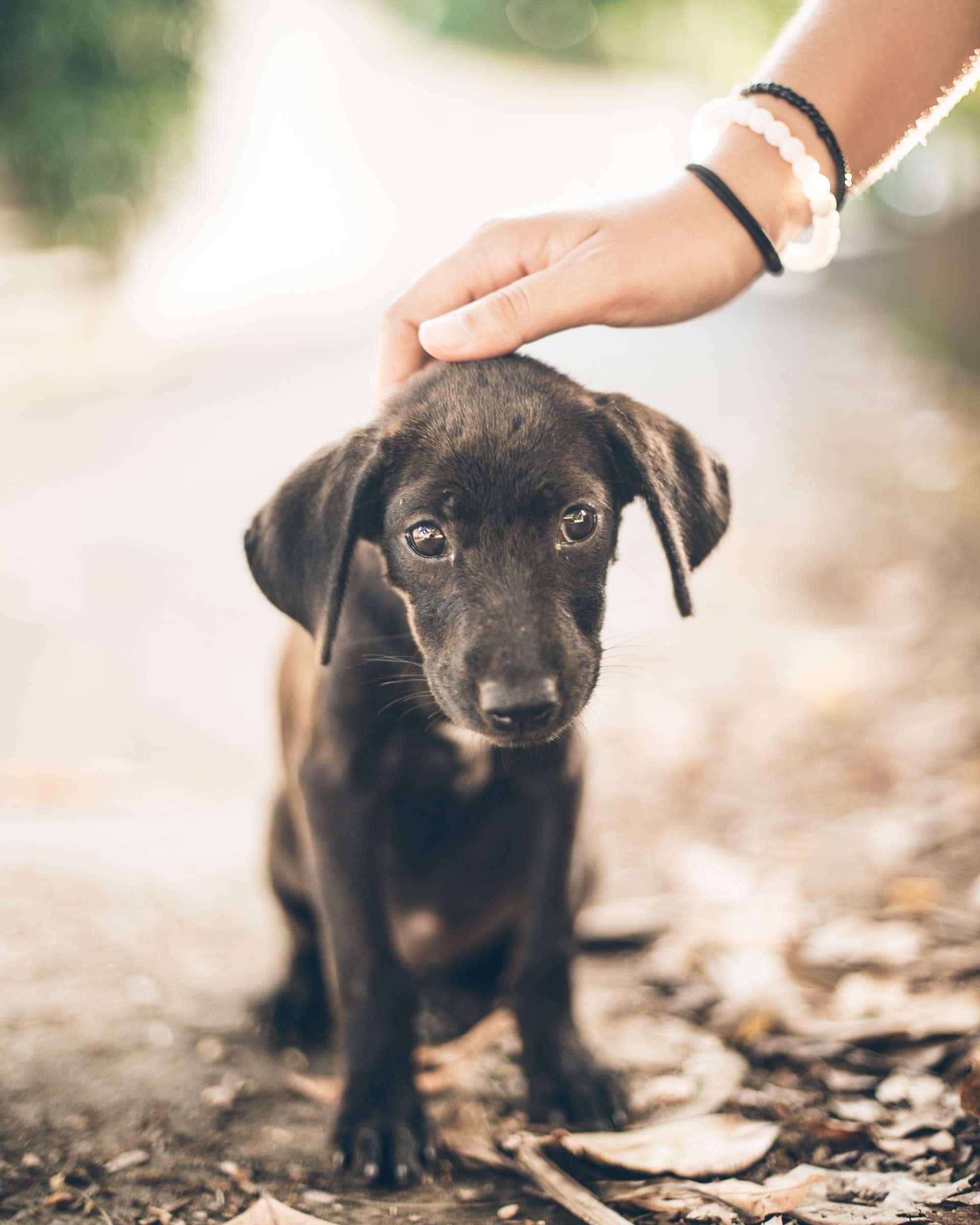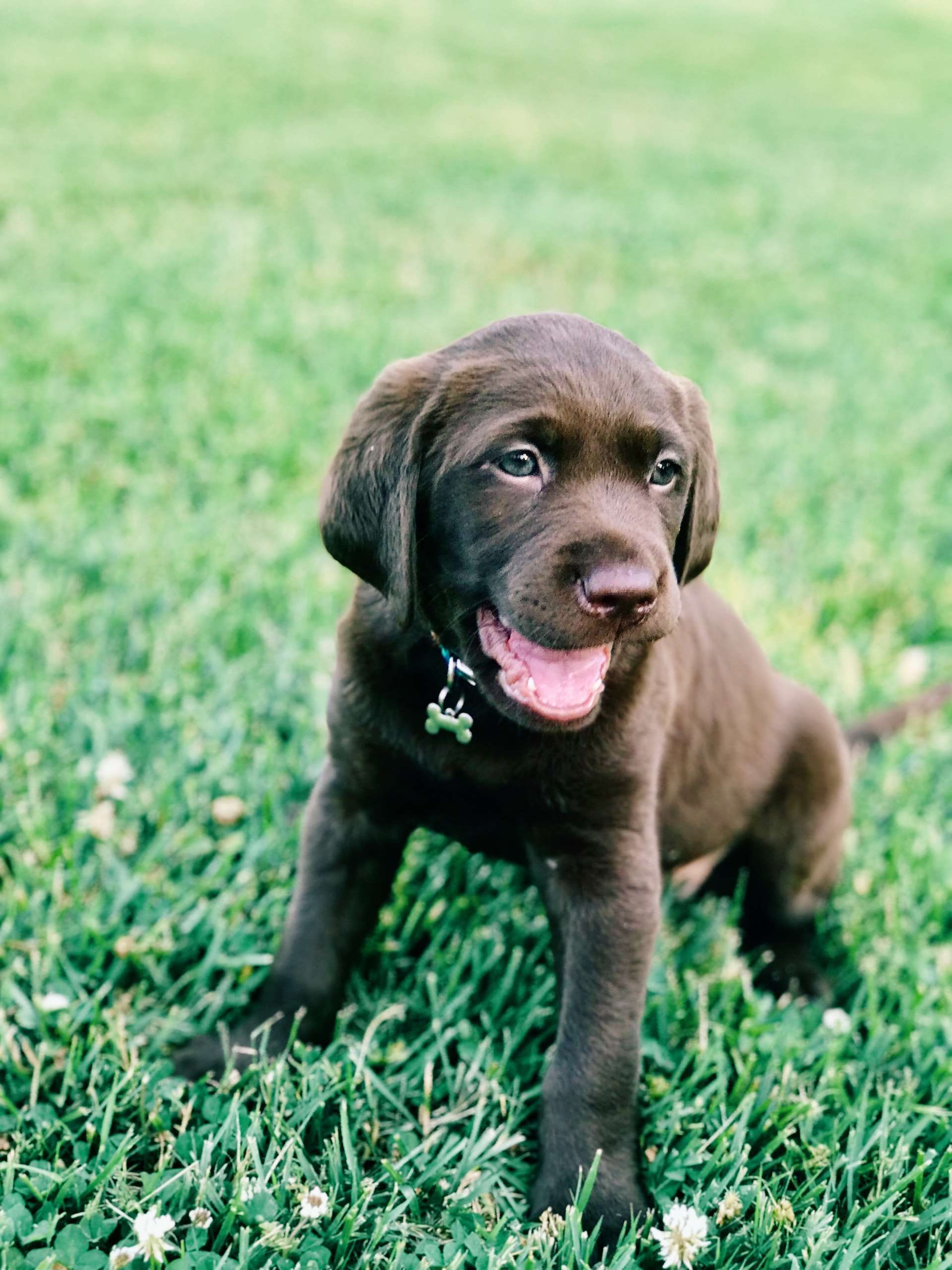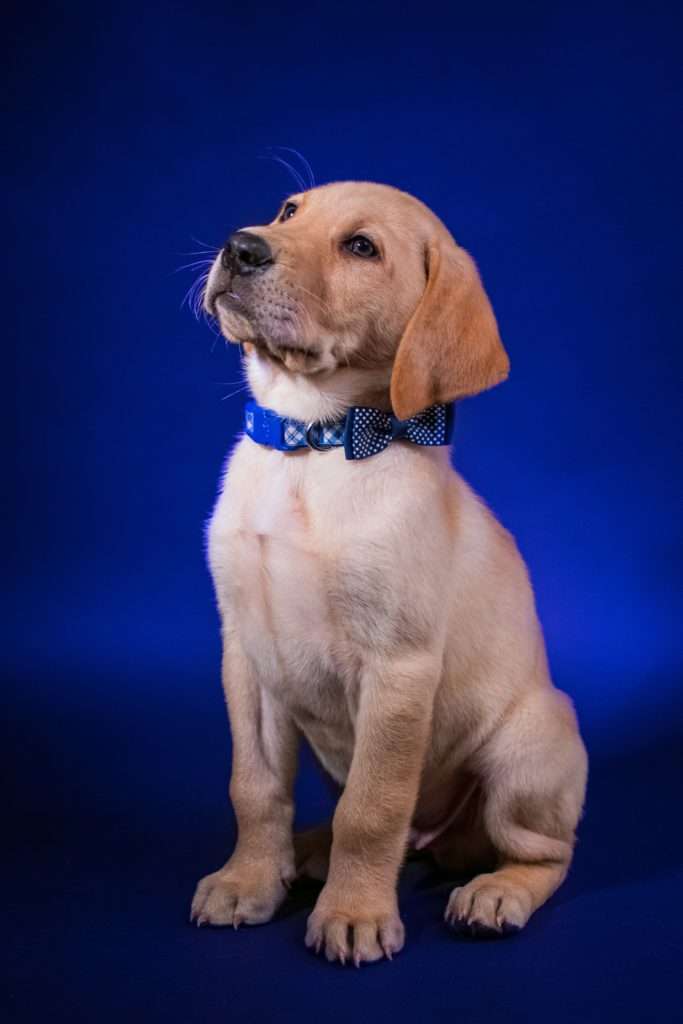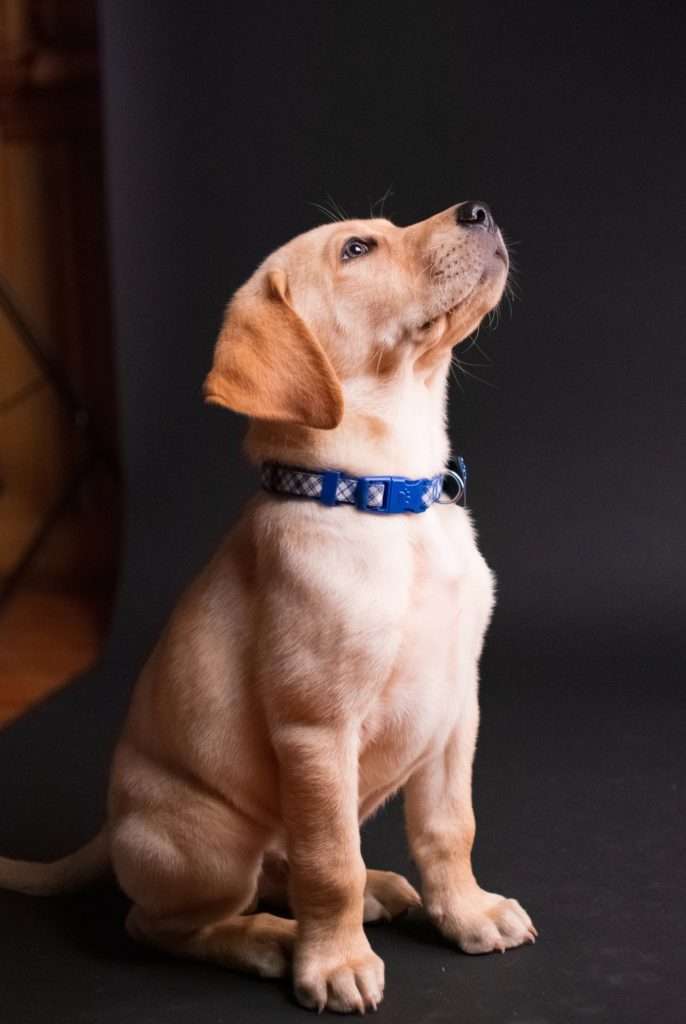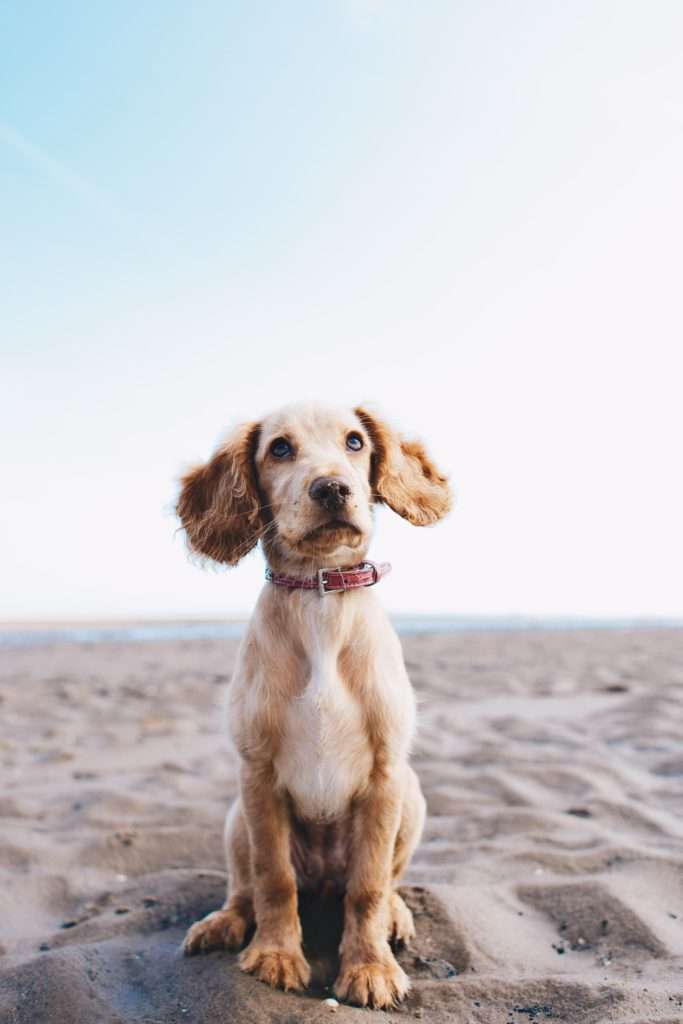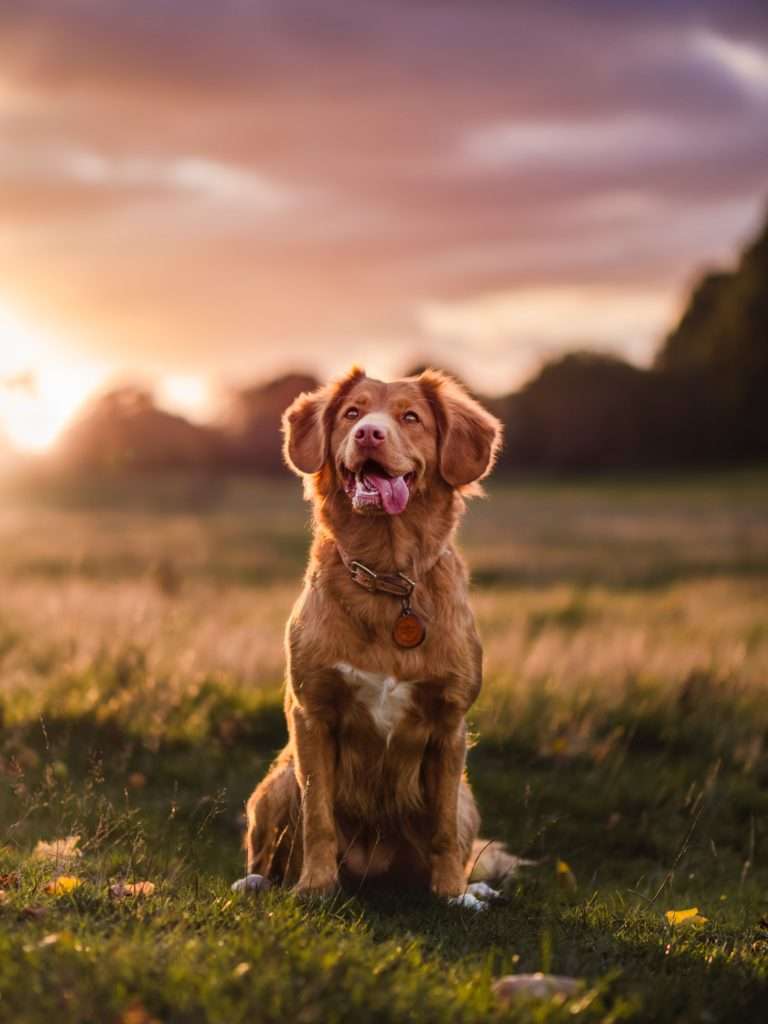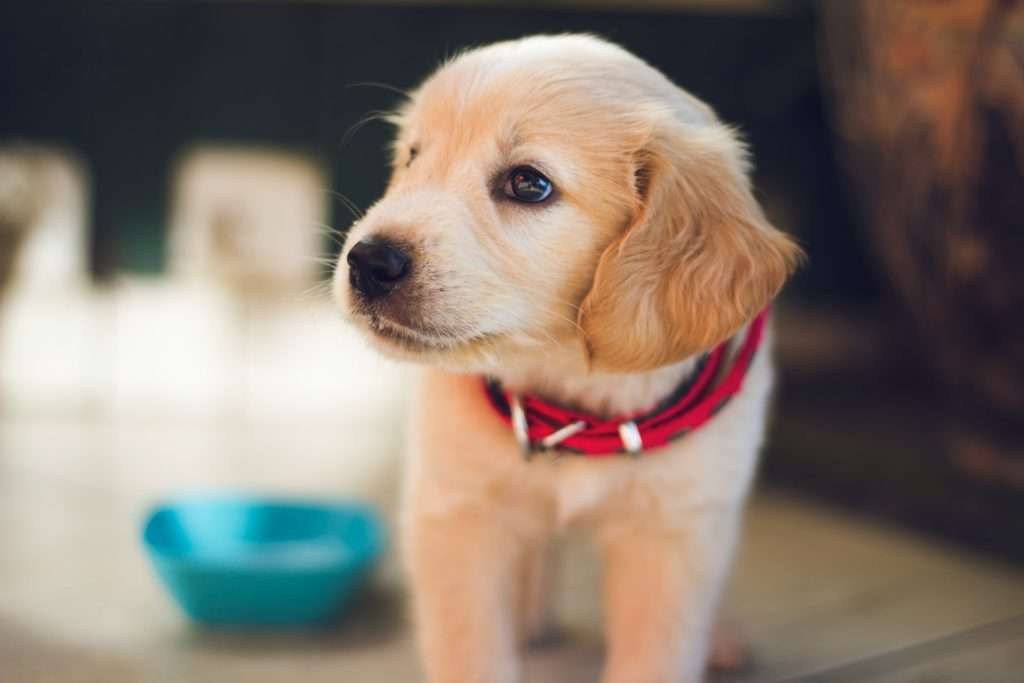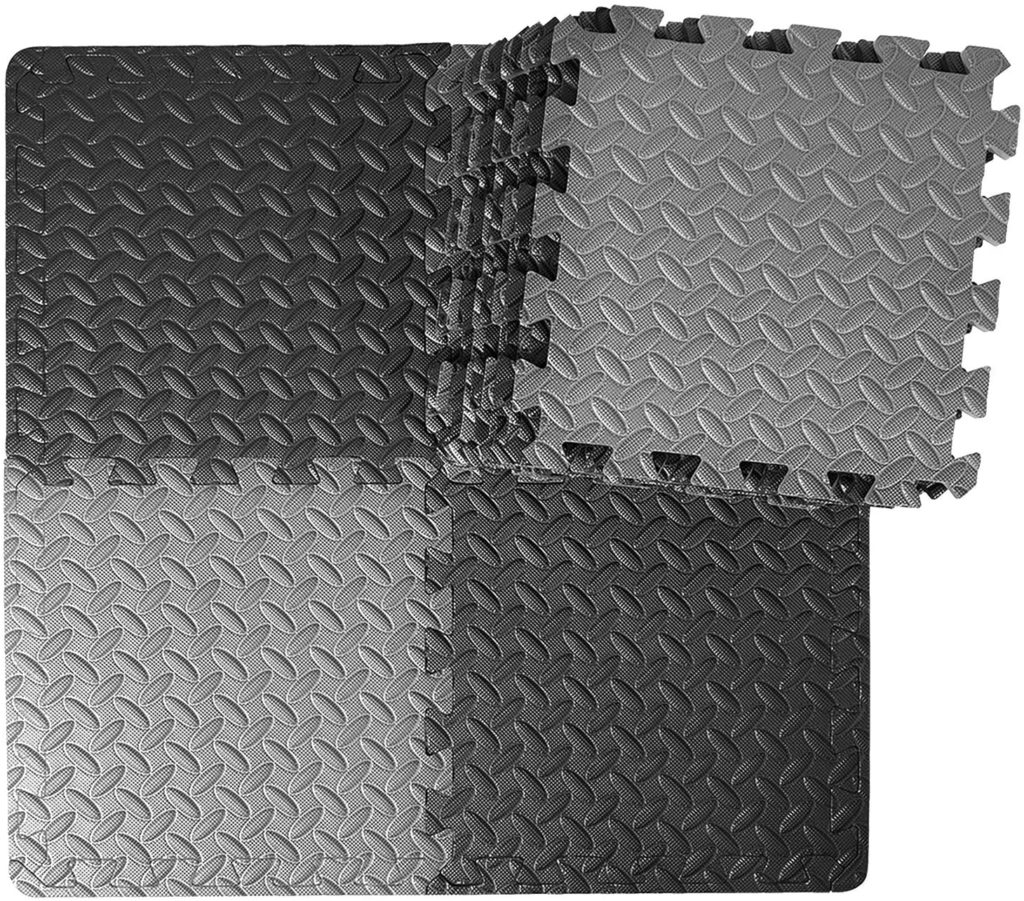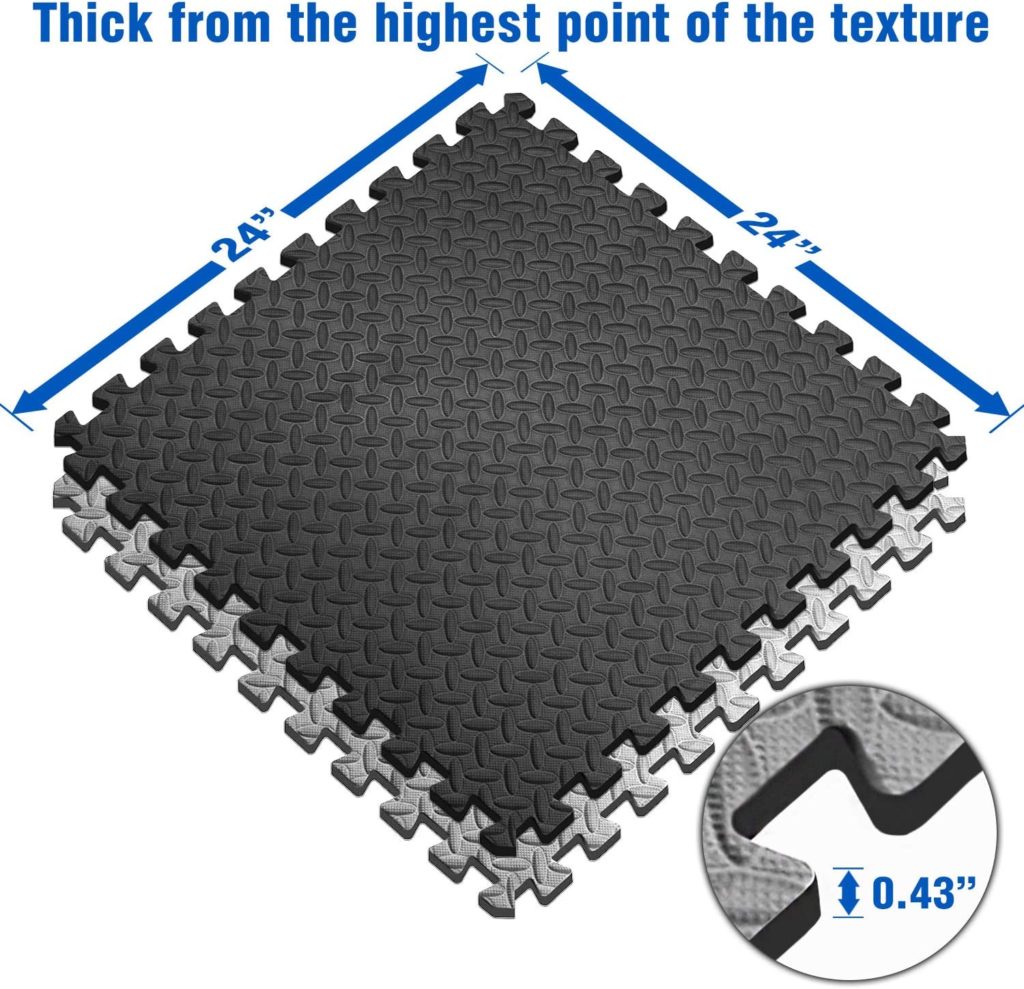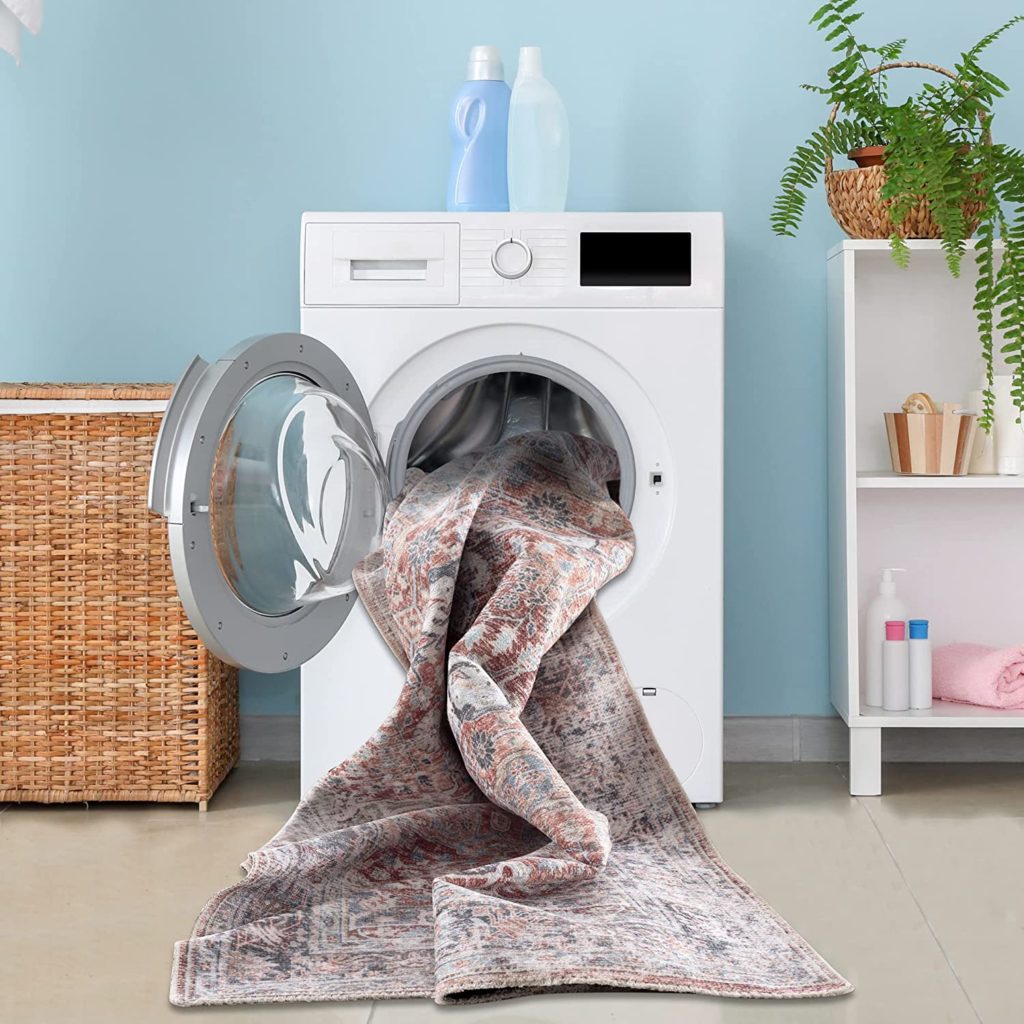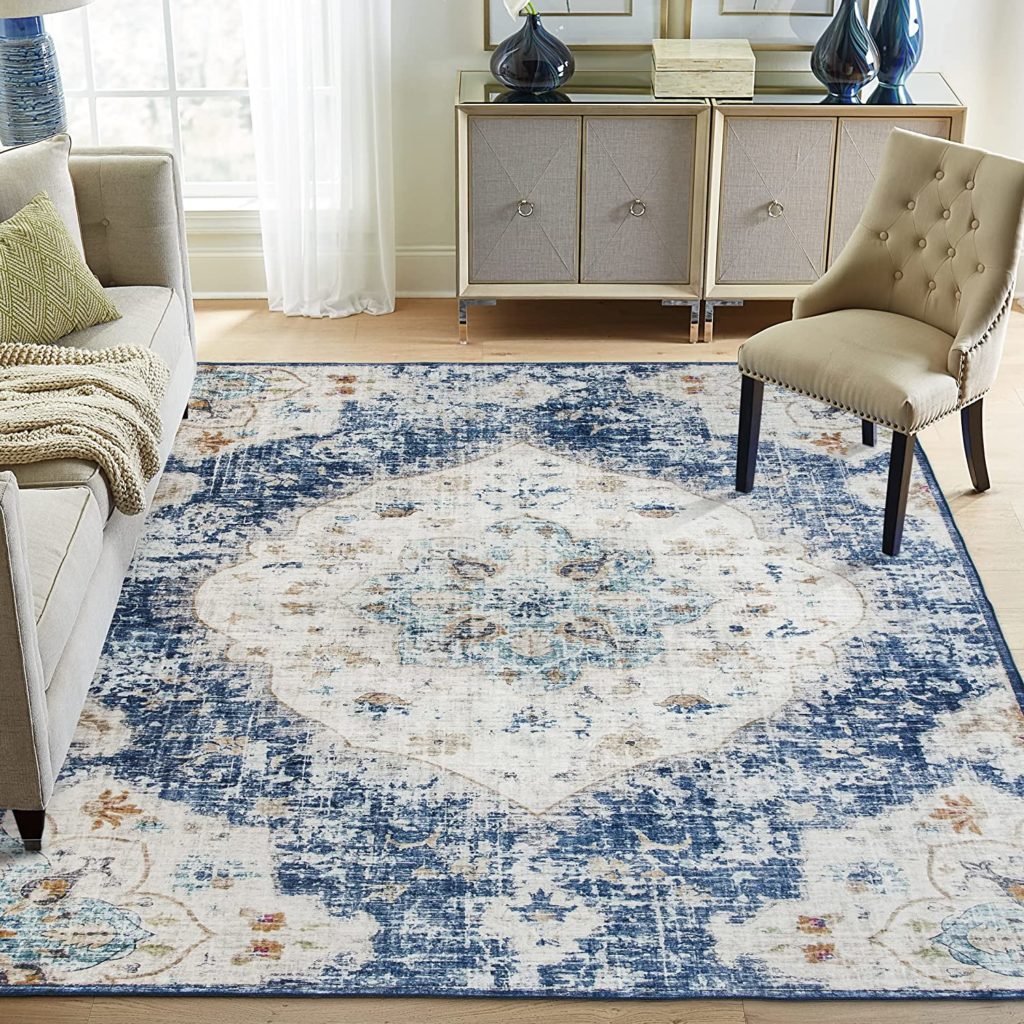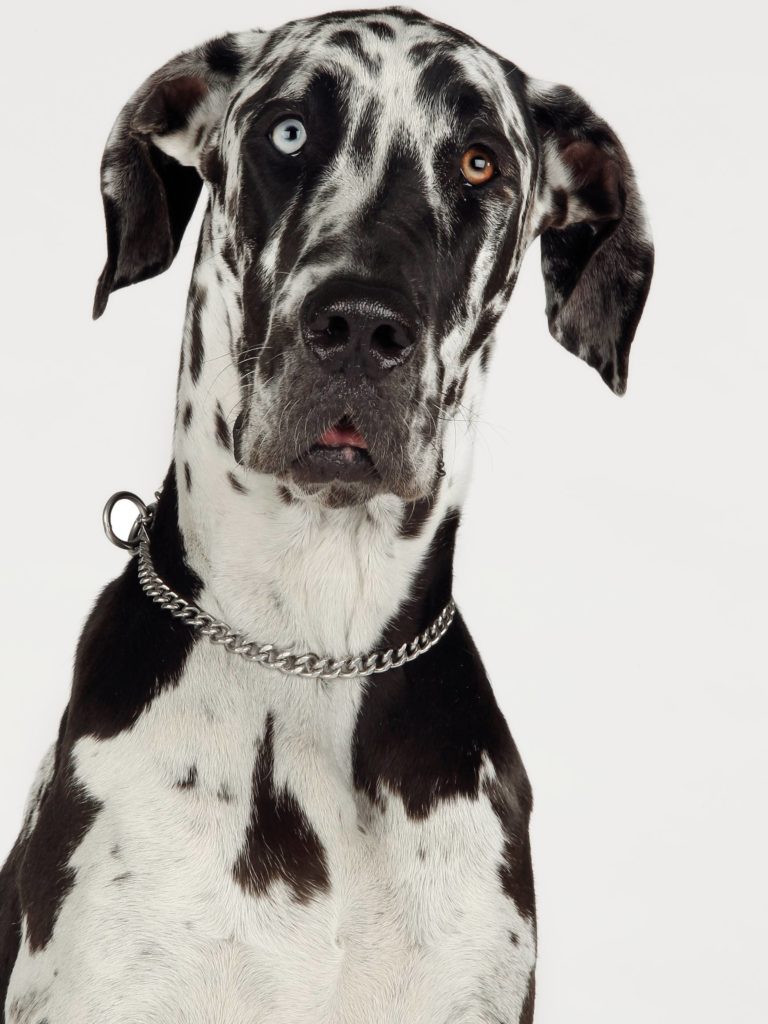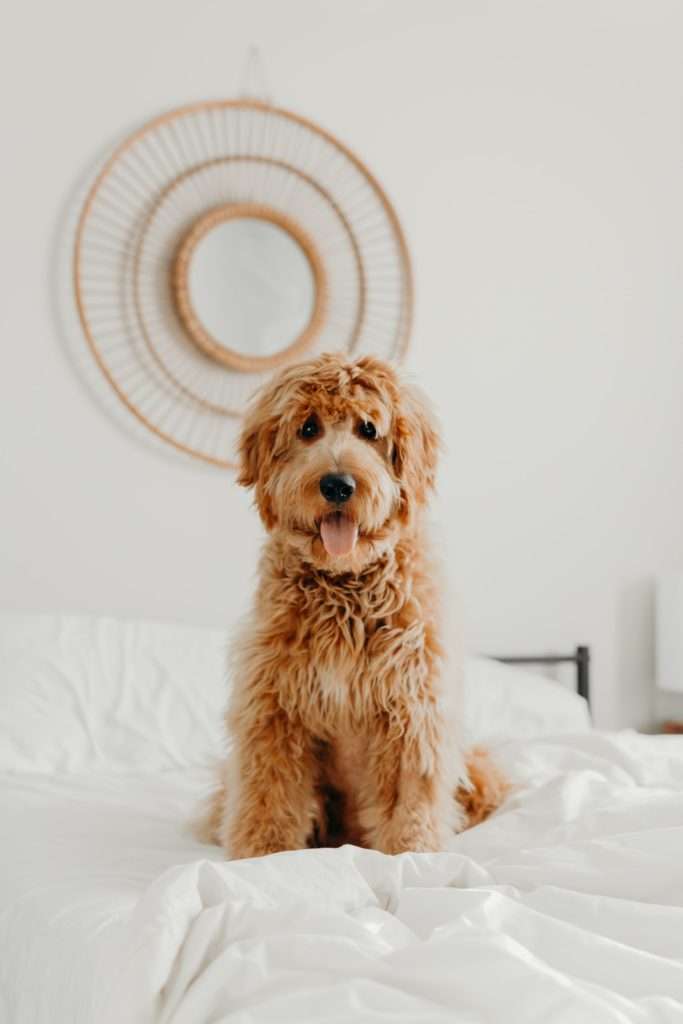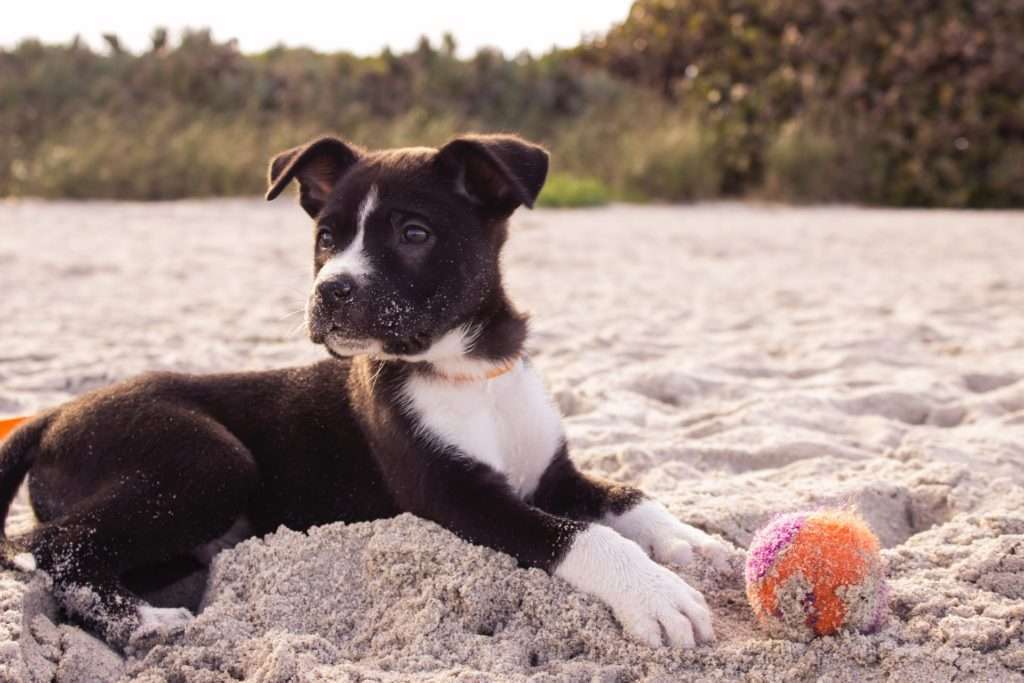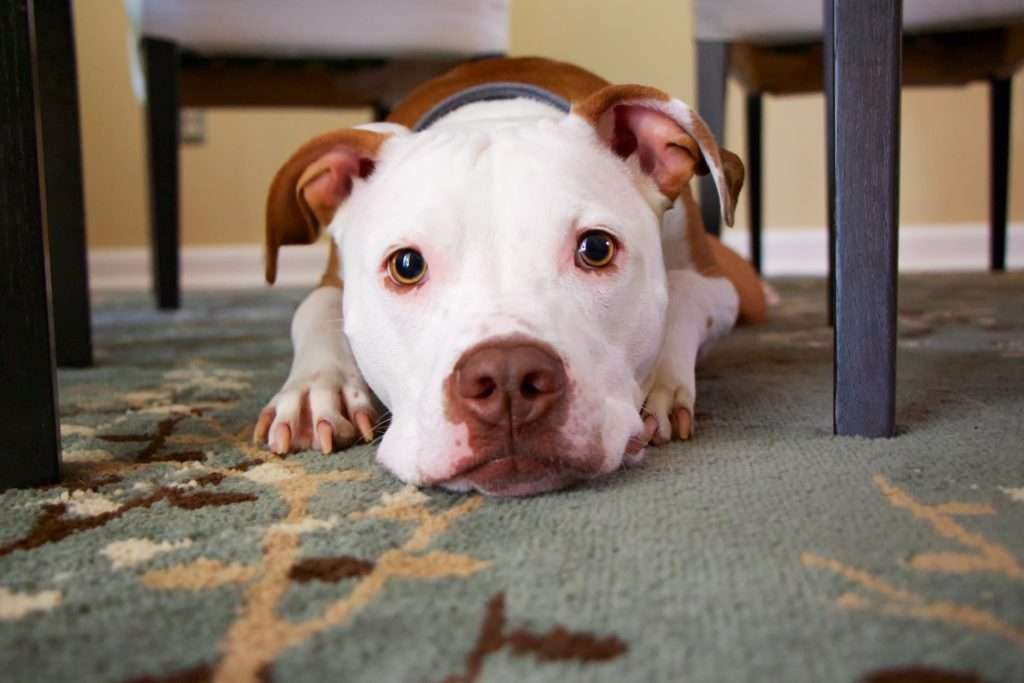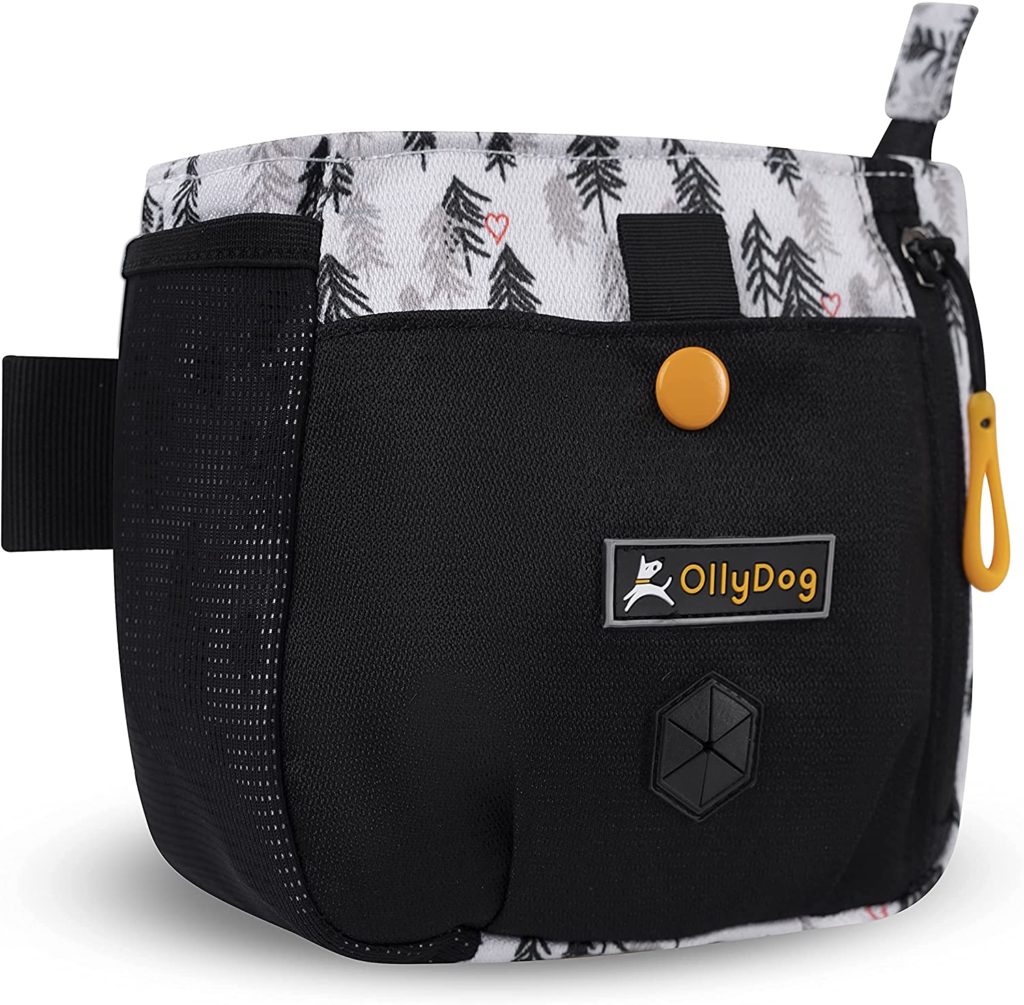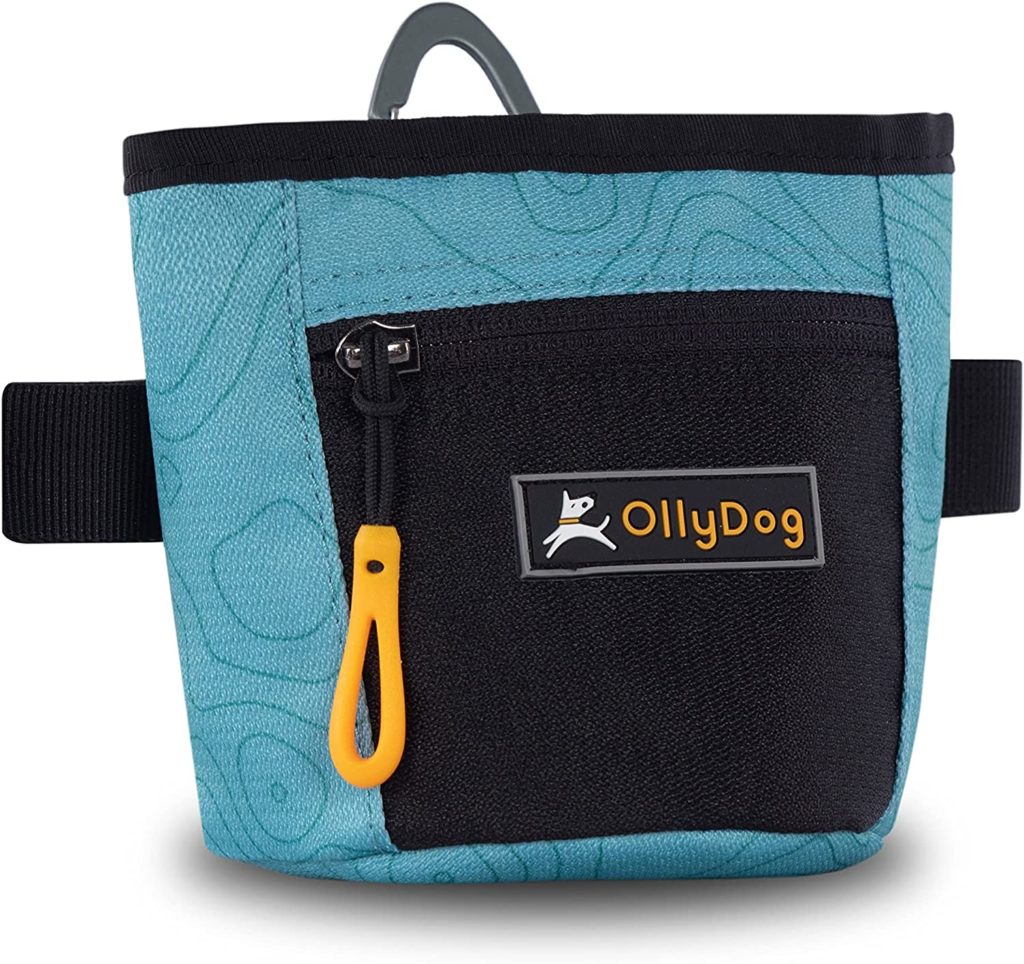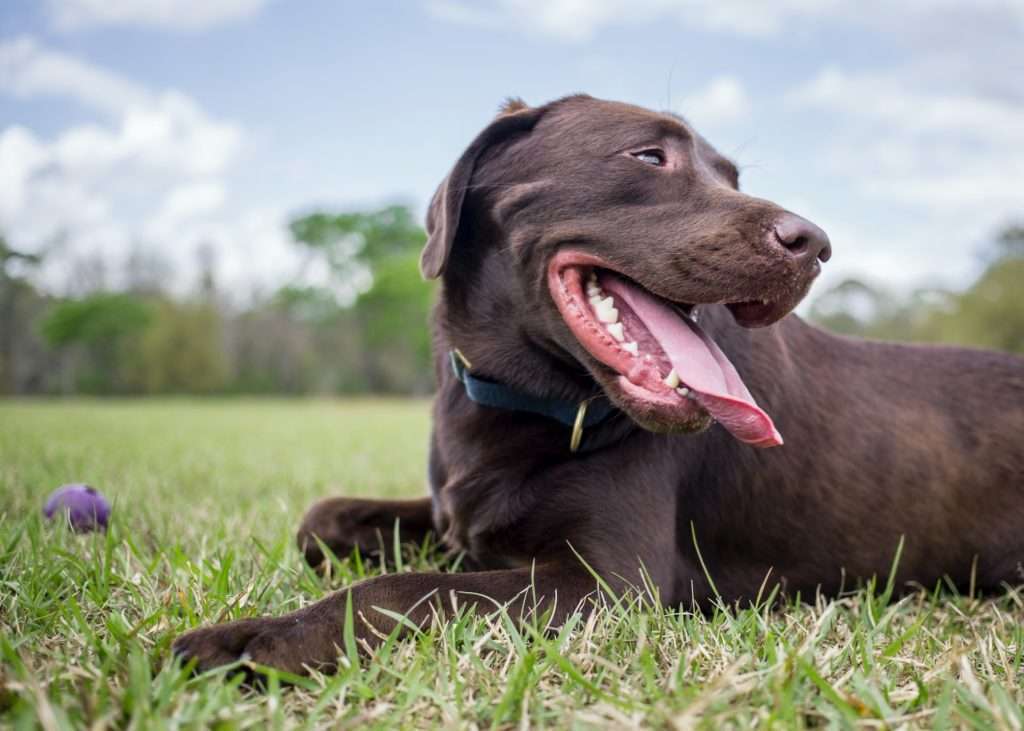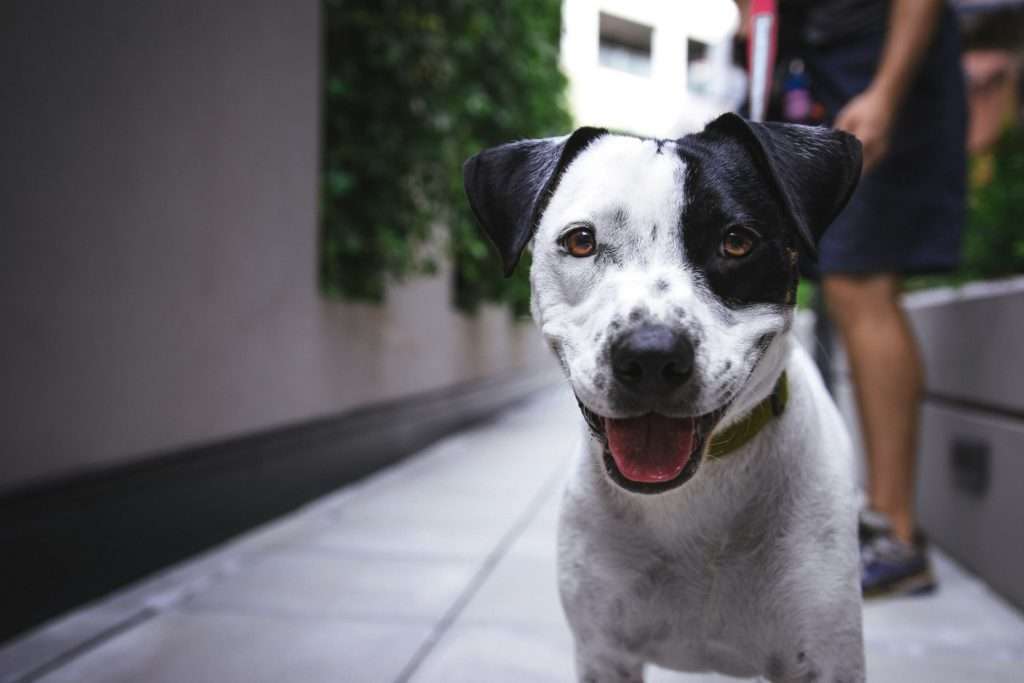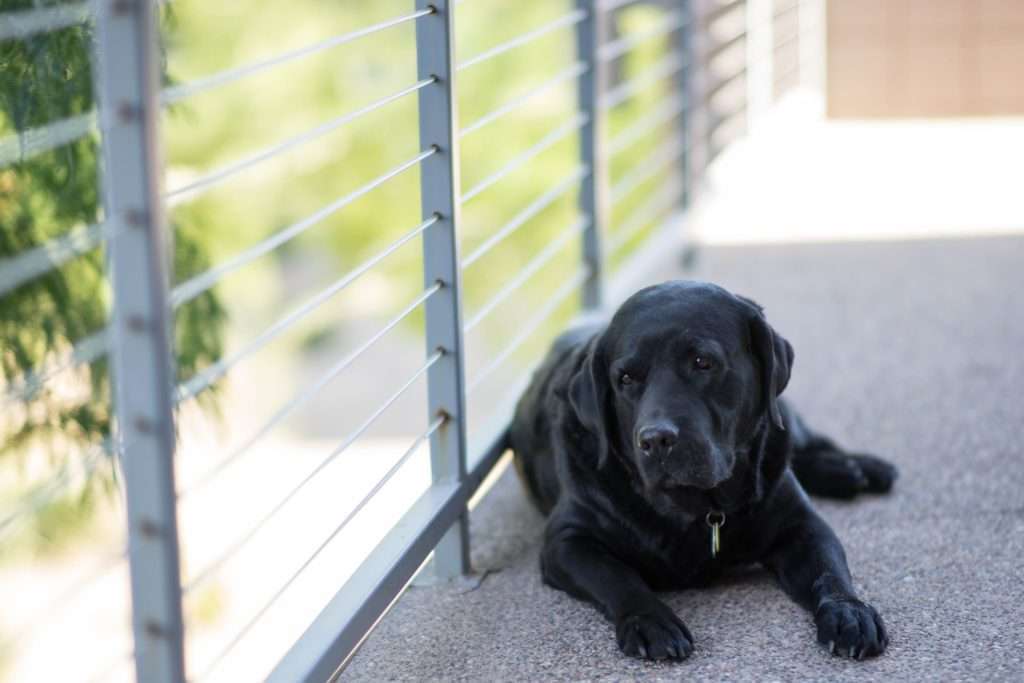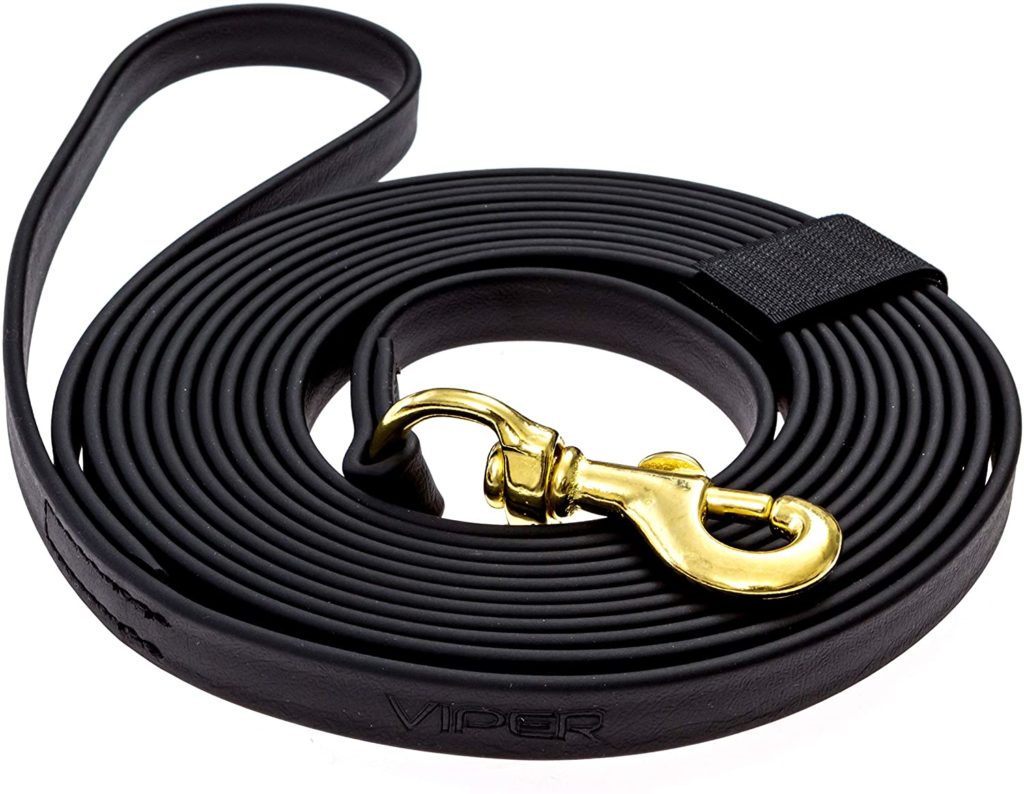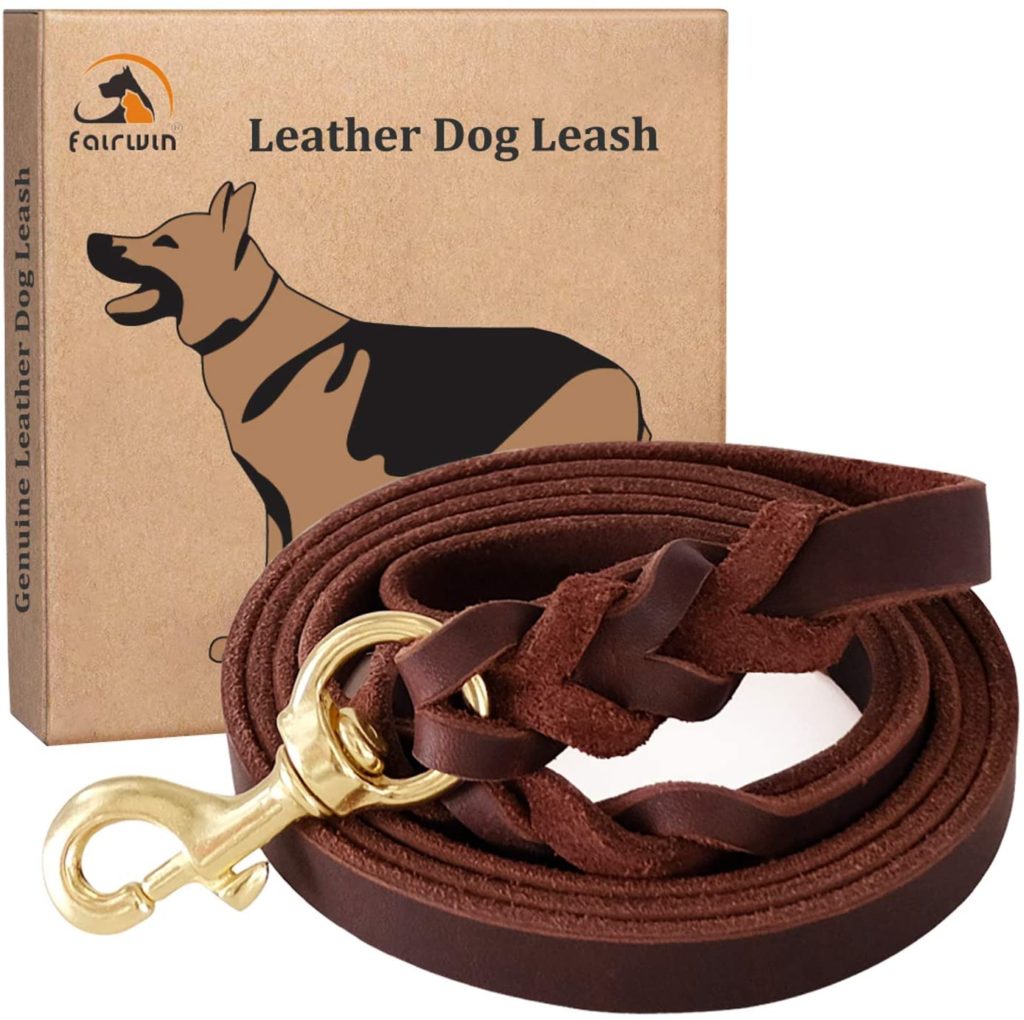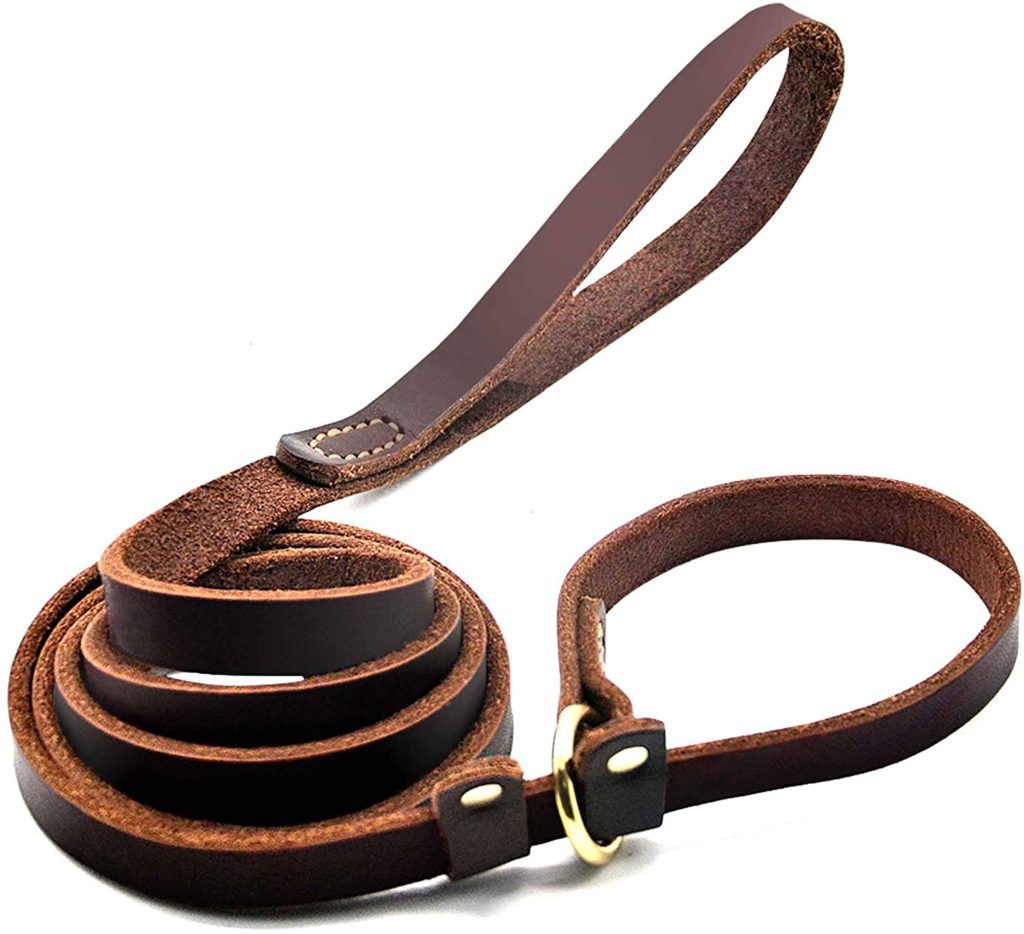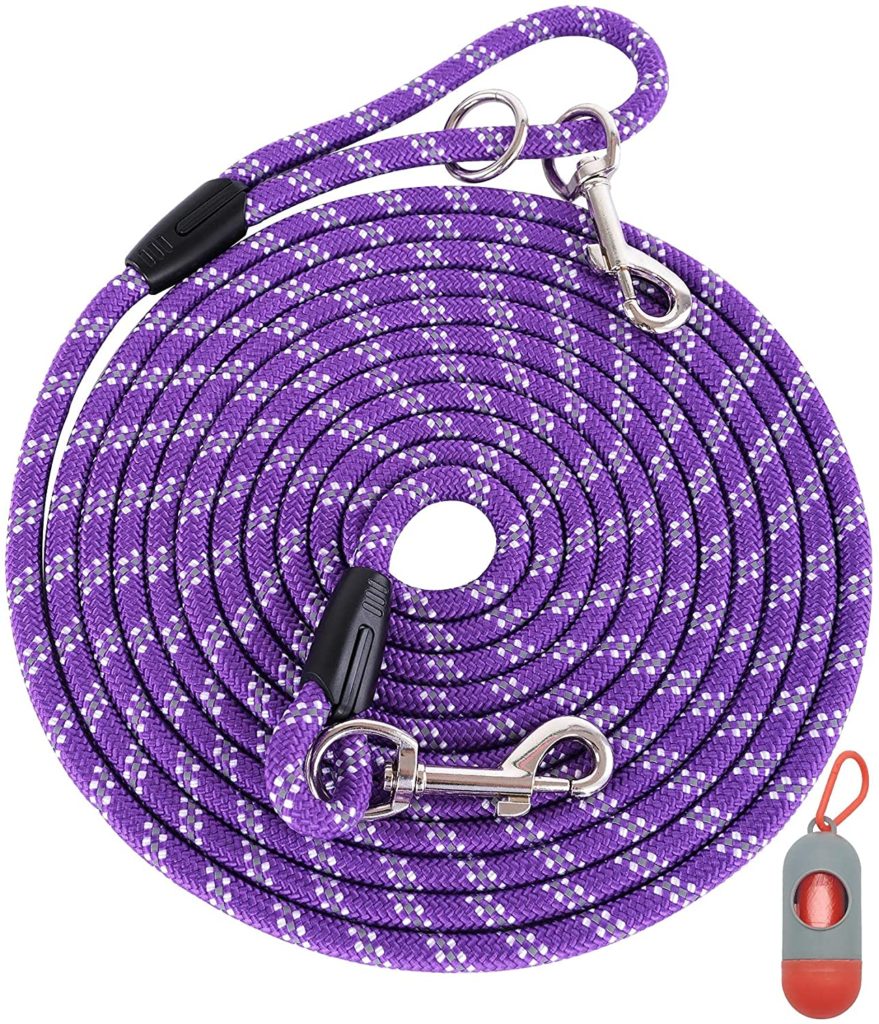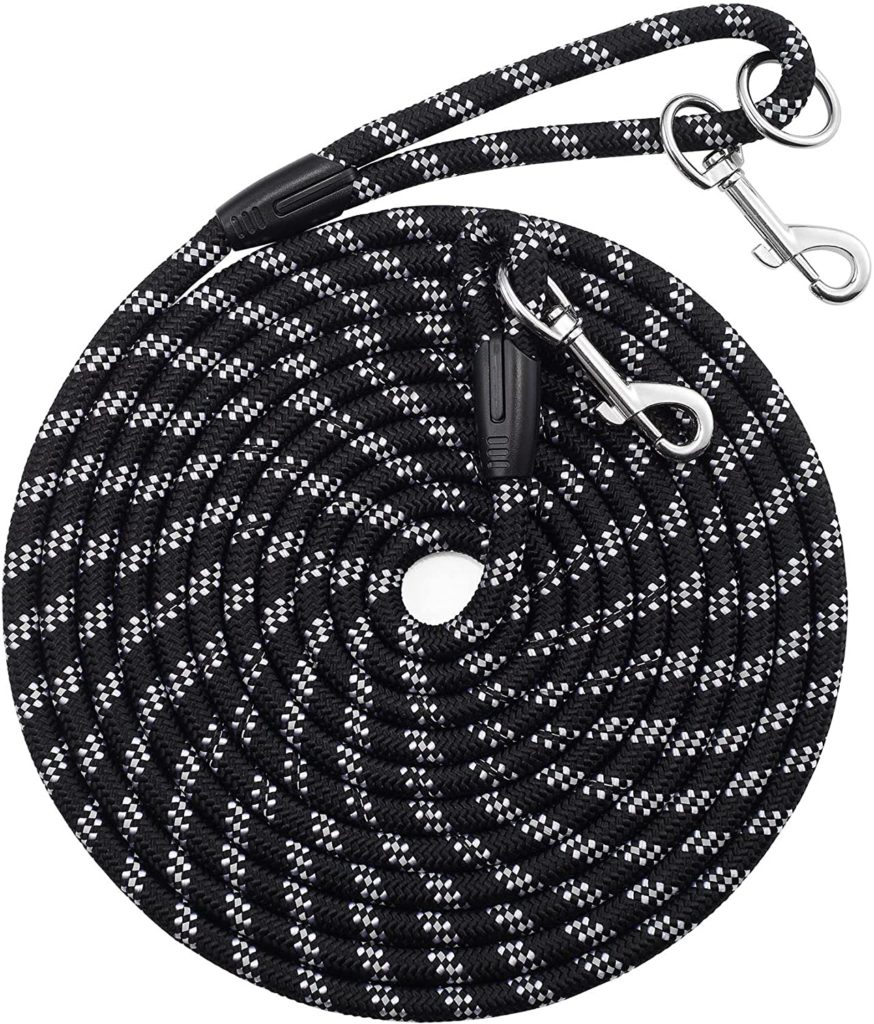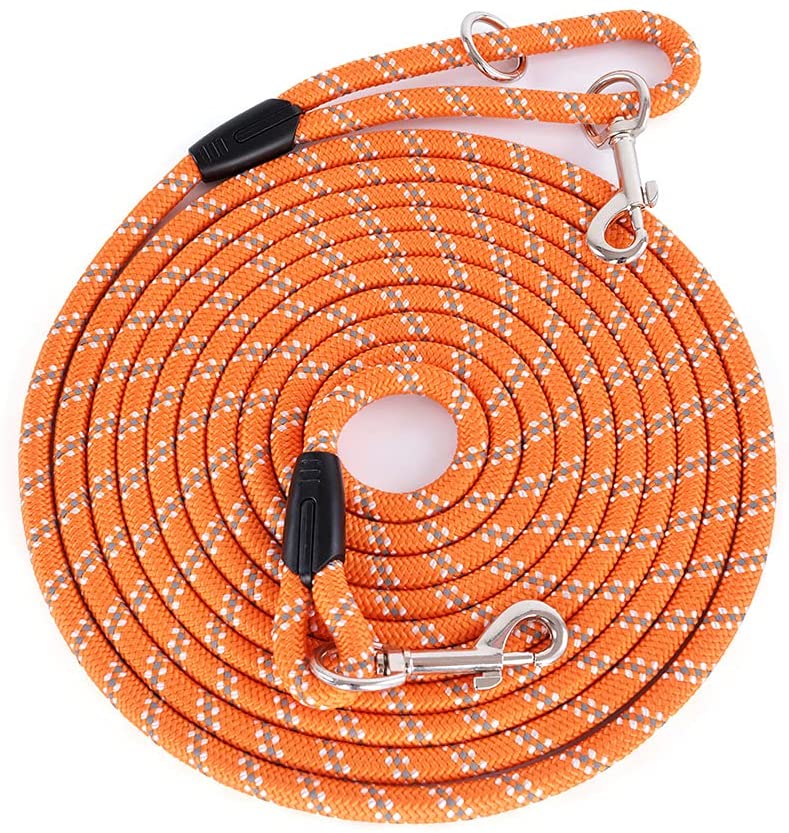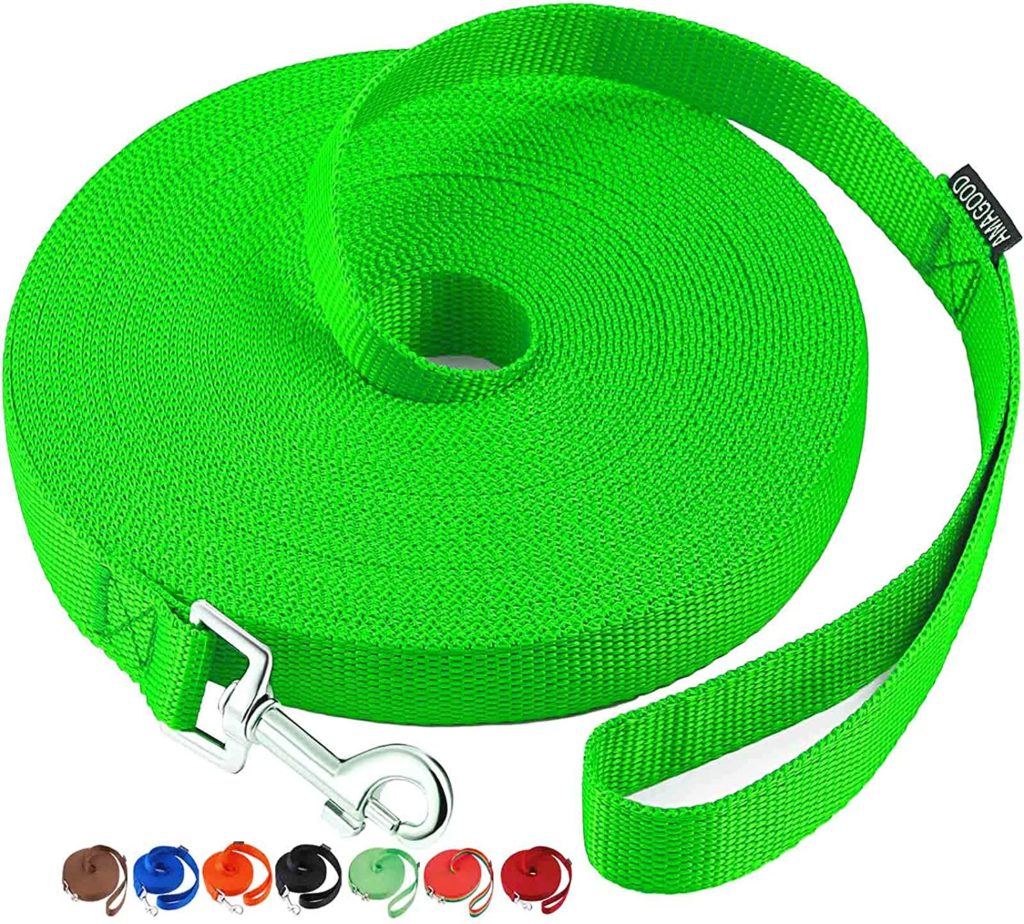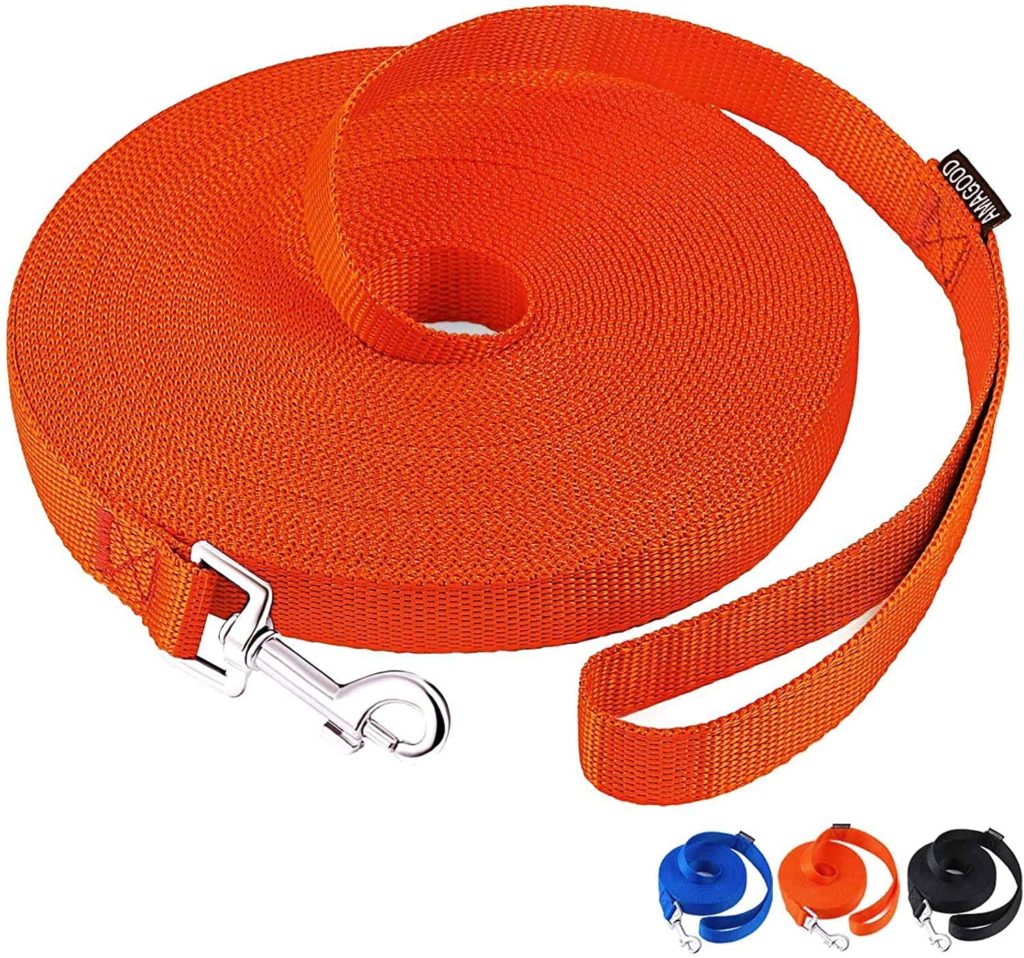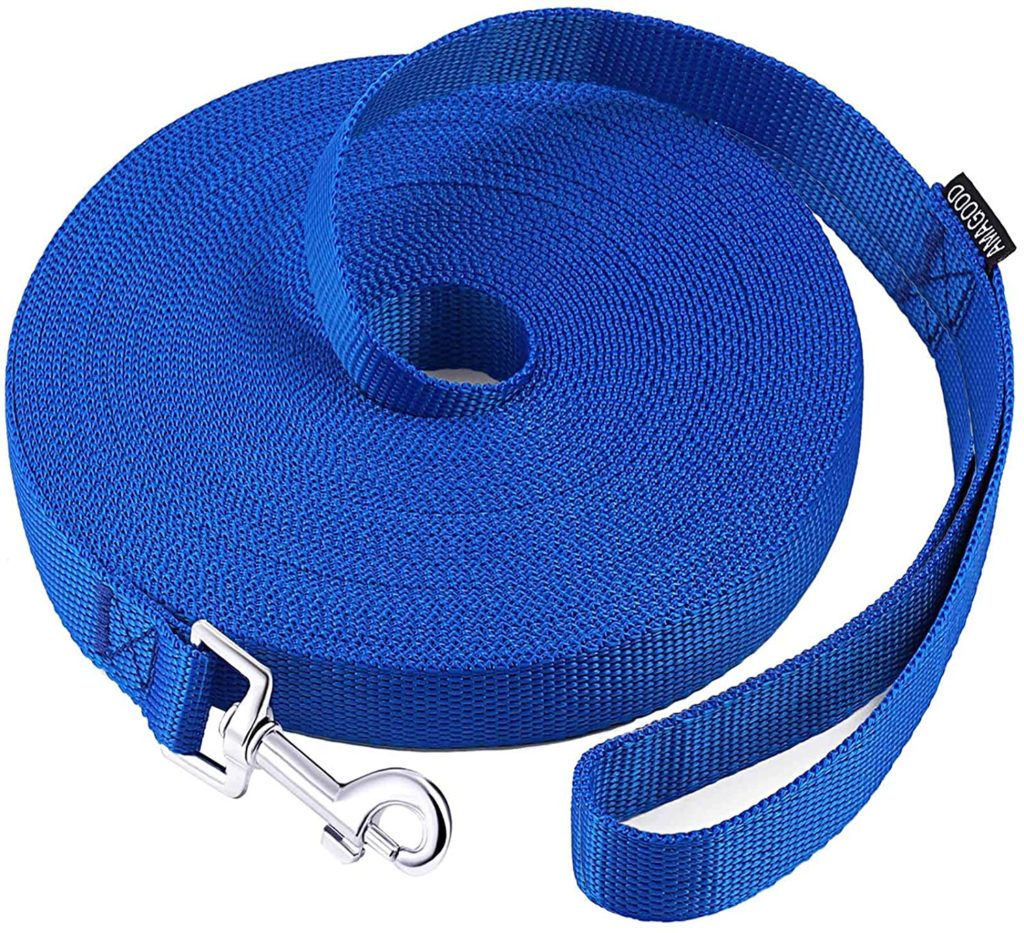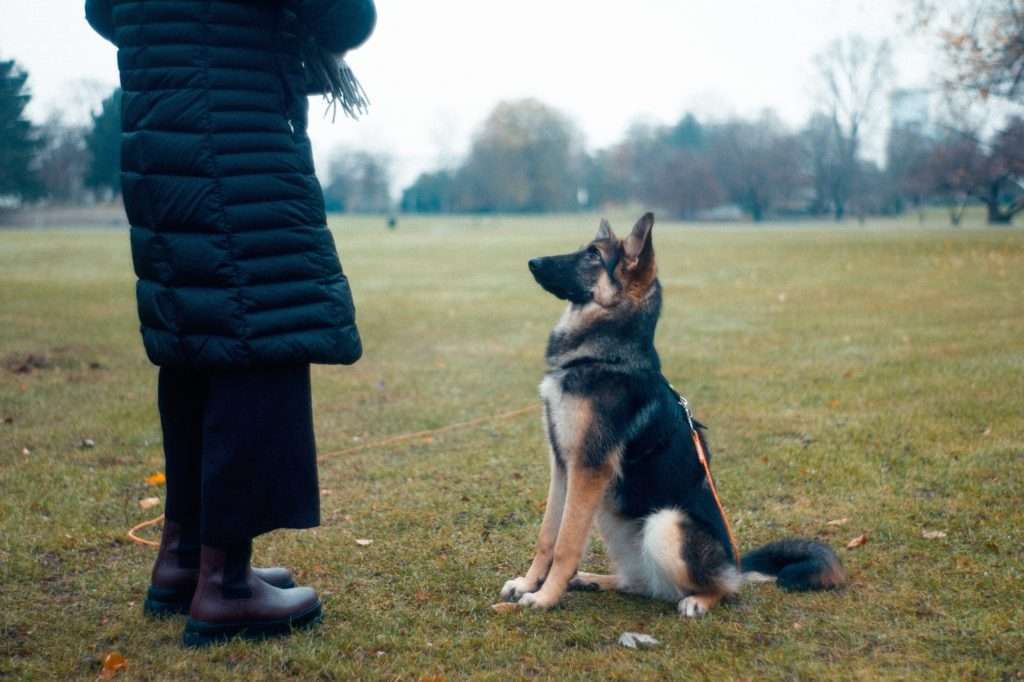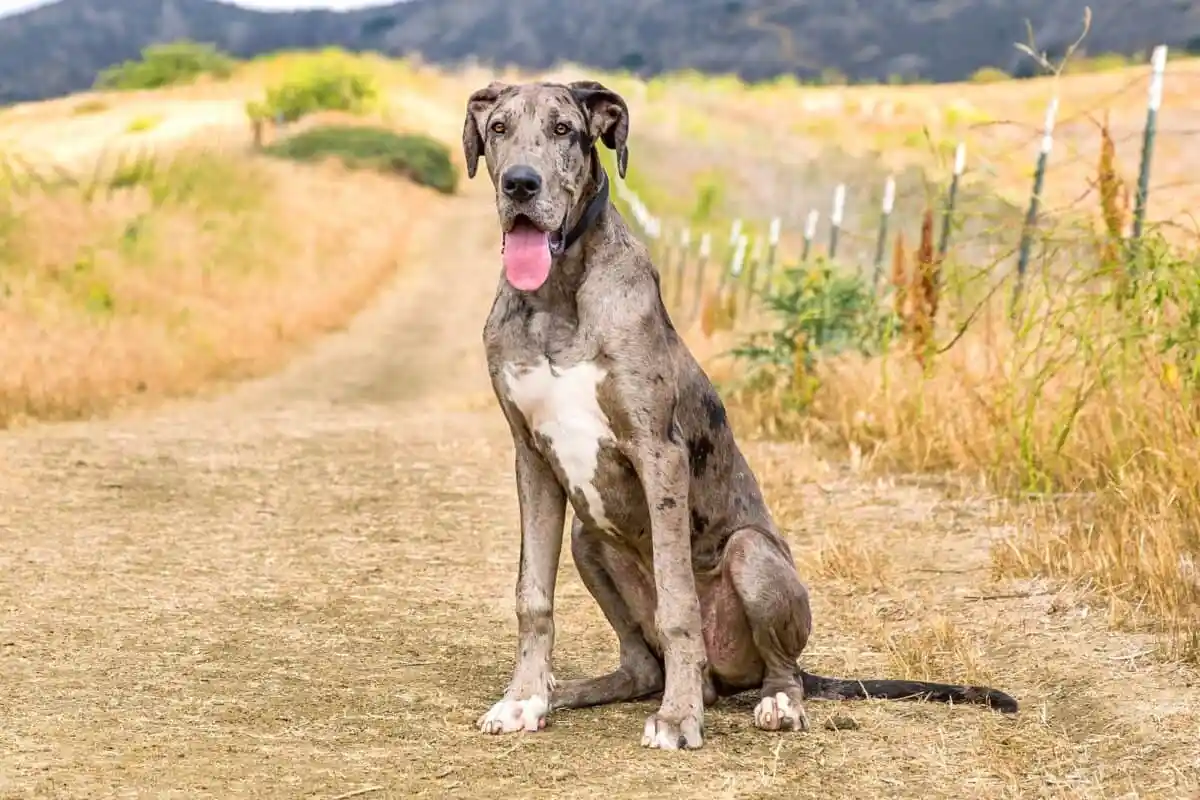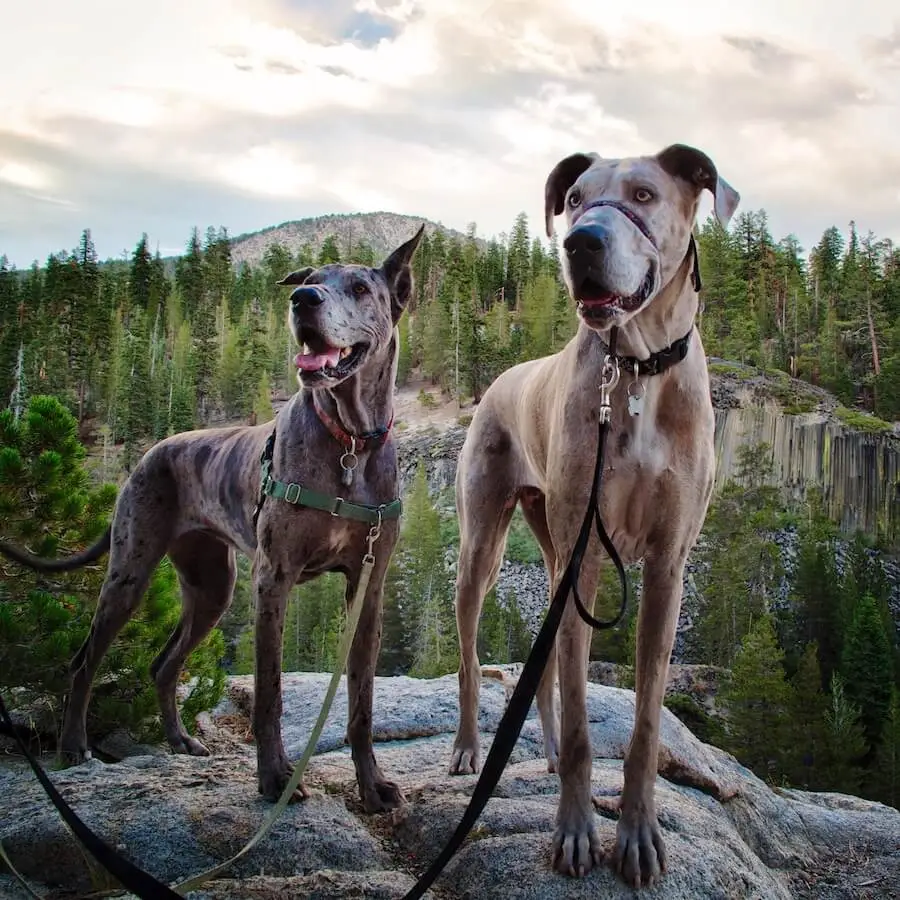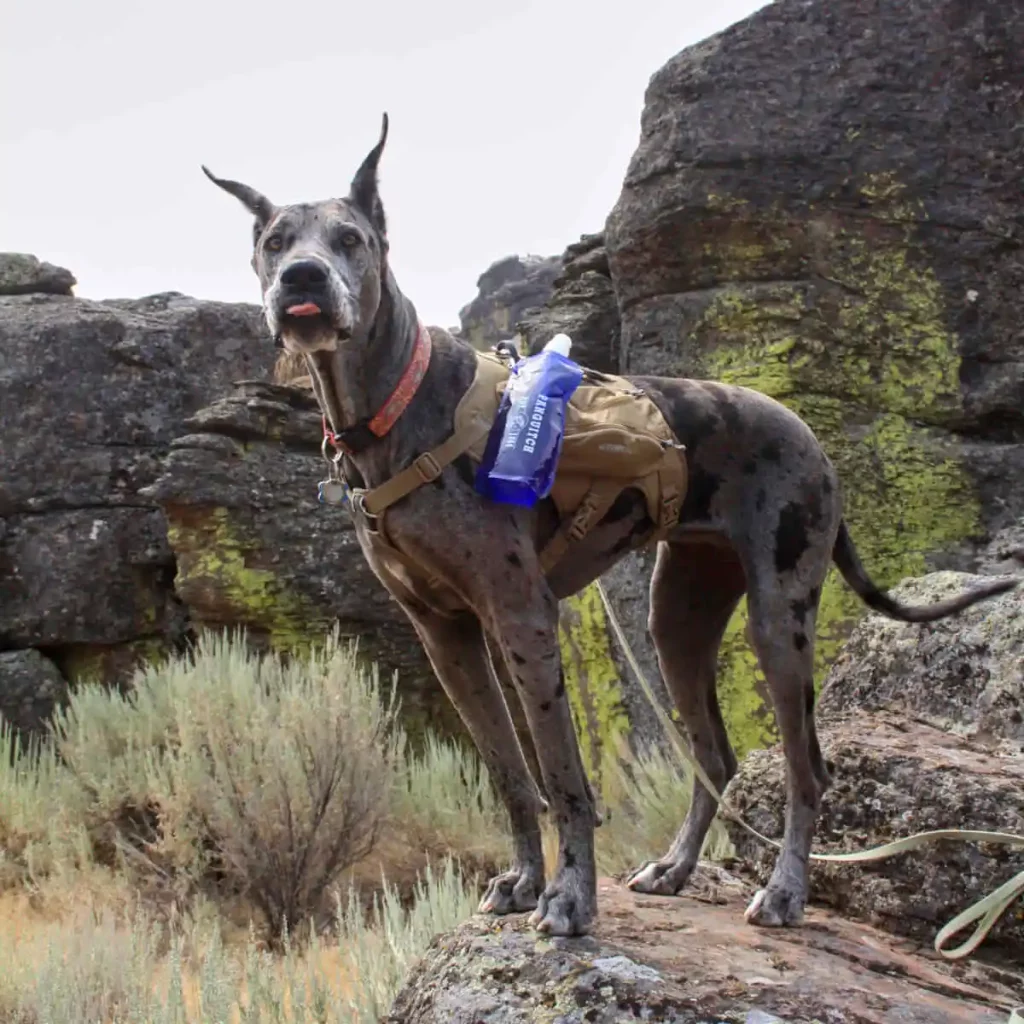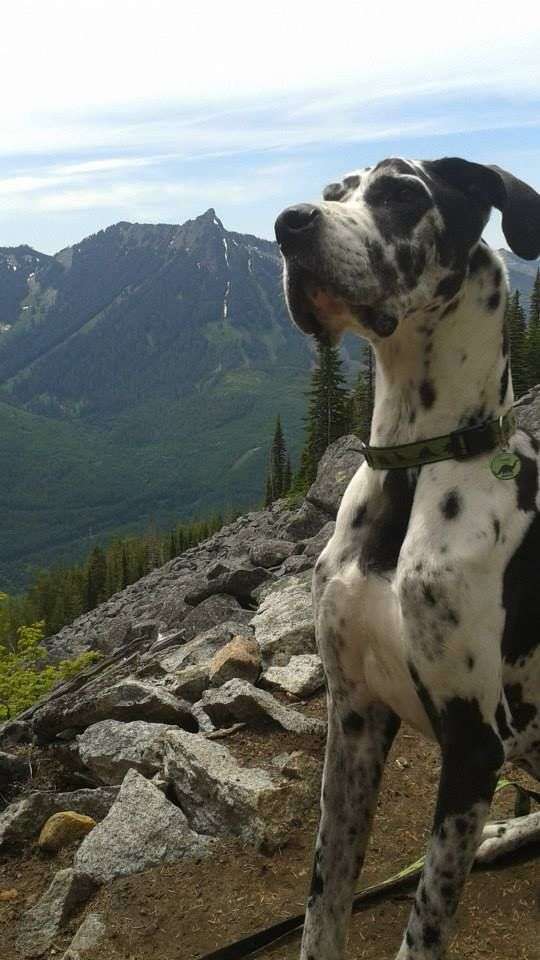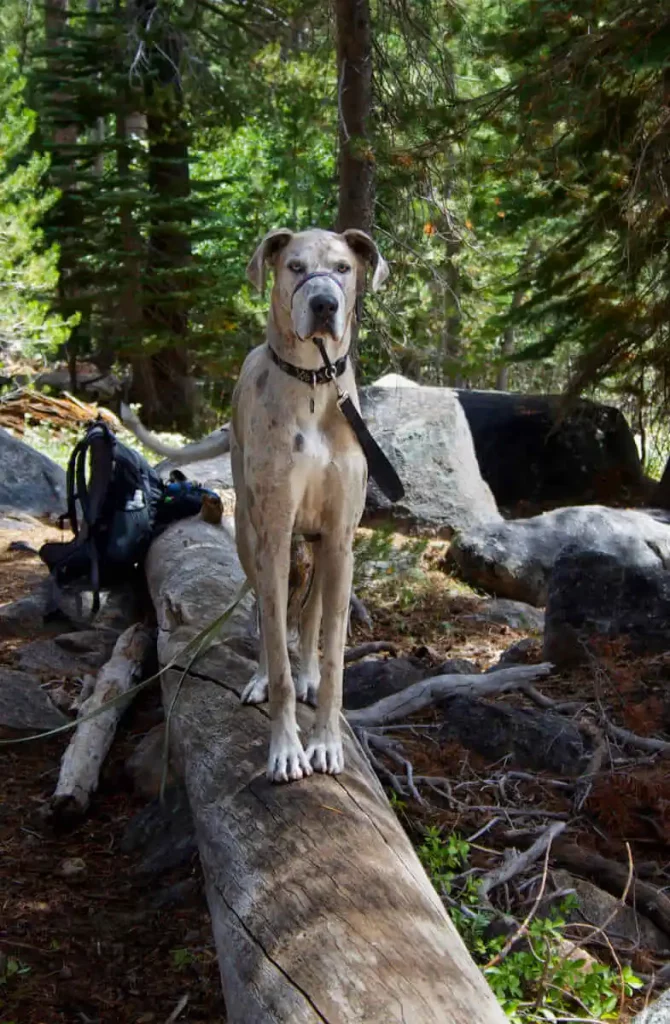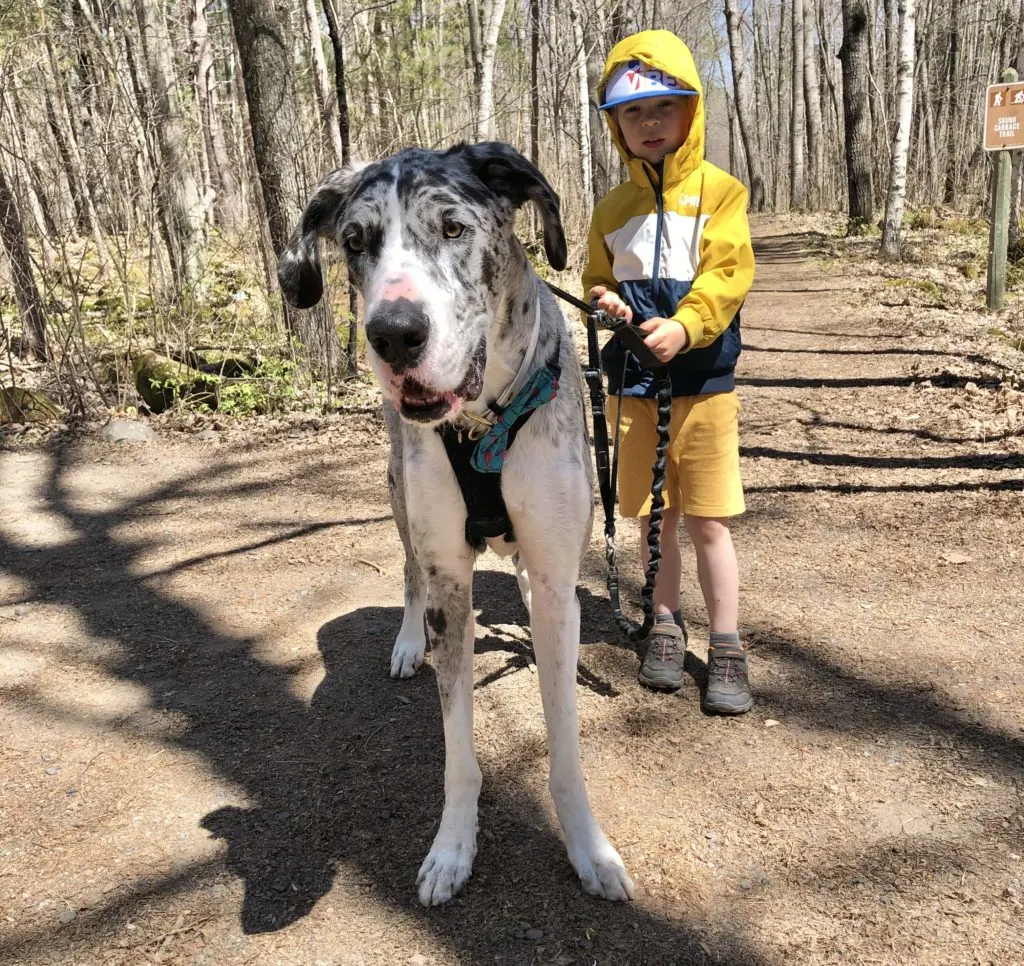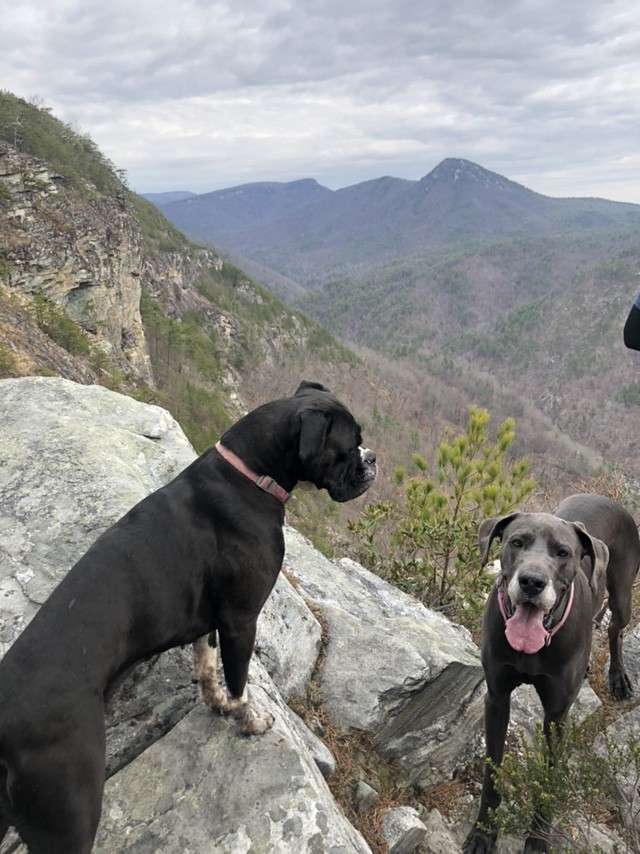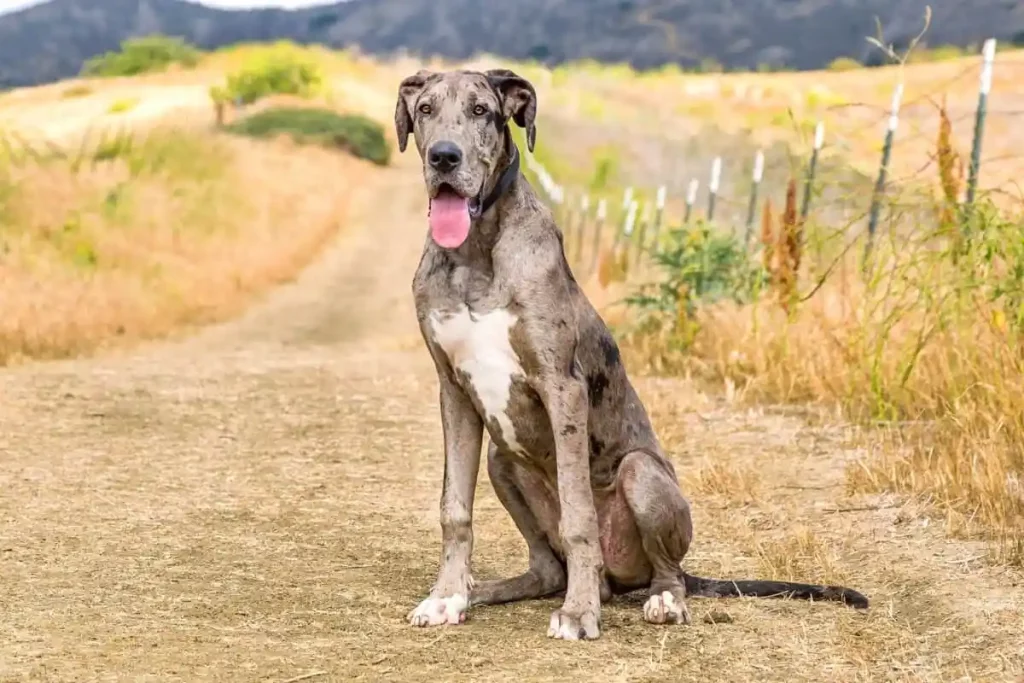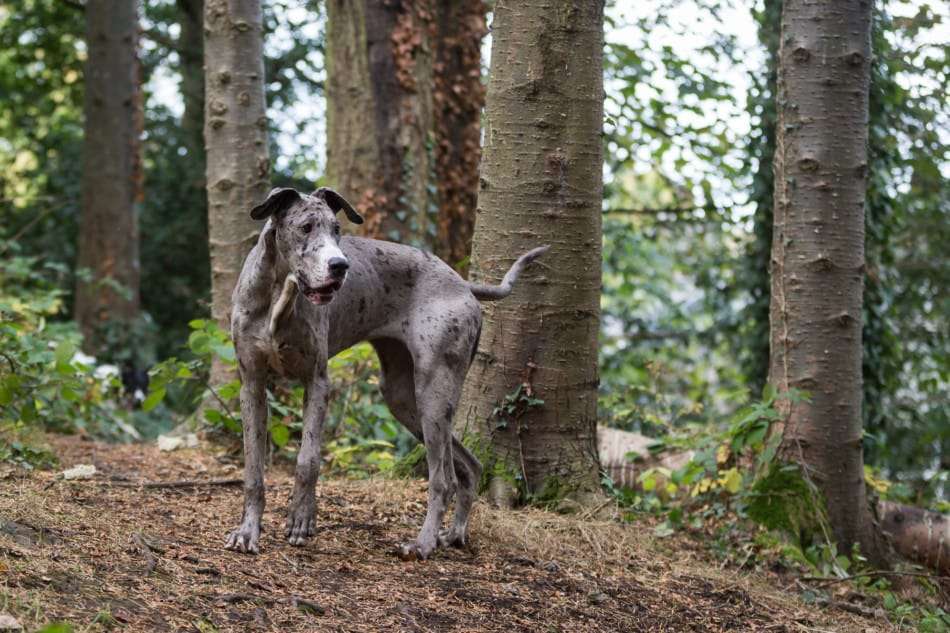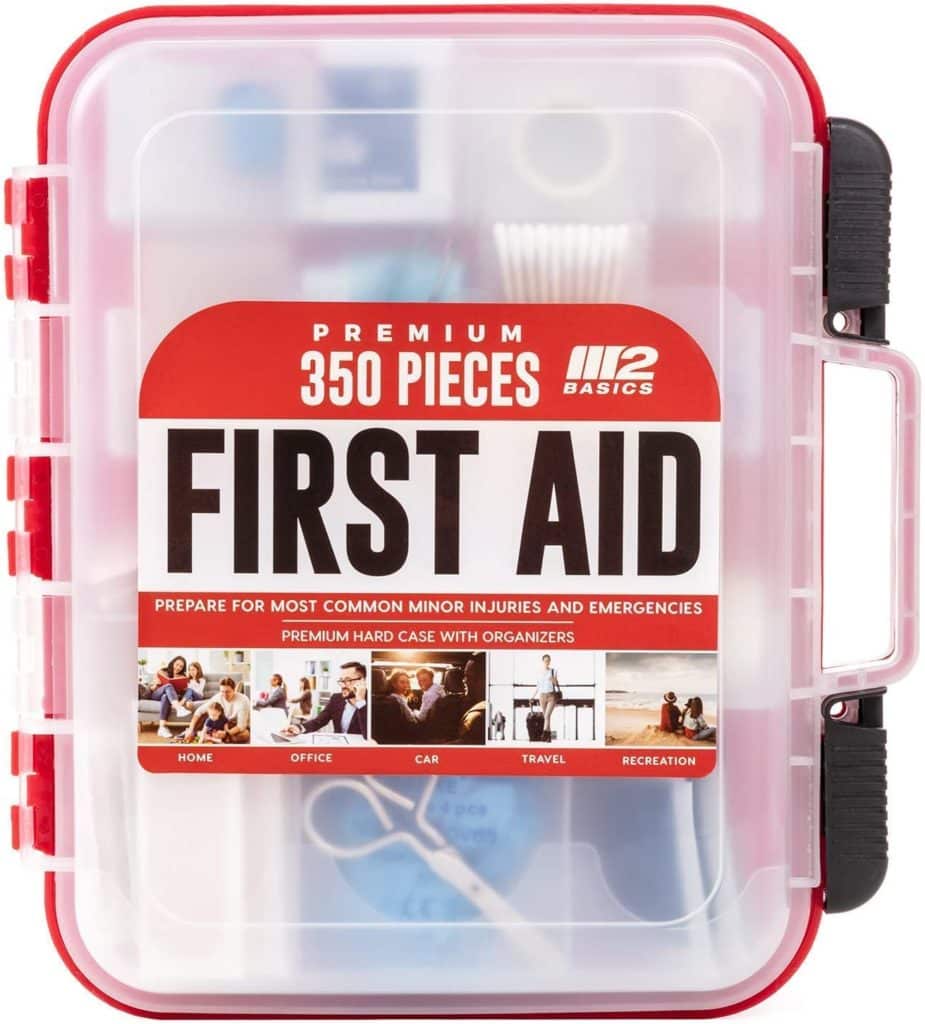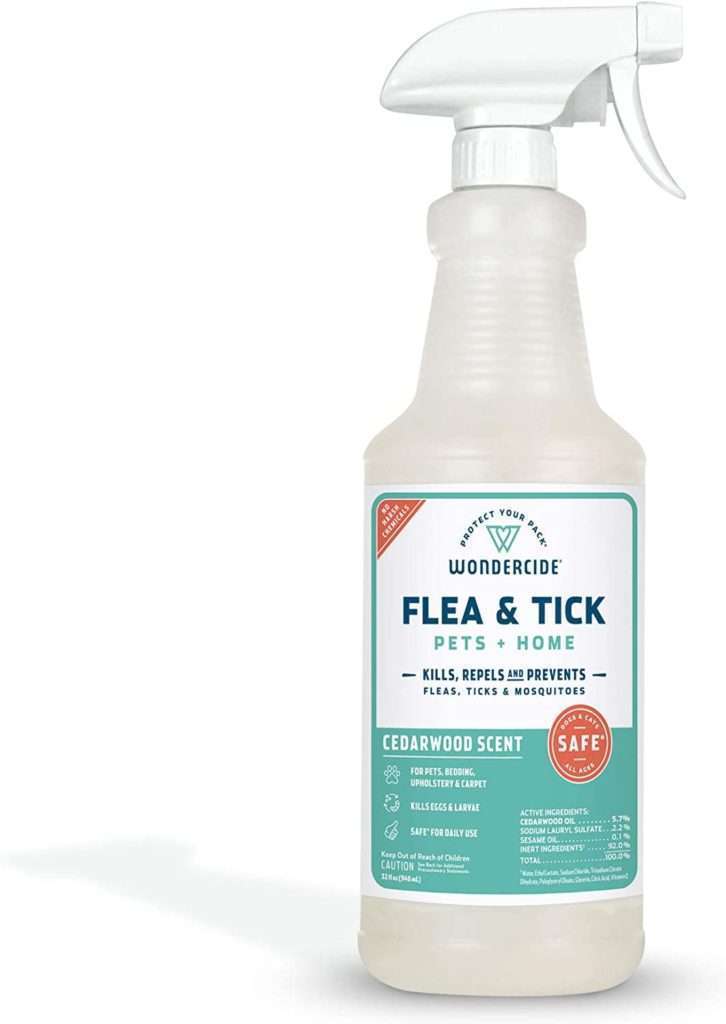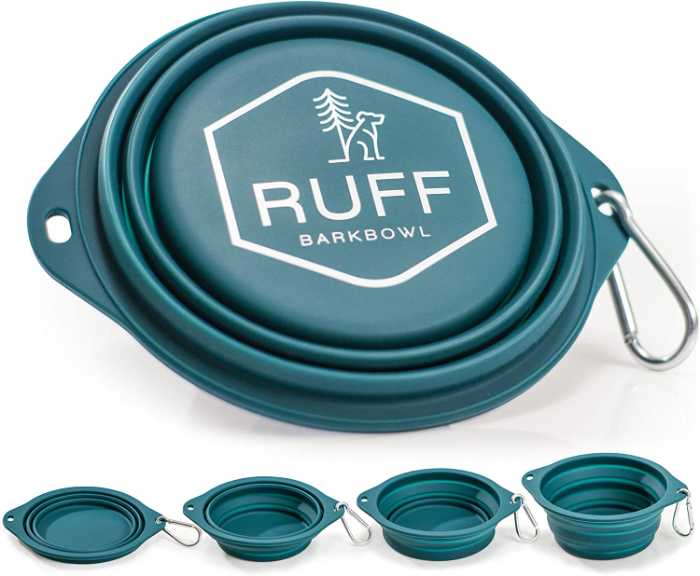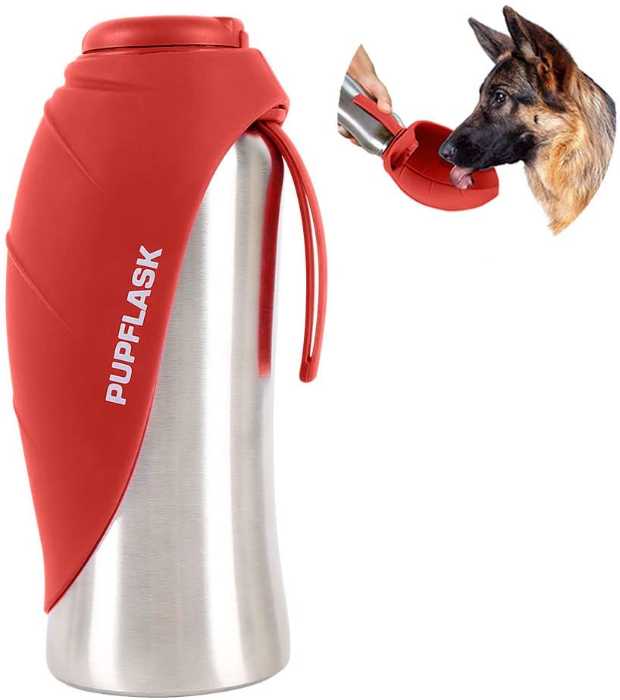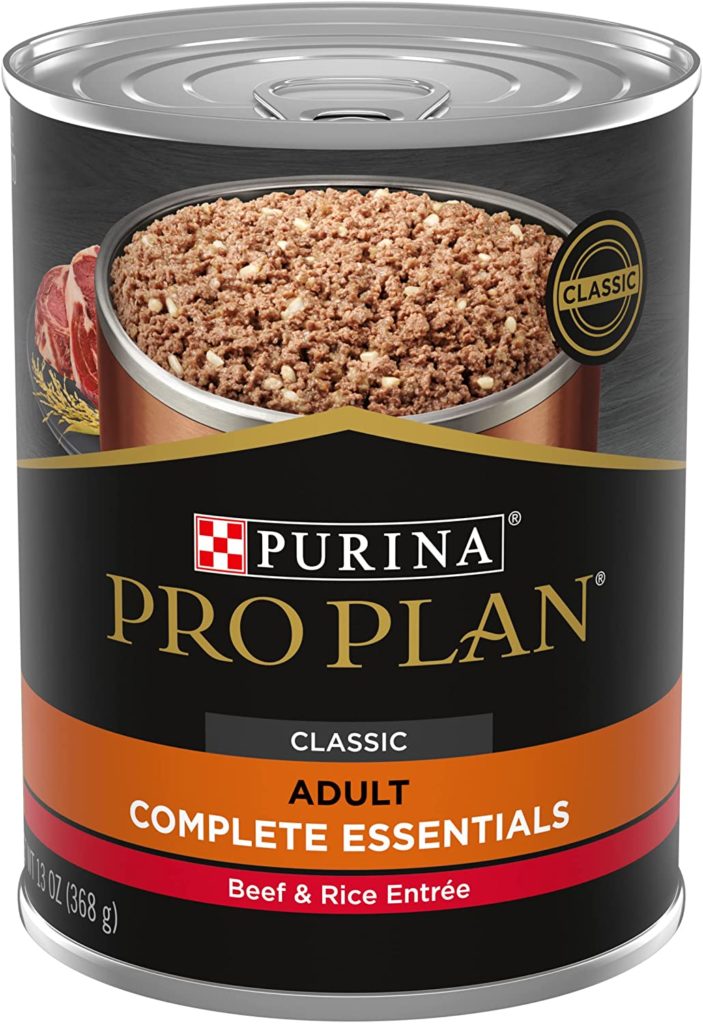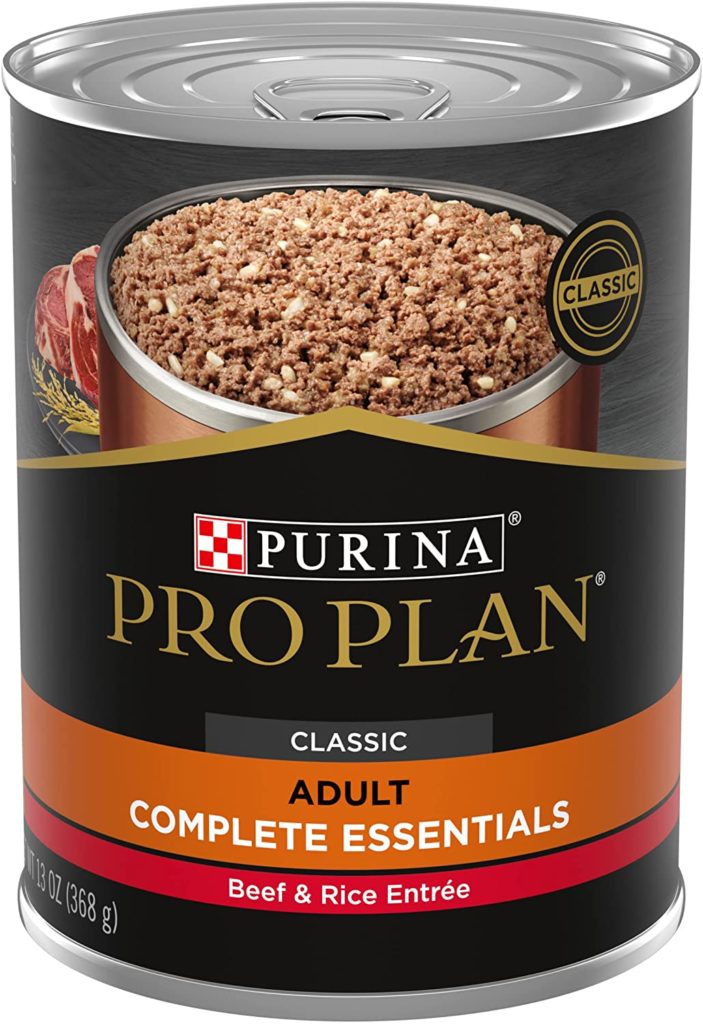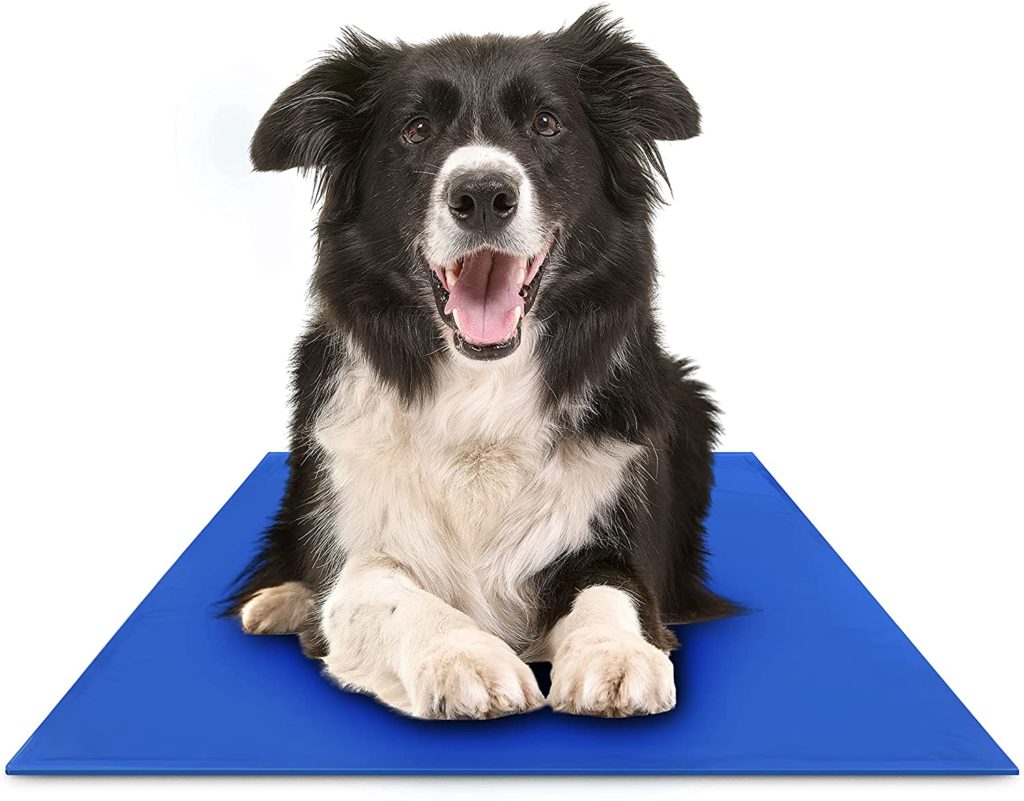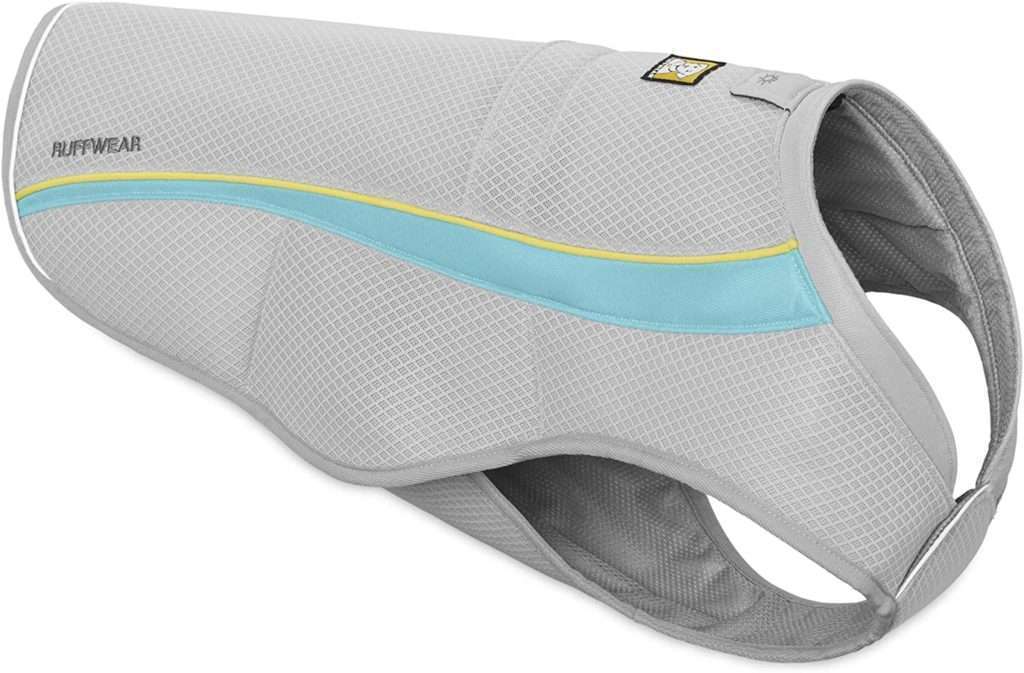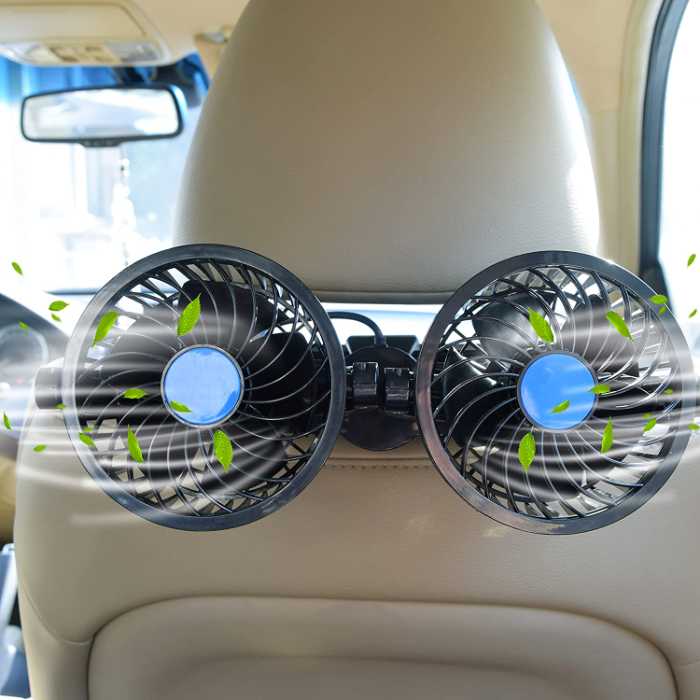In the world of canine nutrition, certain topics tend to spark a whirlwind of controversy and misinformation. The topic of whether mushrooms are safe for dogs is no exception. It’s not uncommon to hear warnings about the “dangers of mushrooms”, leading many dog owners to avoid them altogether out of fear. However, we’re here to dispel some myths about feeding mushrooms to dogs!

Contrary to popular belief, mushrooms can offer a range of health benefits for dogs! It’s important to approach with knowledge, though.
Are Mushrooms for Dogs Dangerous?
Myth number 1: All mushrooms are toxic for dogs
All Mushrooms are Toxic for Dogs: Myth: Many people believe that all mushrooms are dangerous for dogs, which is not true. There are several safe mushroom species that dogs can consume without any harm.
Myth number 2: Mushrooms Can Make Dogs High
Mushrooms Can Make Dogs High: Myth: Some individuals think that giving mushrooms to dogs can cause them to become intoxicated or exhibit psychedelic behavior. In reality, most edible mushrooms won’t have this effect on dogs.
Myth number 3: Mushrooms Will Poison Dogs Instantly
Mushrooms Will Poison Dogs Instantly: Myth: This myth assumes that if a dog consumes any mushroom, it will result in immediate poisoning. In truth, while some mushrooms are toxic, not all of them are lethal, and the severity of reactions varies.
Myth number 3: Cooking Makes All Mushrooms Safe for Dogs
Cooking Makes All Mushrooms Safe for Dogs: Myth: Cooking mushrooms is thought to neutralize their toxicity for dogs. While cooking might make some toxic compounds less harmful, it doesn’t make all mushrooms safe for canine consumption.
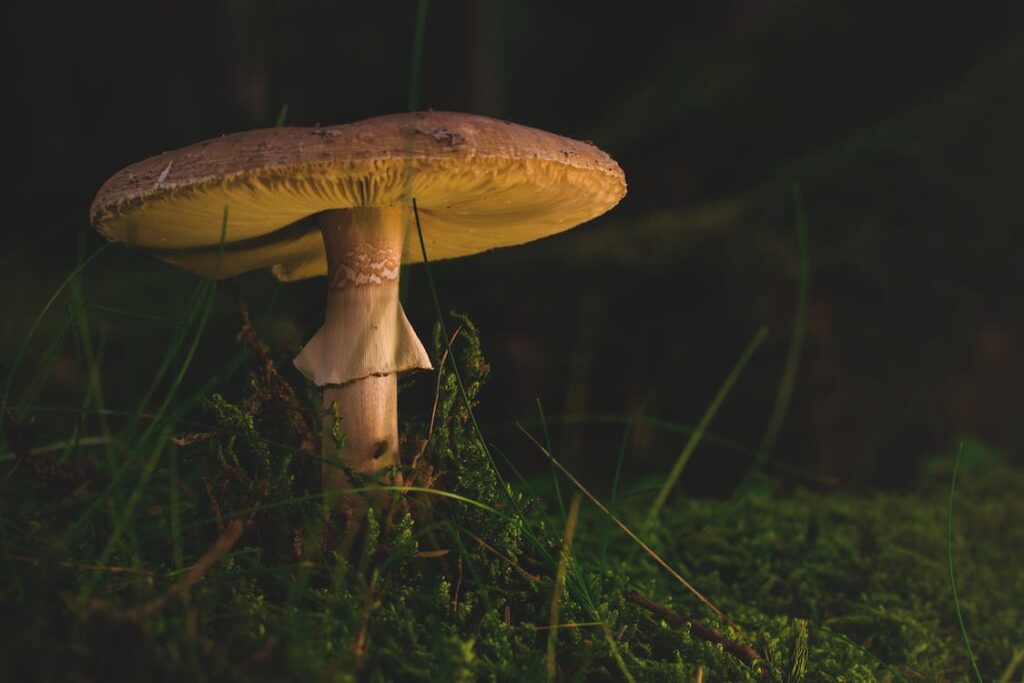
Myth number 4: Wild Mushrooms Are Safer Than Store-Bought
Wild Mushrooms Are Safer Than Store-Bought: Myth: Some believe that mushrooms picked in the wild are safer for dogs than those bought in stores. In reality, many wild mushrooms are highly toxic and can be even more dangerous than cultivated ones.
Myth number 5: Dogs Can Safely Eat Any Mushroom Their Owners Eat
Dogs Can Safely Eat Any Mushroom Their Owners Eat: Myth: Assuming that if a mushroom is safe for humans, it must be safe for dogs. This isn’t true, as some mushrooms that are harmless to humans can be harmful to dogs due to differences in metabolism.
Myth number 6: Mushrooms Are Only Beneficial for Specific Dog Breeds
Mushrooms Are Only Beneficial for Specific Dog Breeds: Myth: Assuming that certain mushroom benefits only apply to certain breeds. In reality, the nutritional advantages of mushrooms can benefit dogs of all breeds and sizes.
Myth number 7: Dogs Should Only Eat One Type of Mushroom for Optimal Health
Dogs Should Only Eat One Type of Mushroom for Optimal Health: Myth: Thinking that feeding only one type of mushroom maximizes health benefits. A diverse mushroom intake offers a wider array of nutrients and advantages.
Myth number 8: Mushrooms Can Not Help Cure Common Dog Ailments
Mushrooms Can Not Cure Common Dog Ailments: Myth: Believing that mushrooms don’t possess any properties to help cure common ailments is not true! While they offer support, and aren’t a quick-fix solution, there are huge benefits to including mushrooms in your dog’s treatment plan.
Myth number 9: Mushrooms Can Not Help Allergies in Dogs
Mushrooms Can Not Help Allergies in Dogs: Myth: Assuming that mushrooms don’t do anything to help cure allergic reactions in dogs is not accurate. While it’s not a guaranteed solution for allergies, mushrooms contain some compounds that might help for allergies.
Myth number 10: Mushrooms Won’t Boost My Dog’s Immune System
Mushrooms Won’t Boost My Dog’s Immune System: Myth! Mushrooms contain many immune system boosting properties that can help your dog remain healthy and avoid illness!
It’s crucial to dispel these myths and provide accurate information about mushrooms and their potential effects on dogs’ health. Always consult with a veterinarian before introducing any new food, including mushrooms, into your dog’s diet.
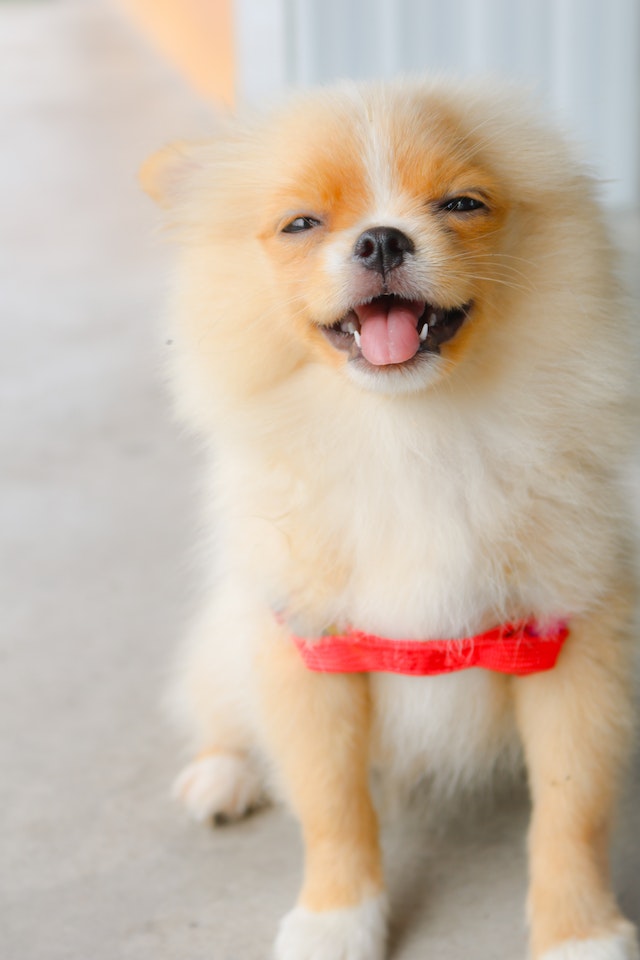
Commonly Asked Questions About Feeding Your Dog Mushrooms
Are Any Mushrooms Safe for Dogs to Eat?
Are Any Mushrooms Safe for Dogs to Eat? Pet owners might wonder if there are any specific types of mushrooms that are safe for dogs to consume without causing harm.
The answer? Yes, there are several safe mushroom species for dogs, such as white button, cremini, and shiitake mushrooms. It’s important to only offer mushrooms that are known to be non-toxic and safe for canine consumption.
Can I Give My Dog Store-Bought Mushrooms?
Can I Give My Dog Store-Bought Mushrooms? Concerns might arise about whether mushrooms purchased from grocery stores are safe for dogs, as well as any preparation tips.
Answer: Yes, you can give your dog store-bought mushrooms, but it’s crucial to ensure they are safe varieties. Avoid adding any seasonings or spices, and cook them thoroughly to improve digestibility.
What type of store-bought mushrooms should I look for? There are several safe mushroom species for dogs, such as white button, cremini, and shiitake mushrooms. It’s important to only offer mushrooms that are known to be non-toxic and safe for canine consumption.
Buying Pet Supplements: A Safe Alternative to Store-Bought Mushrooms
You can also buy a supplement with mushrooms in it for your pets. This makes it easier to provide your dog with the right amount of mushrooms, and you know that the types of mushrooms are safe and healthy for your dog.
Our personal favorite brand of mushrooms for dogs is from Fera Pet Organics. You can read more about their products here.
What Health Benefits Do Mushrooms Offer Dogs?
Mushrooms can offer a range of health benefits for dogs, including immune system support, anti-inflammatory properties, improved digestion, and contributions to overall nutrient intake.
How Do I Identify Toxic Mushrooms?
Identifying toxic mushrooms can be challenging, as many toxic and safe species look similar. It’s best to avoid wild mushrooms altogether and consult local resources or experts to ensure your dog’s safety.
Are Mushroom Supplements Safe for Dogs?
Fera Pet Mushroom Supplements can be safe for dogs when used as directed.
These supplements are specially formulated to provide specific health benefits for pets.
However, before adding any new supplement, including Fera Pet Mushroom Supplements, to your dog’s diet, it’s crucial to consult your veterinarian to ensure they are appropriate for your dog’s individual health needs. Your vet can provide personalized guidance on dosage and usage based on your dog’s health status.
Can Mushrooms Help with My Dog’s Allergies?
Certain mushrooms contain compounds that might help alleviate allergy symptoms in dogs. However, individual responses can vary, and it’s essential to consult your veterinarian before using mushrooms to address allergies.
What’s the Proper Way to Introduce Mushrooms to My Dog’s Diet?
Introduce mushrooms gradually, starting with small amounts to assess your dog’s tolerance. Cook them thoroughly to improve digestibility, and avoid adding any seasonings or spices that could be harmful.
Are Wild Mushrooms Okay for Dogs to Eat?
It’s highly recommended to avoid allowing dogs to consume wild mushrooms, as many wild species are toxic and can pose serious health risks. Stick to safe, cultivated mushrooms instead.
Can Mushrooms Help My Aging Dog’s Health?
Some mushrooms contain compounds that may support joint health, immune function, and overall well-being in aging dogs. Consulting your veterinarian about incorporating mushrooms into your senior dog’s diet is advisable.
Always remember, the best source of information is your veterinarian, who can provide personalized guidance based on your dog’s individual needs and health status.
The Benefits of Mushroom Supplements
As responsible pet owners, we’re always on the lookout for ways to give our dogs the best possible care. It’s fascinating how nature’s offerings can hold hidden treasures that contribute to our furry companions’ overall well-being. Enter mushroom supplements – a rising star in the world of canine nutrition. These unassuming fungi have been garnering attention for their potential to offer a range of benefits to our dogs.
From bolstering their immune systems and supporting joint health to providing relief from allergies and anxiety, mushroom supplements are a topic worth exploring.
Immune System Support
Mushroom supplements can contain immune-boosting compounds like beta-glucans, which help enhance your dog’s immune response and overall immune system health.
Anti-Inflammatory Properties
Many mushroom varieties have natural anti-inflammatory properties that can aid in managing conditions like arthritis and other inflammatory issues in dogs.
Digestive Health
Certain mushrooms are rich in prebiotics, promoting the growth of beneficial gut bacteria and improving digestion, leading to a healthier digestive tract for your dog.
Allergy Relief
Some mushroom species contain compounds that might help alleviate allergy symptoms in dogs, providing relief from itchiness, skin irritation, and other allergic reactions.
Joint Health and Mobility
Mushroom supplements can contribute to improved joint health and mobility, making them especially beneficial for senior dogs or those prone to joint issues.
Cancer Support
Certain mushroom compounds have shown potential in supporting dogs with cancer by exerting anti-tumor effects and aiding in immune modulation.
Healthy Coat and Skin
Mushroom supplements can contribute to a shinier coat and healthier skin by providing essential nutrients and antioxidants that promote skin health.
Antioxidant Protection
Mushrooms are rich in antioxidants, which help combat oxidative stress and support overall cellular health in dogs.
Stress and Anxiety Relief
Some mushroom species contain compounds that might have calming effects on dogs, helping to alleviate stress and anxiety in certain situations.
Vitality and Well-Being
The combined benefits of mushroom supplements contribute to your dog’s overall vitality and well-being, ensuring they lead a healthier, happier life.
How to Choose a Mushroom Supplement for Dogs
When it comes to selecting a mushroom supplement for your dog, making an informed choice is essential to ensure your furry friend’s health and well-being.
To navigate the sea of options, start by looking for products that are specifically formulated for pets.
Sourcing and Ingredients that are High Quality
Opt for supplements made from high-quality, organic mushrooms sourced from reputable suppliers. It’s important to choose supplements that utilize the fruiting bodies of mushrooms, as they contain the most beneficial compounds like Beta glucans.
Transparency in Labels
Check for transparency in labeling, including information about the specific mushroom species included in the supplement.
Tested for Purity and Potency
Prioritize supplements that have been tested for purity and potency, with clear documentation of their beta glucan levels.
Consult with Your Veterinarian or Choose Veterinarian Approved Supplements
Finally, consult your veterinarian before introducing any new supplement into your dog’s diet to ensure it aligns with their individual health needs and conditions. By taking these steps, you’ll be well on your way to selecting a mushroom supplement that can offer genuine health benefits to your dog.
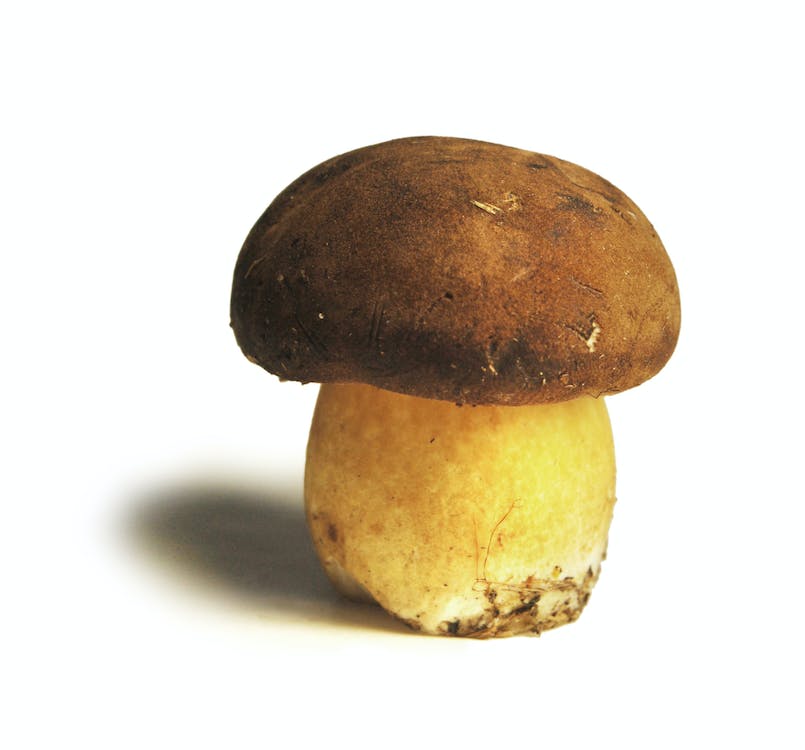
Fera Pet USDA Organic Mushrooms for Immune Support
We all know the age-old saying, “An ounce of prevention is worth a pound of cure.” That’s precisely why we’ve introduced our dogs to USDA Organic Mushroom Blend for Immune Support.
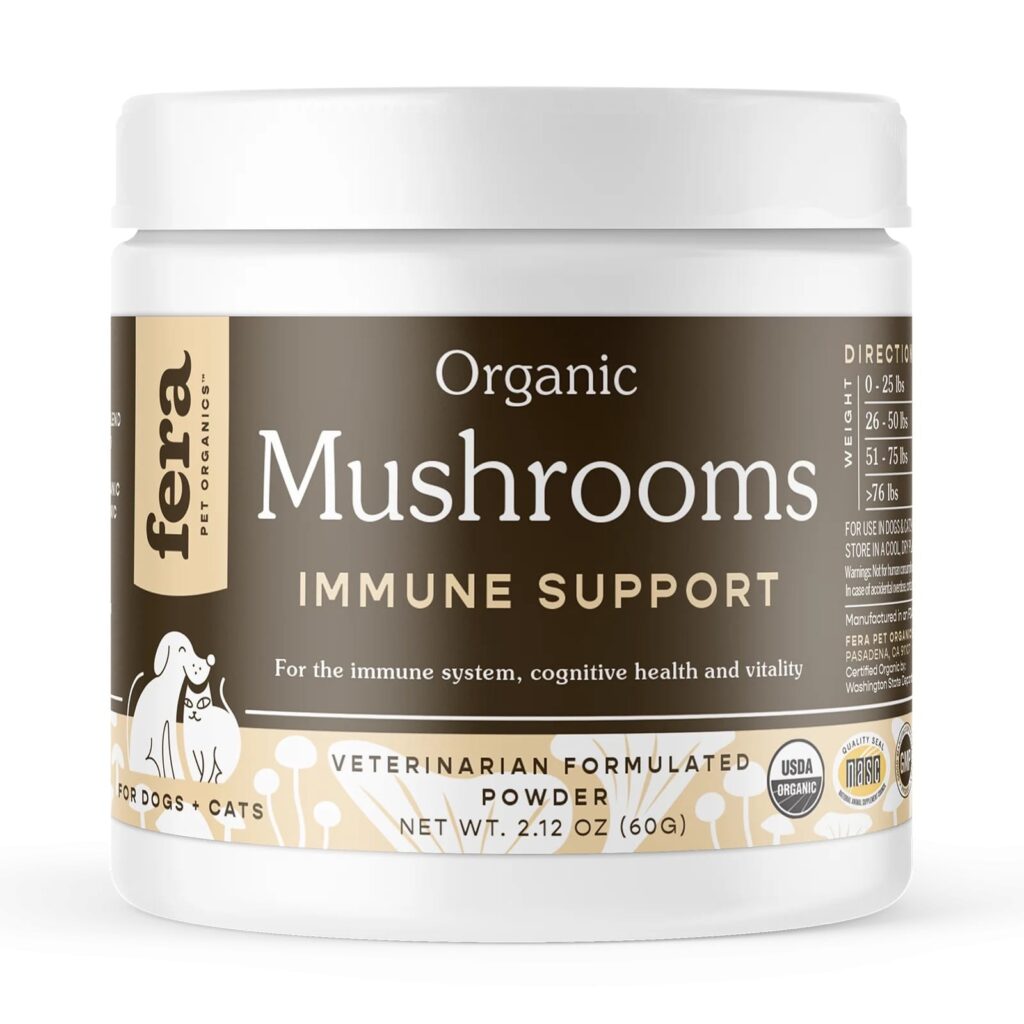
Just as we take supplements to maintain our health, our pets deserve the same care and attention. This blend of organic mushrooms has been meticulously crafted to fortify immune system function and response in dogs.
But the benefits don’t stop there – these magical mushrooms also contribute to brain health, cardiovascular function, digestive wellness, and blood sugar level normalization.
Fruiting Bodies
In the world of mushroom supplements, the term “fruting bodies” holds significant importance.
Fruiting bodies are the visible, above-ground part of the mushroom that we commonly recognize as the cap and stem. They are the reproductive structures of the mushroom, where spores are produced and released to propagate new fungi. Why does this matter? Well, when it comes to the nutritional benefits of mushrooms, fruiting bodies are where the magic happens. They contain the highest concentration of bioactive compounds, including Beta glucans, which play a crucial role in supporting the immune system.
In mushroom supplements like the USDA Organic Mushroom Blend for Immune Support, sourcing from fruiting bodies is vital to ensure optimal efficacy. These fruiting bodies house a treasure trove of nutrients and bioactive molecules that contribute to the health benefits attributed to mushrooms. Unlike mycelium-based products, which are composed of the fungal network below the soil, fruiting bodies are rich in compounds that directly influence immune modulation, anti-inflammatory properties, and overall well-being.
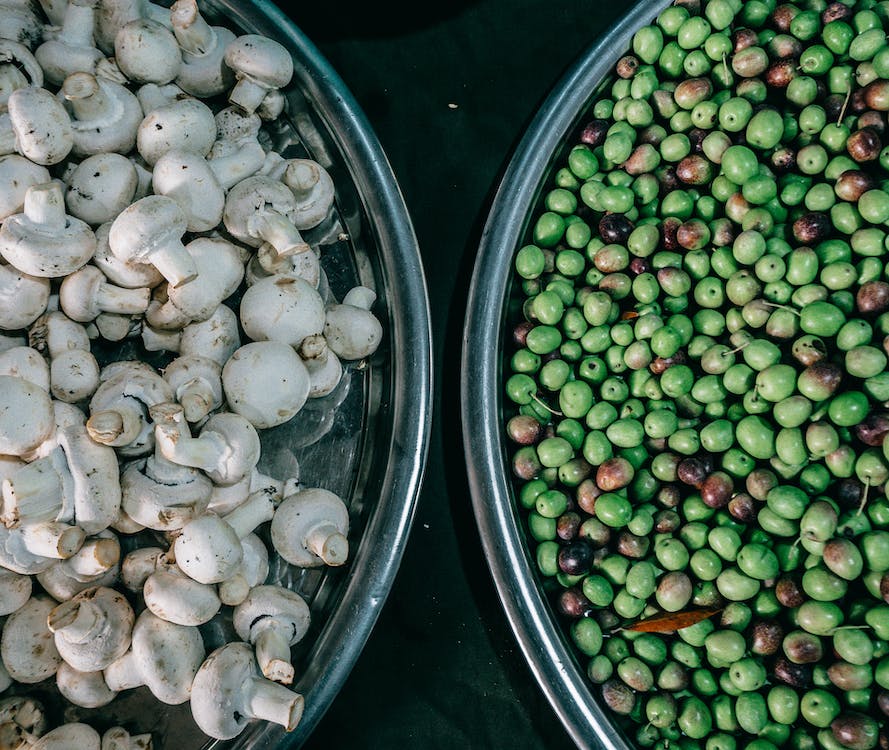
By choosing mushroom supplements that are sourced from 100% fruiting bodies, like Fera’s immune support blend, you’re ensuring that your pet receives the highest quality and most potent form of these remarkable fungi. These fruiting bodies contain the Beta glucans that play a pivotal role in enhancing your pet’s immune system function. So, when selecting a mushroom supplement for your beloved furry friend, remember that the source of the mushrooms matters – and fruiting bodies are where the true magic resides.
Unveiling the Power of β-Glucan in Mushroom Supplements
When delving into the realm of mushroom supplements, one term that stands out for its significance is “β-Glucan.” This seemingly complex term holds the key to unlocking the remarkable benefits that mushrooms offer, especially in terms of immune support. β-Glucan is a type of polysaccharide, a complex sugar molecule, that plays a pivotal role in bolstering immune responses.
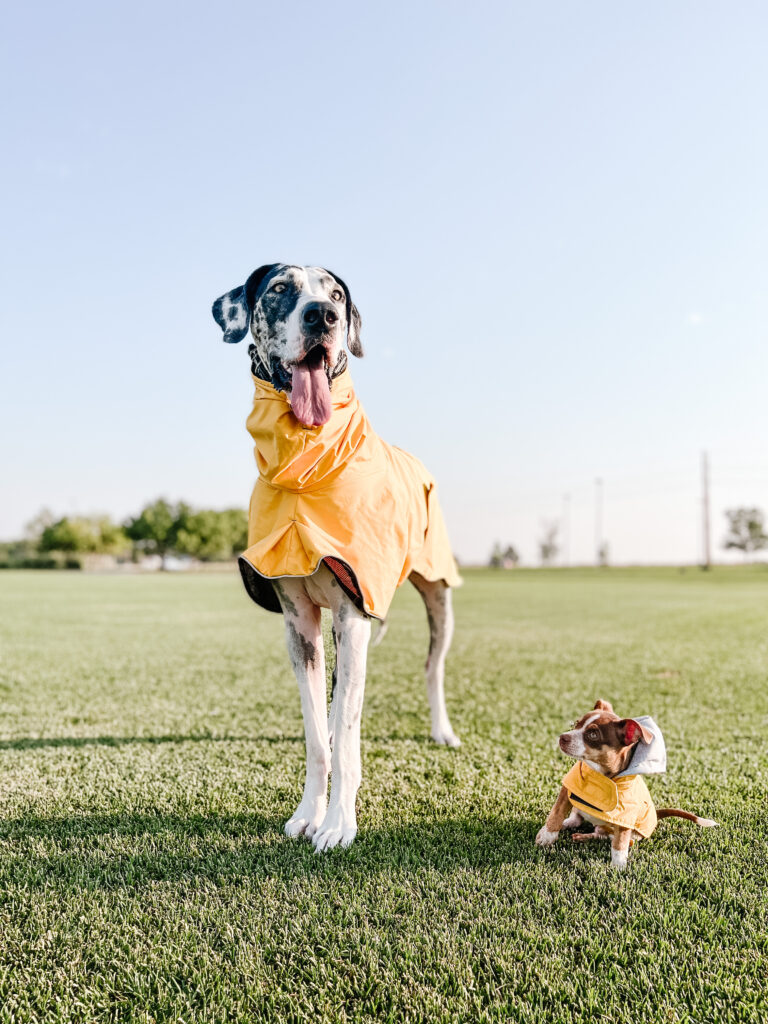
In the context of mushroom supplements like our USDA Organic Mushroom Blend for Immune Support, β-Glucan is the star player that contributes to their immune-boosting prowess. Research reveals that β-Glucan is a potent stimulator of the immune system, effectively enhancing the body’s defense mechanisms. But that’s not all – some studies even suggest that β-Glucan might possess properties that could aid in the fight against cancer.
However, here’s where the story gets interesting: not all mushrooms contain ample levels of β-Glucan. This is where the choice of mushrooms and sourcing becomes critical. At Fera, they leave no room for uncertainty. Their mushrooms undergo rigorous testing to measure their β-Glucan levels, ensuring that each jar of their immune support blend is brimming with the efficacy and quality you can trust.
So, when you choose a mushroom supplement, consider the presence of β-Glucan as a vital factor. This powerful component serves as a bridge between nature’s gifts and your pet’s well-being, ensuring they receive the immune-boosting benefits that mushrooms uniquely offer.
Making a Decision: Dangerous or Desirable?
As we wrap up our exploration into the world of mushroom supplements, it’s clear that these unassuming fungi hold a treasure trove of benefits for our beloved furry companions.
From immune system support to brain health, cardiovascular function, and more, the potential advantages of mushroom supplements are as diverse as the canine companions they’re designed to enhance.
By understanding the importance of factors like fruiting bodies and β-Glucan content, you’re equipped to make informed choices that contribute to your pet’s well-being. Remember, just as we strive to maintain our health, our pets deserve the same level of care and attention.
By introducing USDA Organic Mushroom Blend for Immune Support into their routine, you’re not only embracing the power of nature’s bounty but also investing in the vitality and longevity of your cherished four-legged friend. With each scoop of this potent blend, you’re nurturing a healthier, happier, and more vibrant life for your pet – a true testament to the wonders that the world of mushrooms can bring to our pets’ lives.
